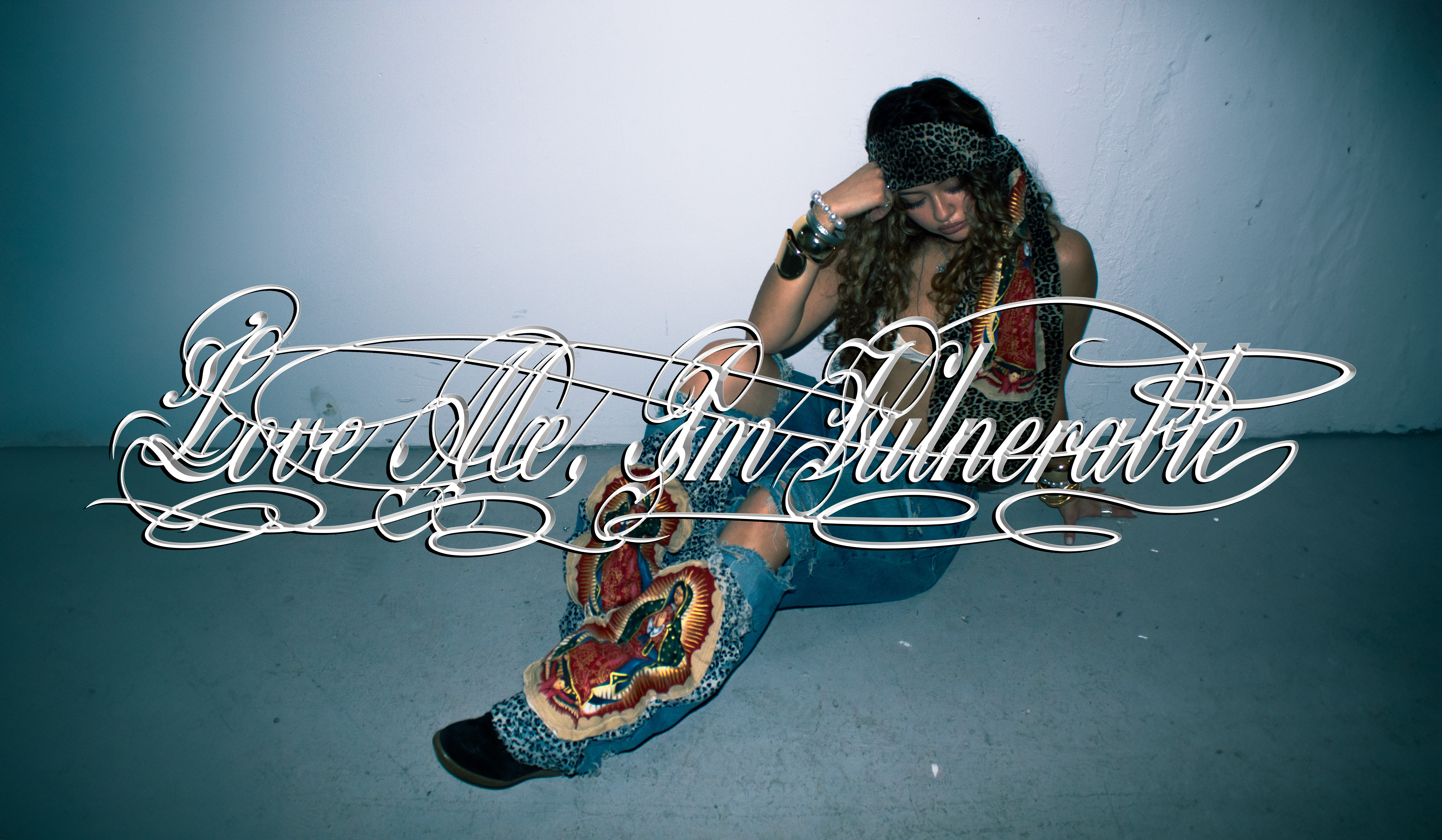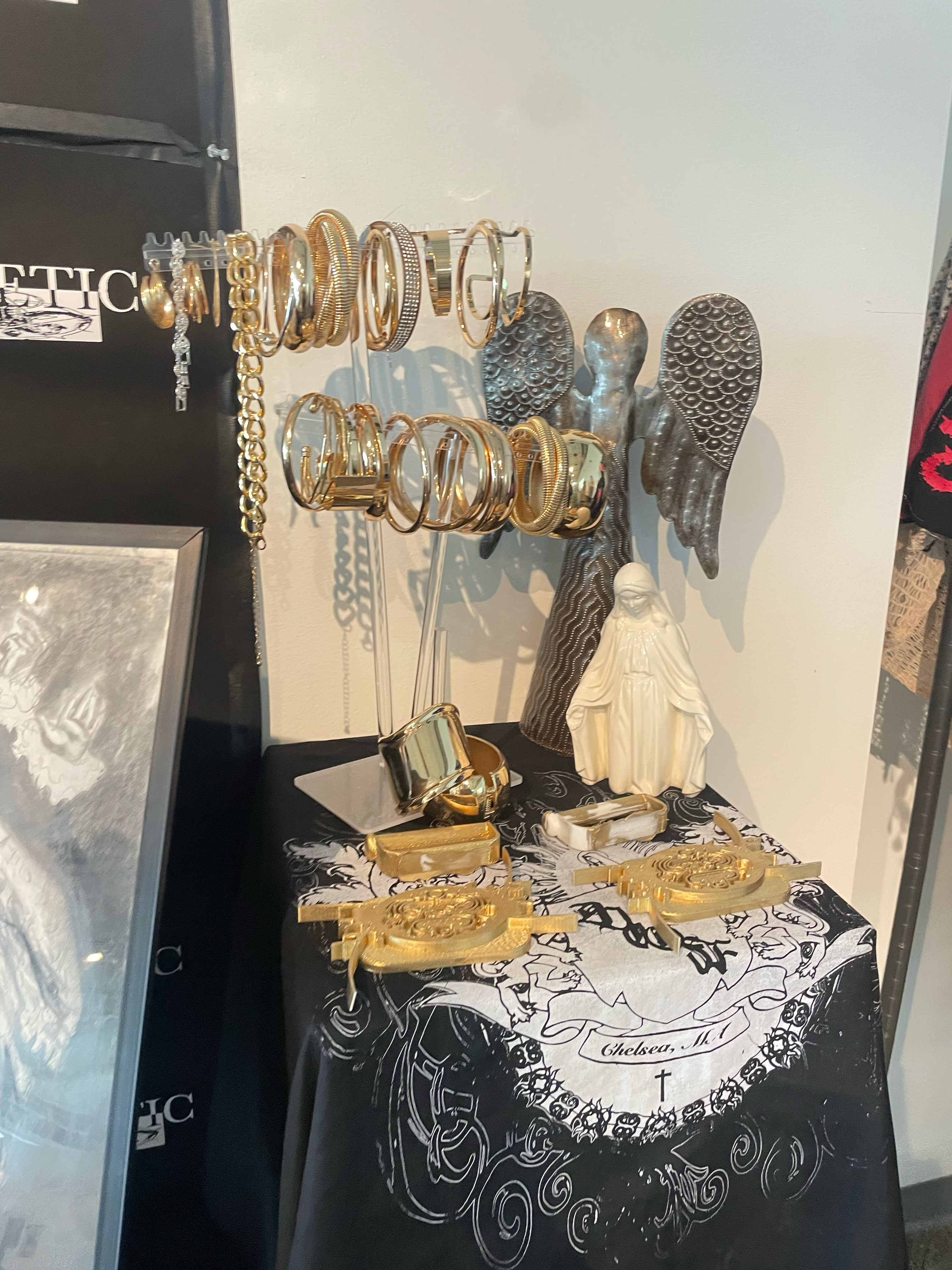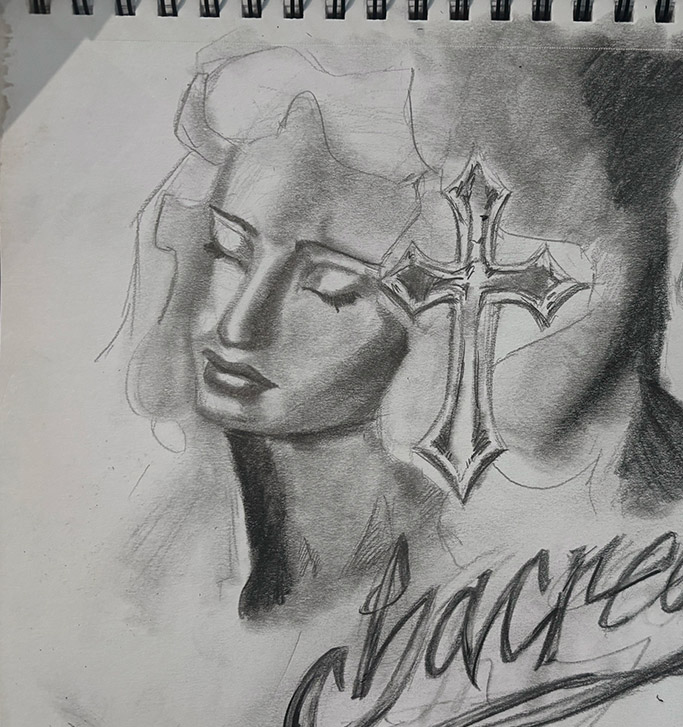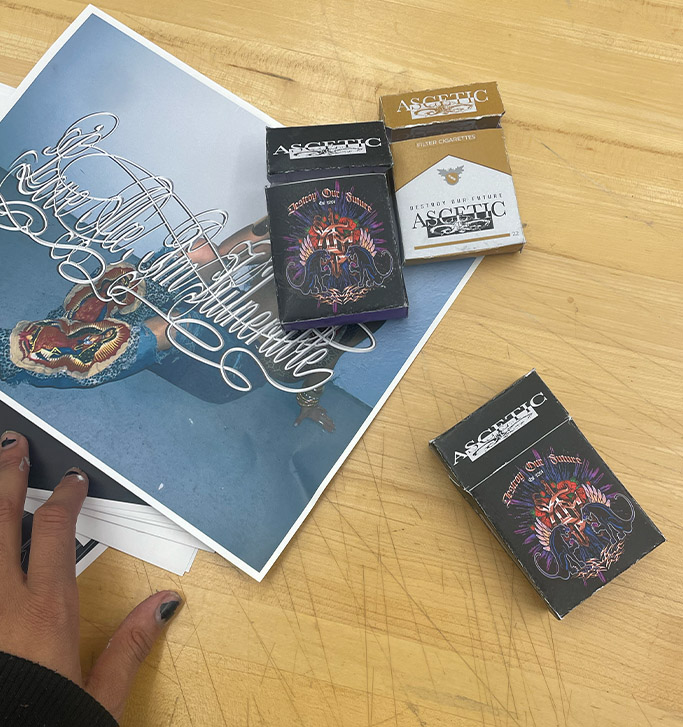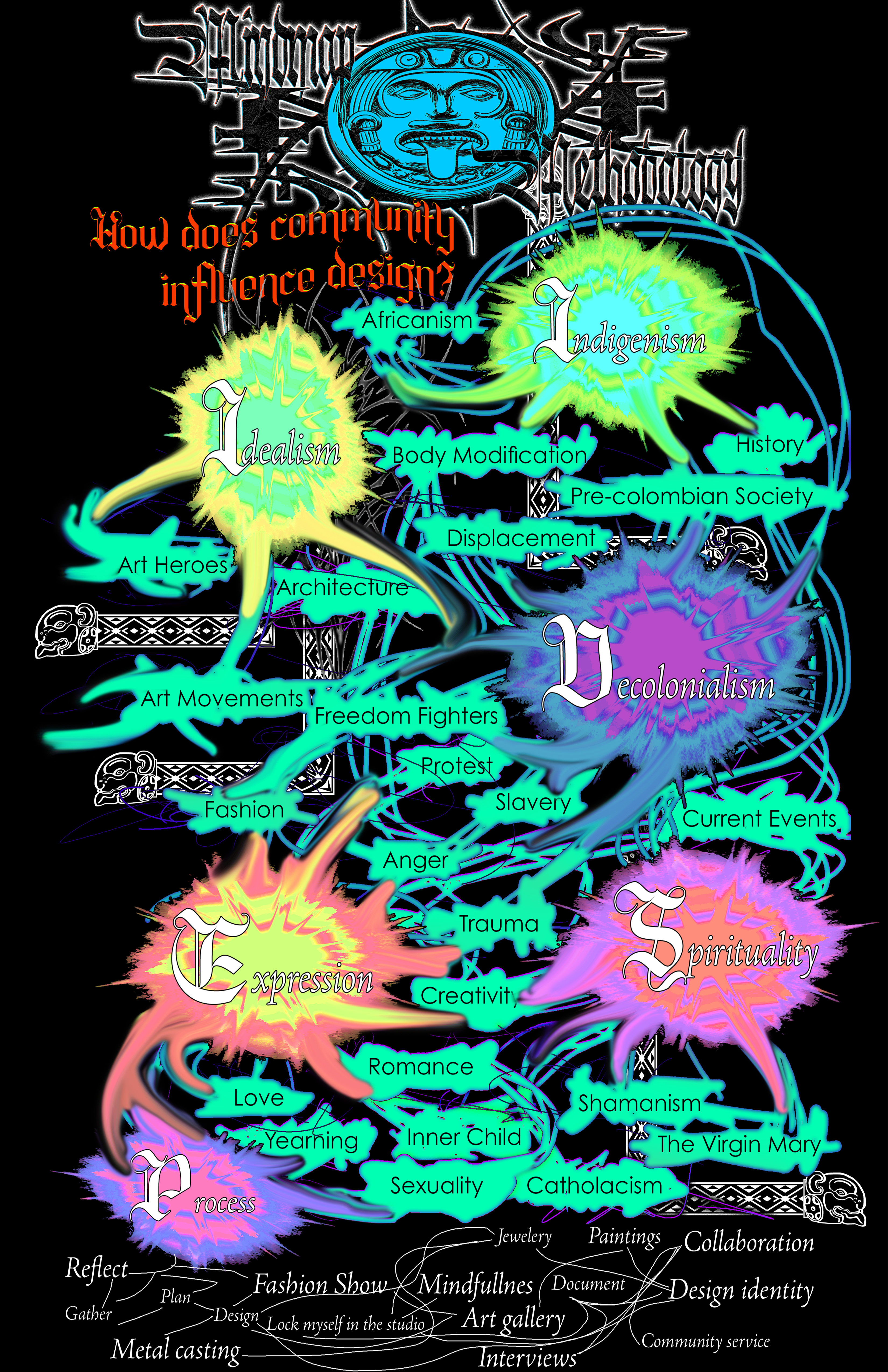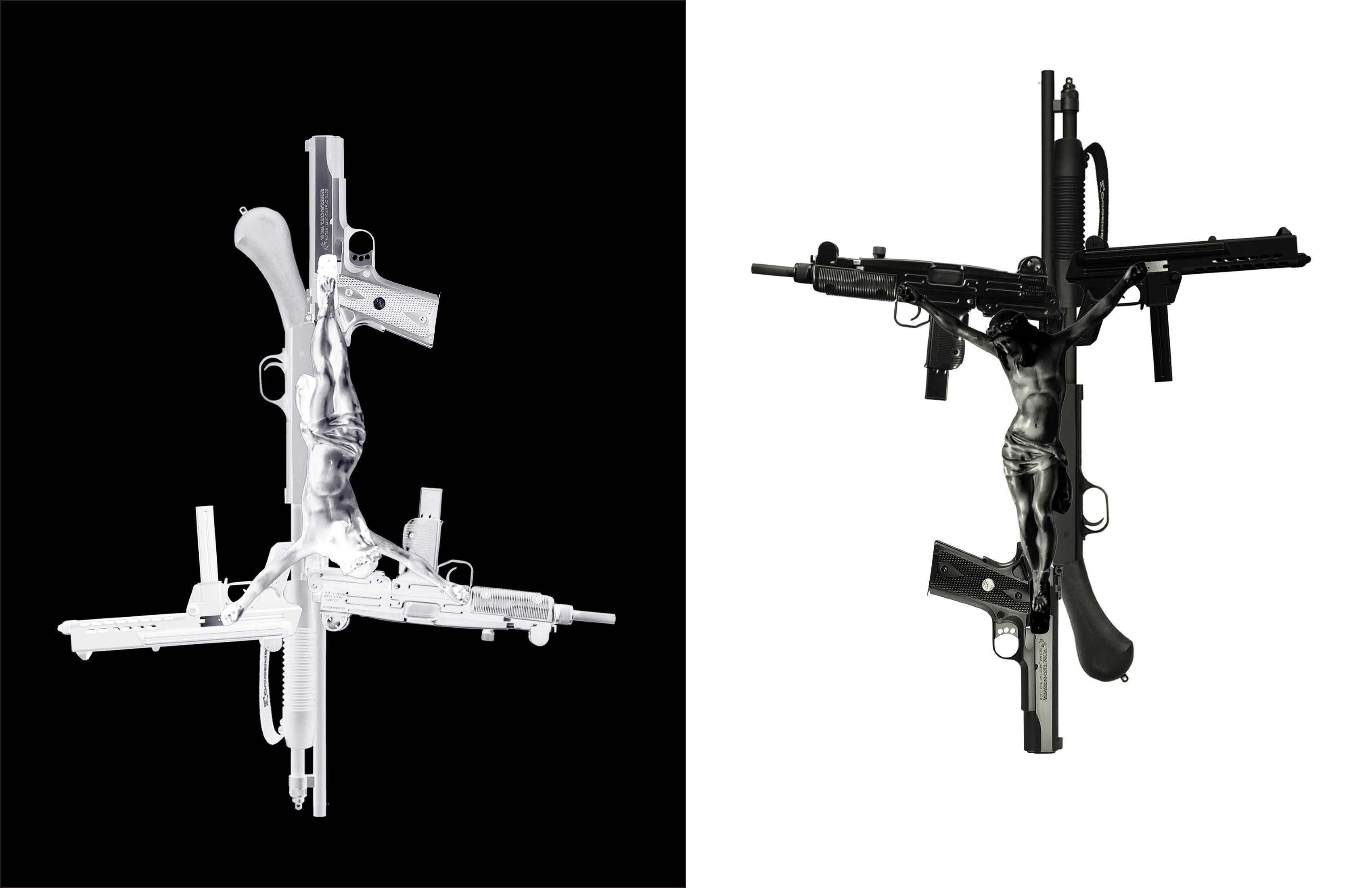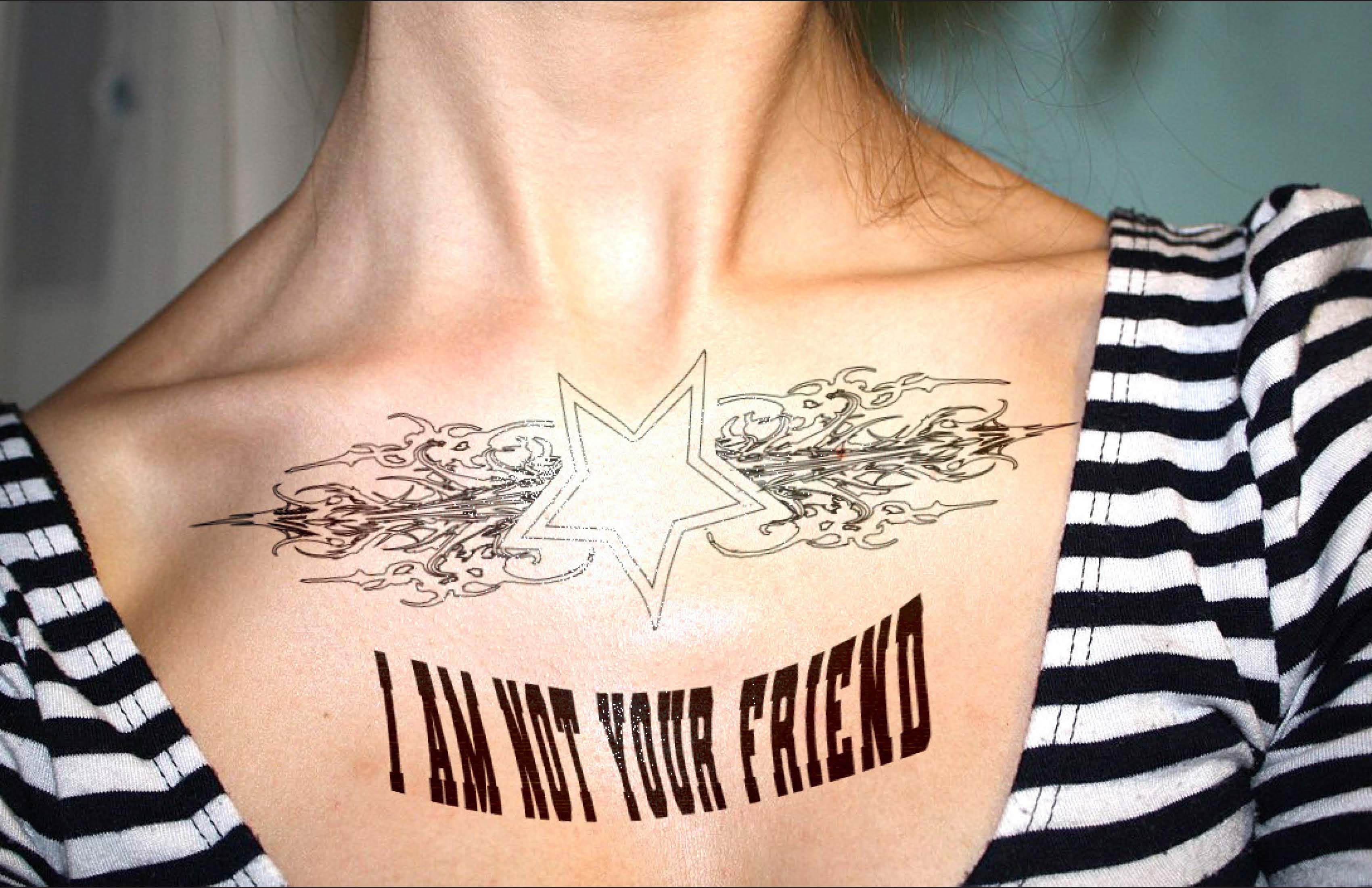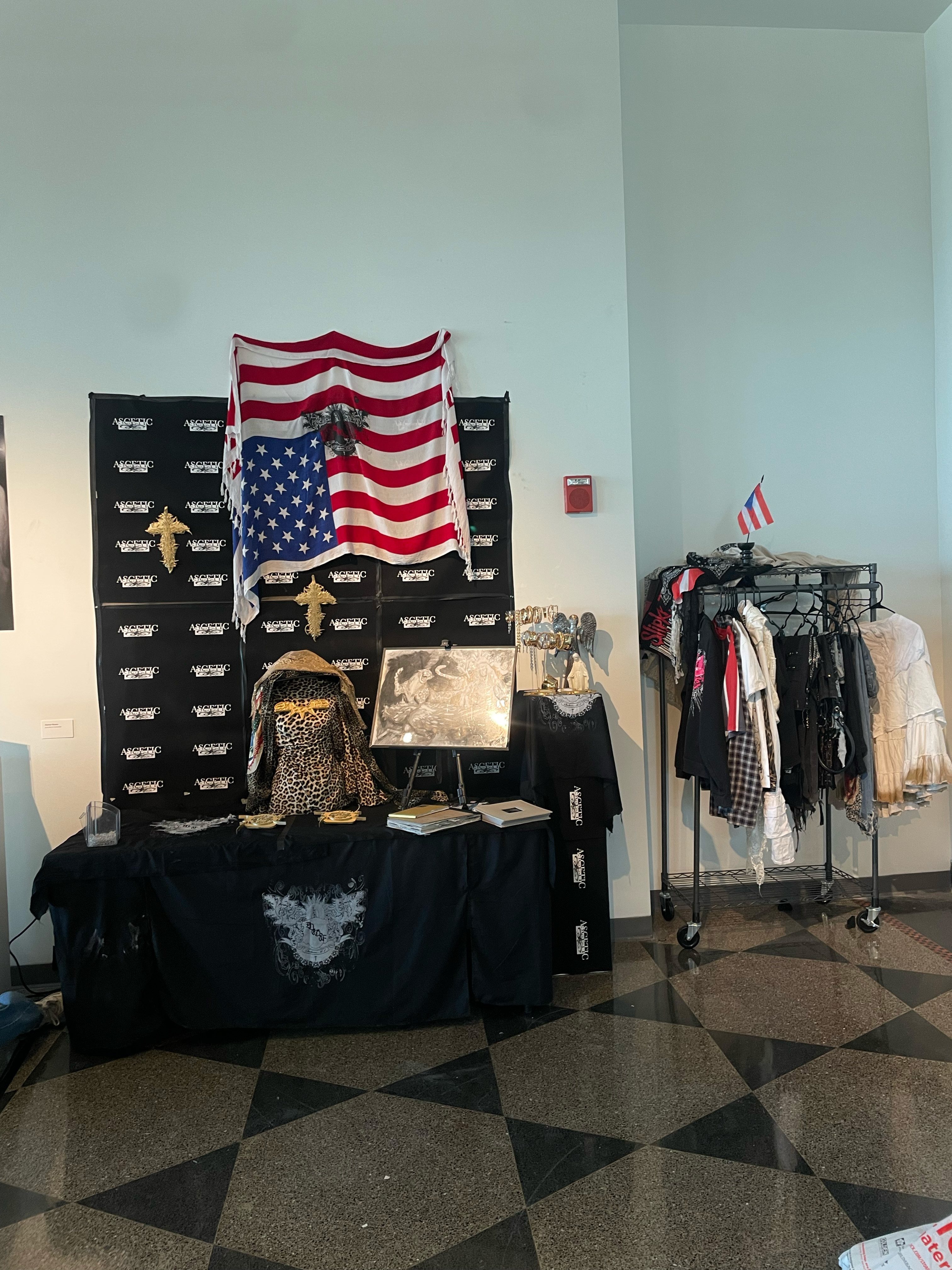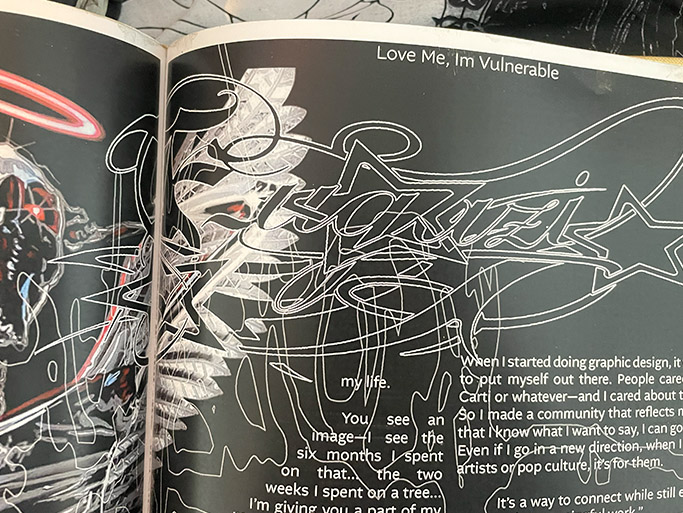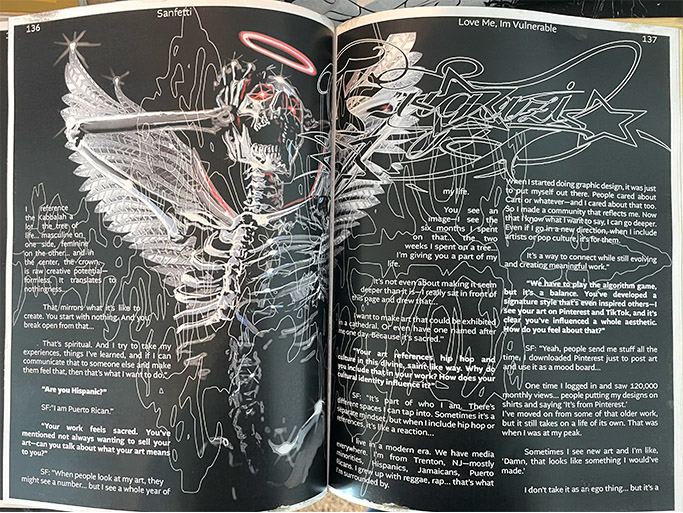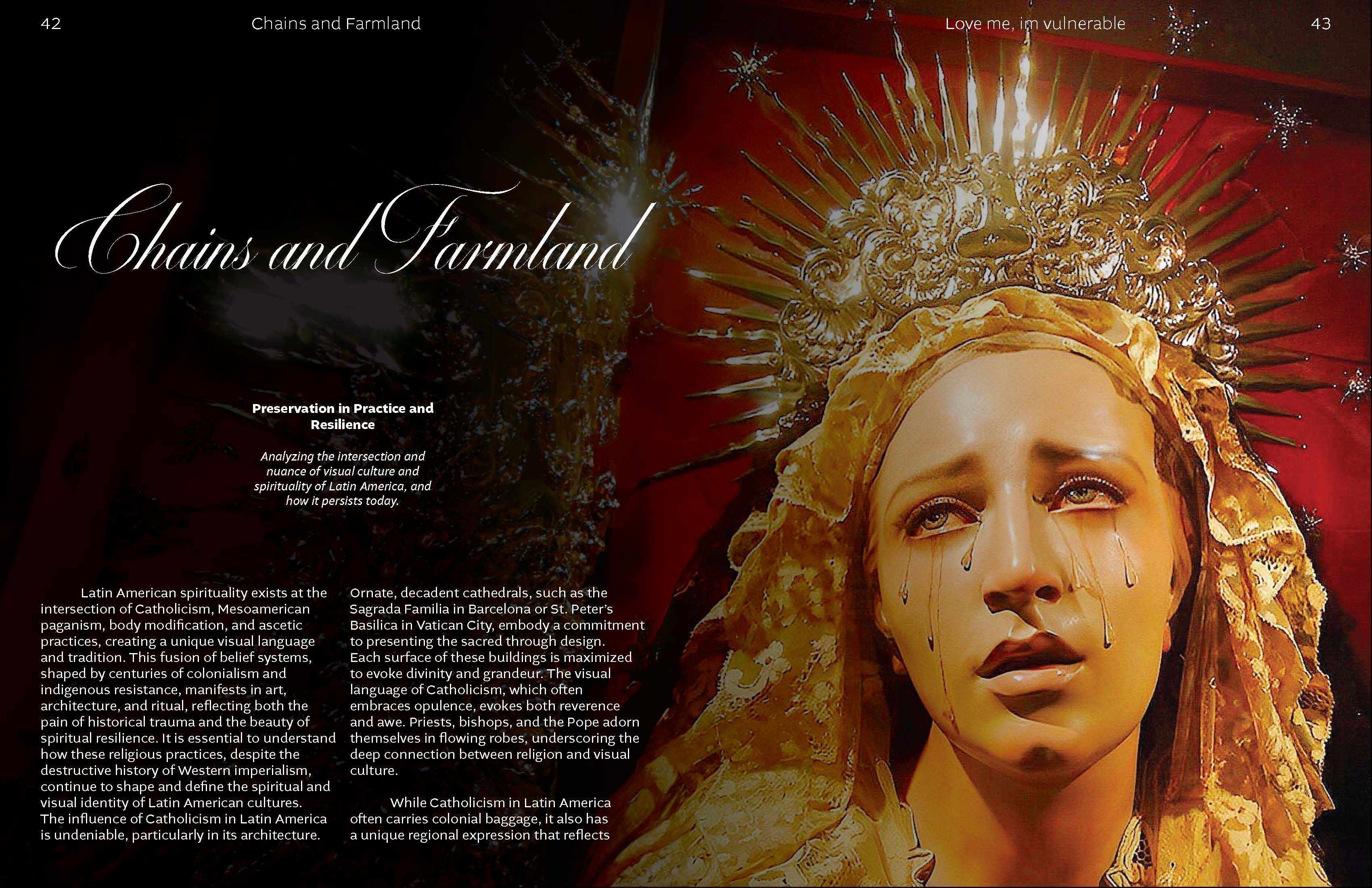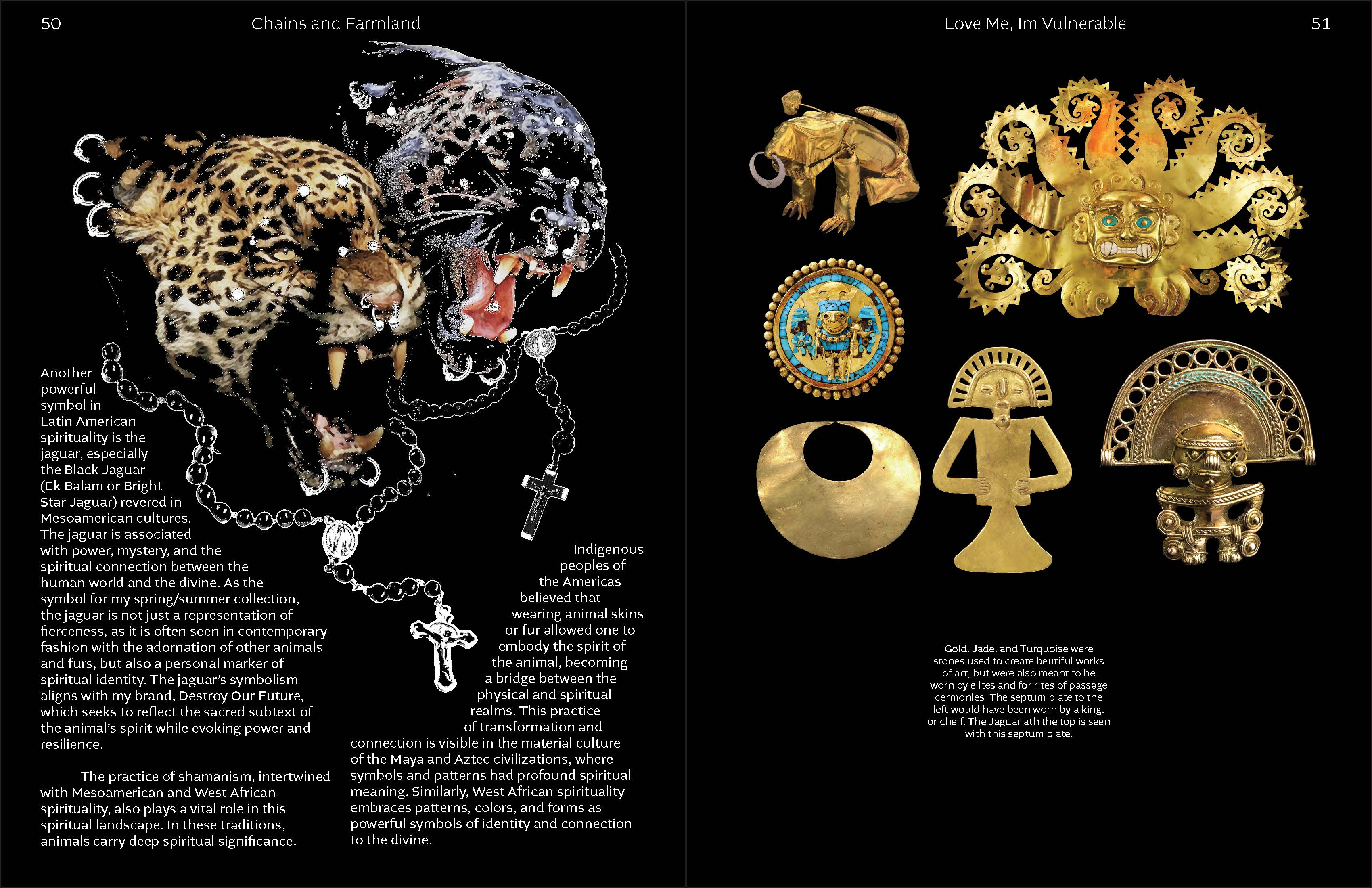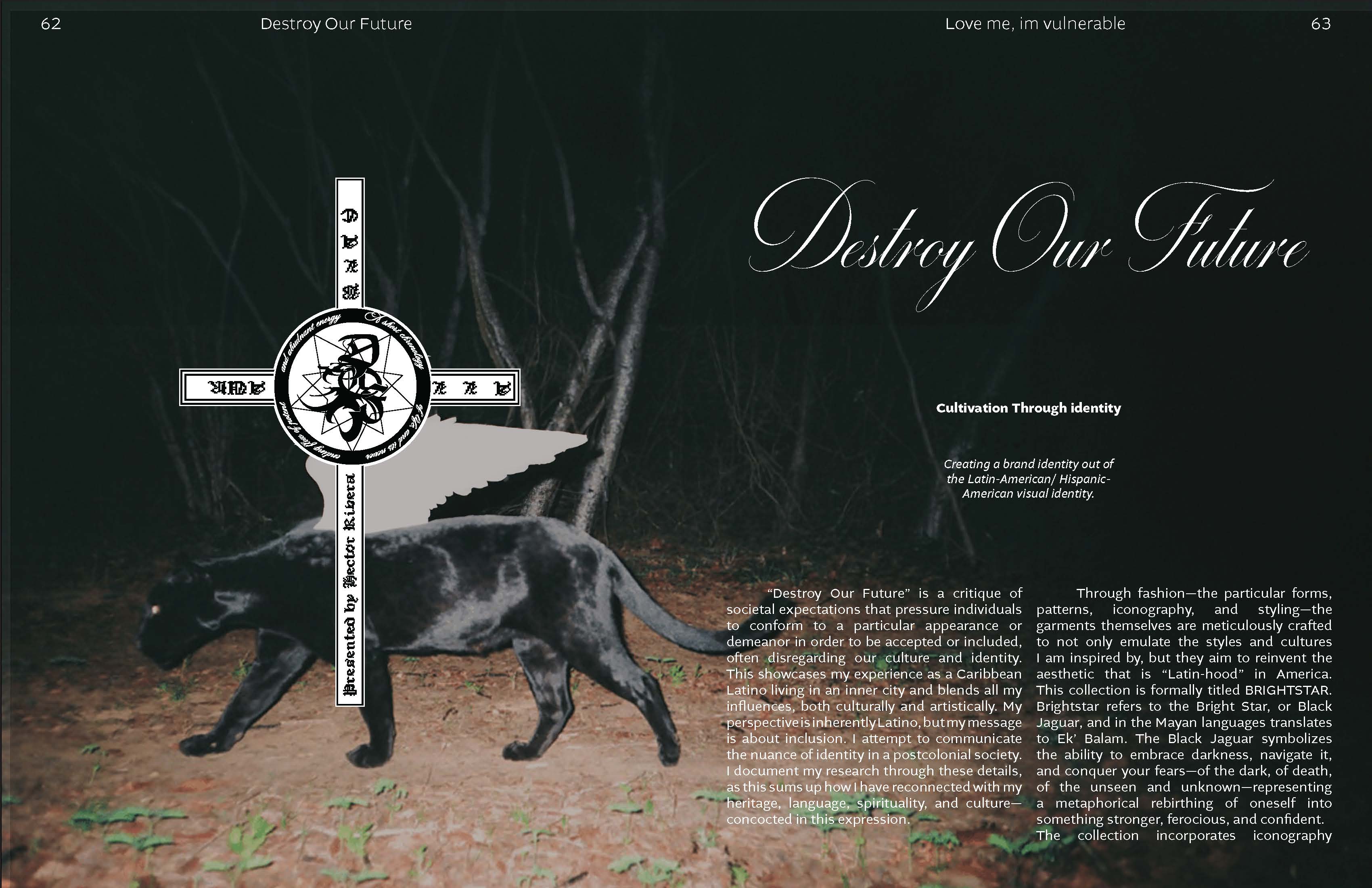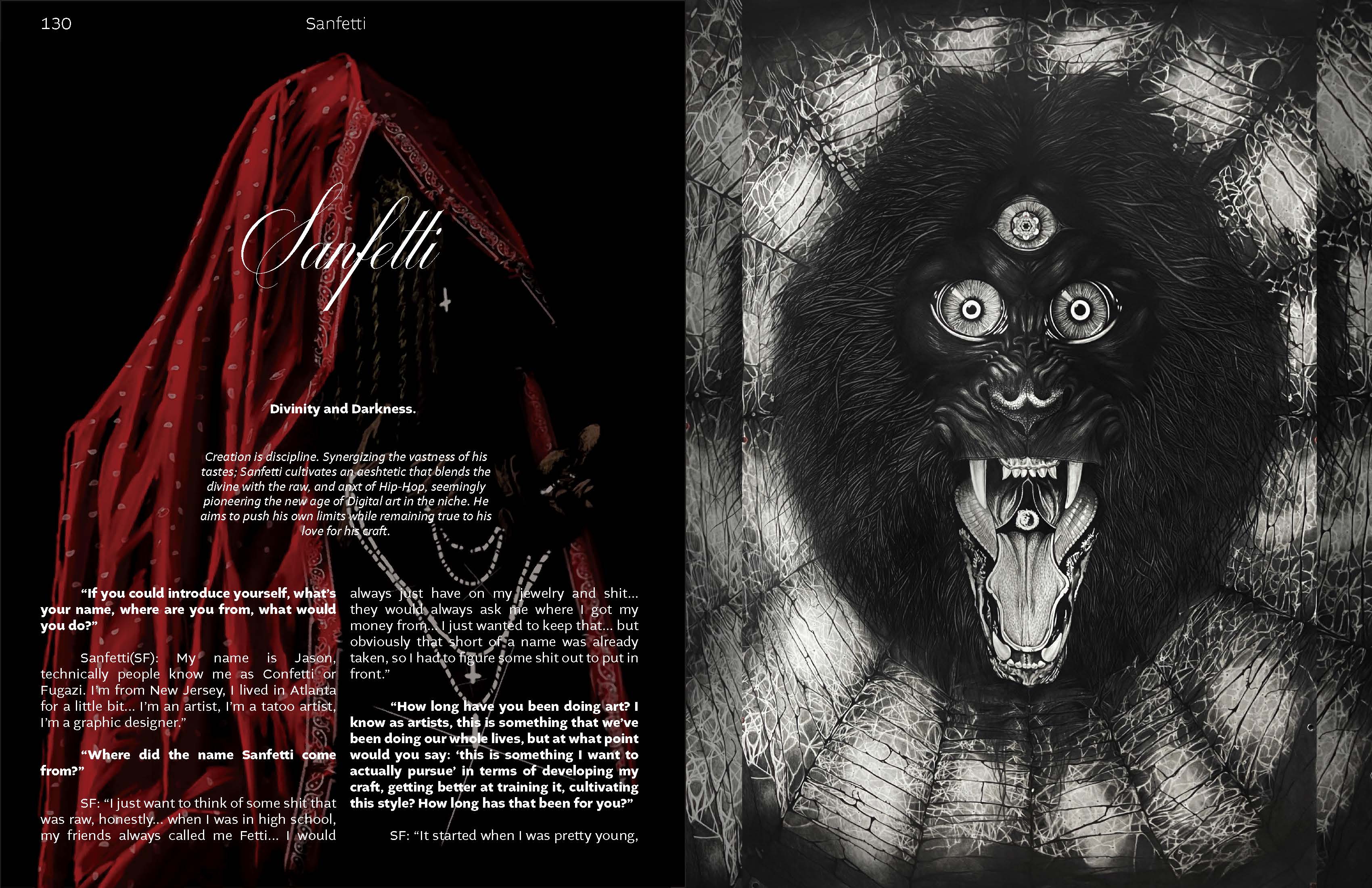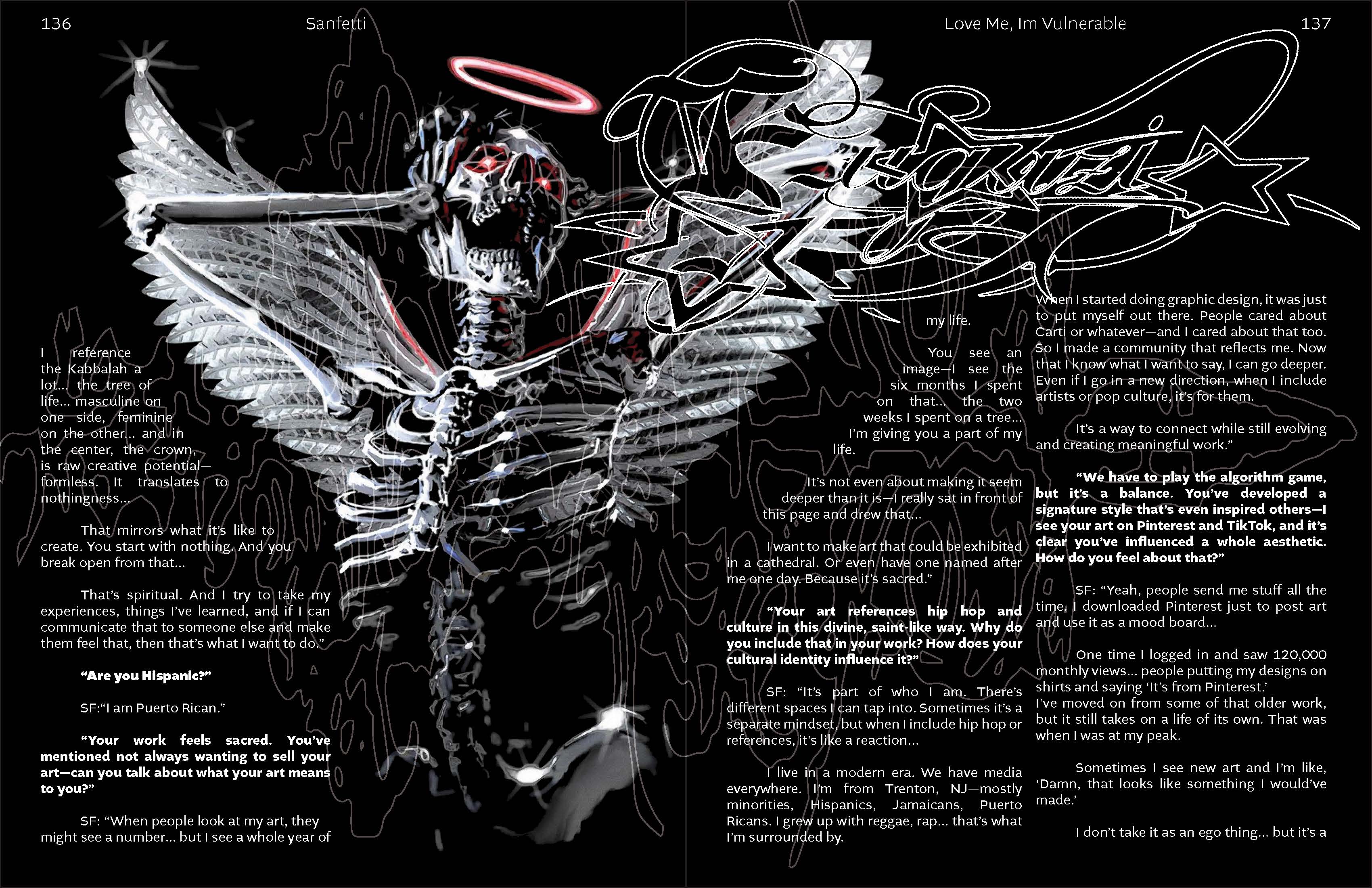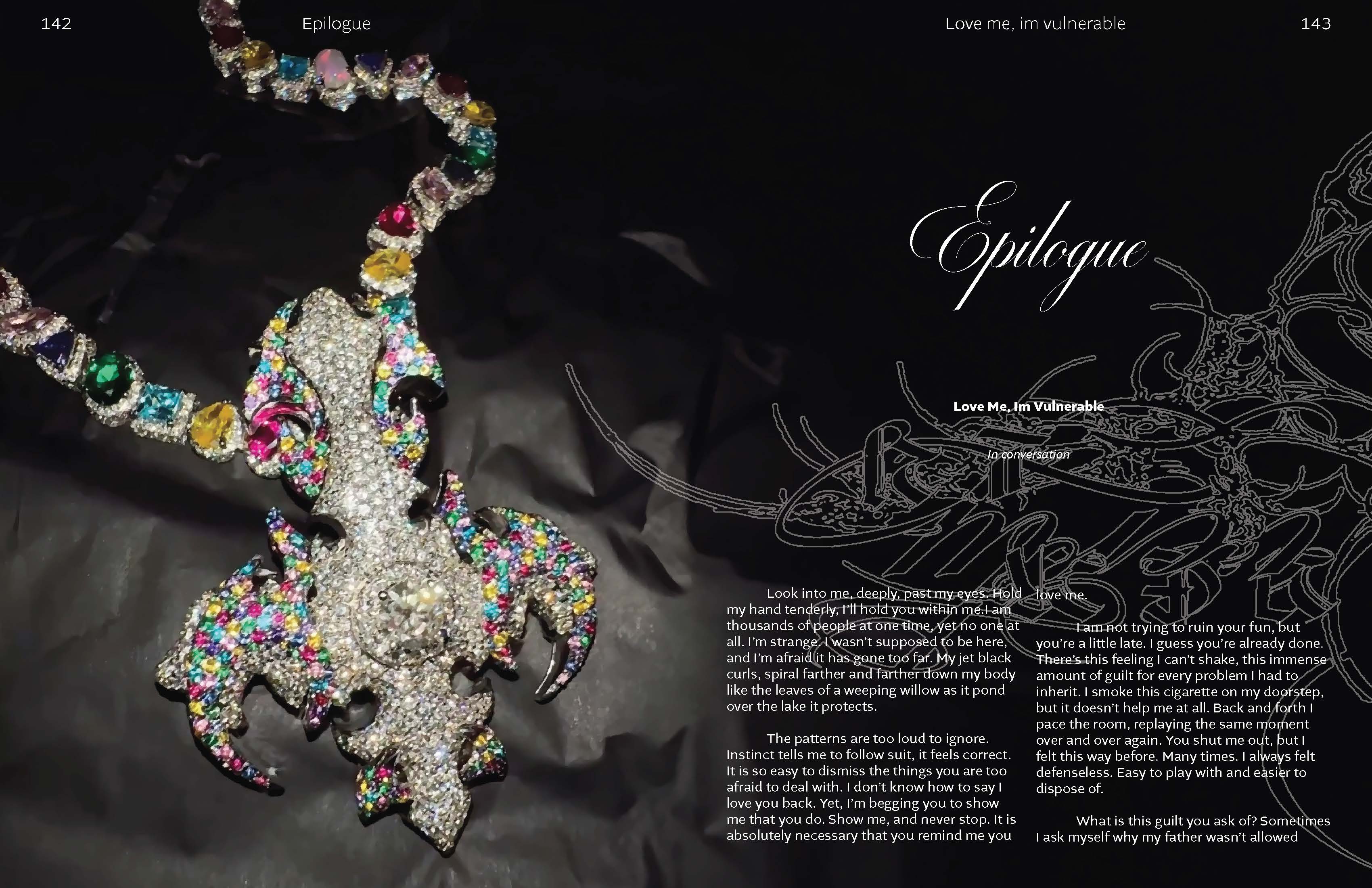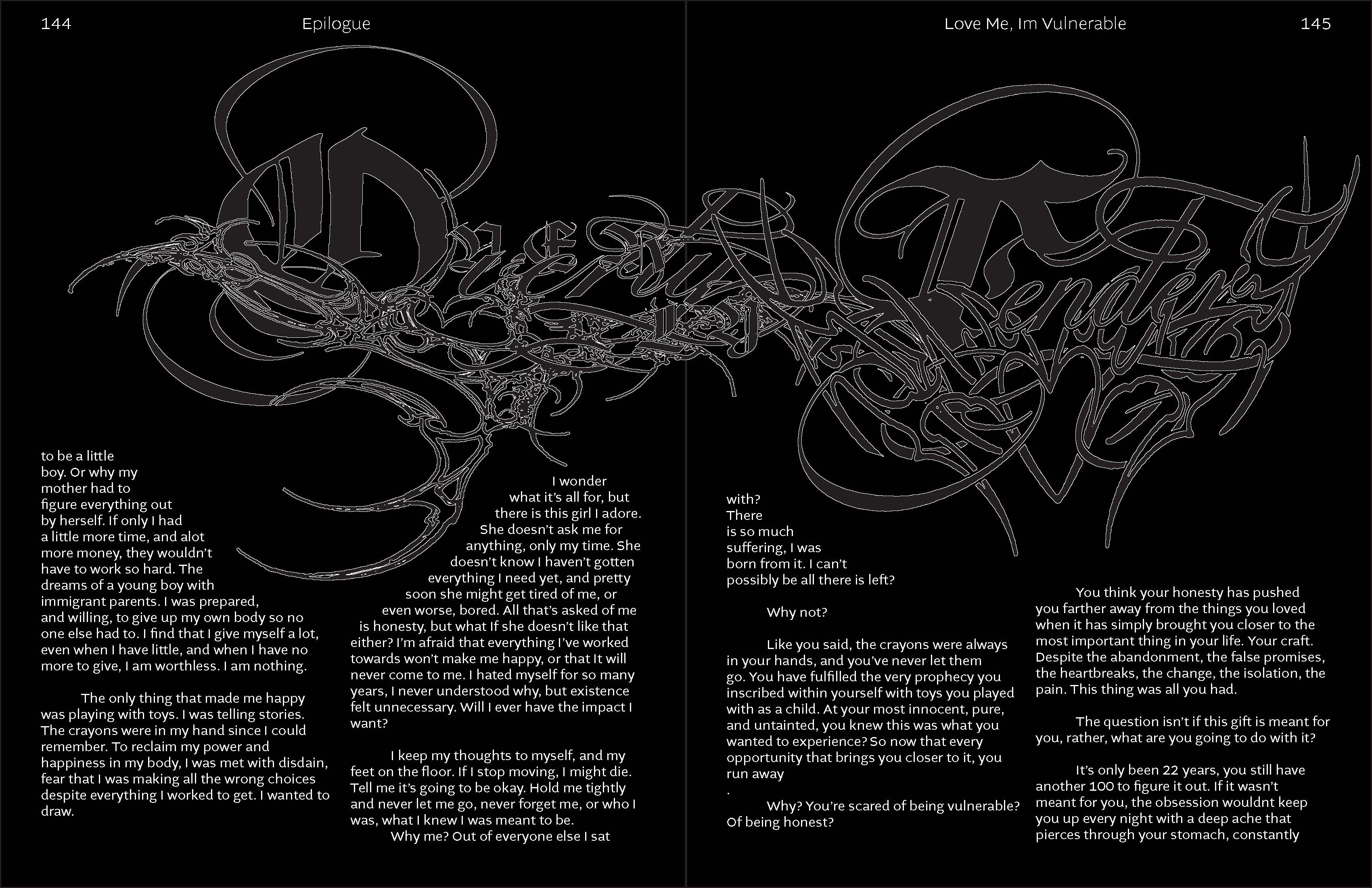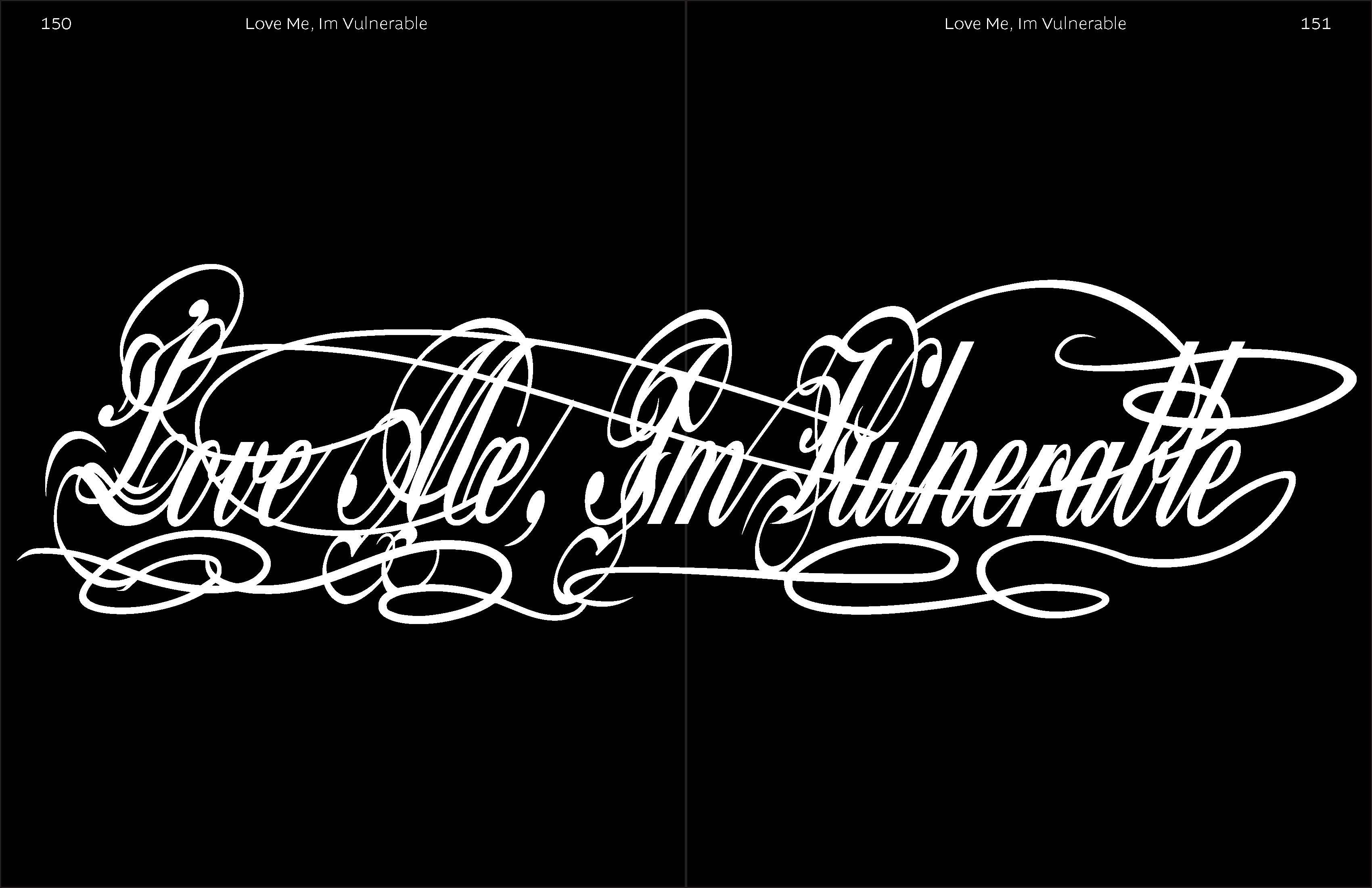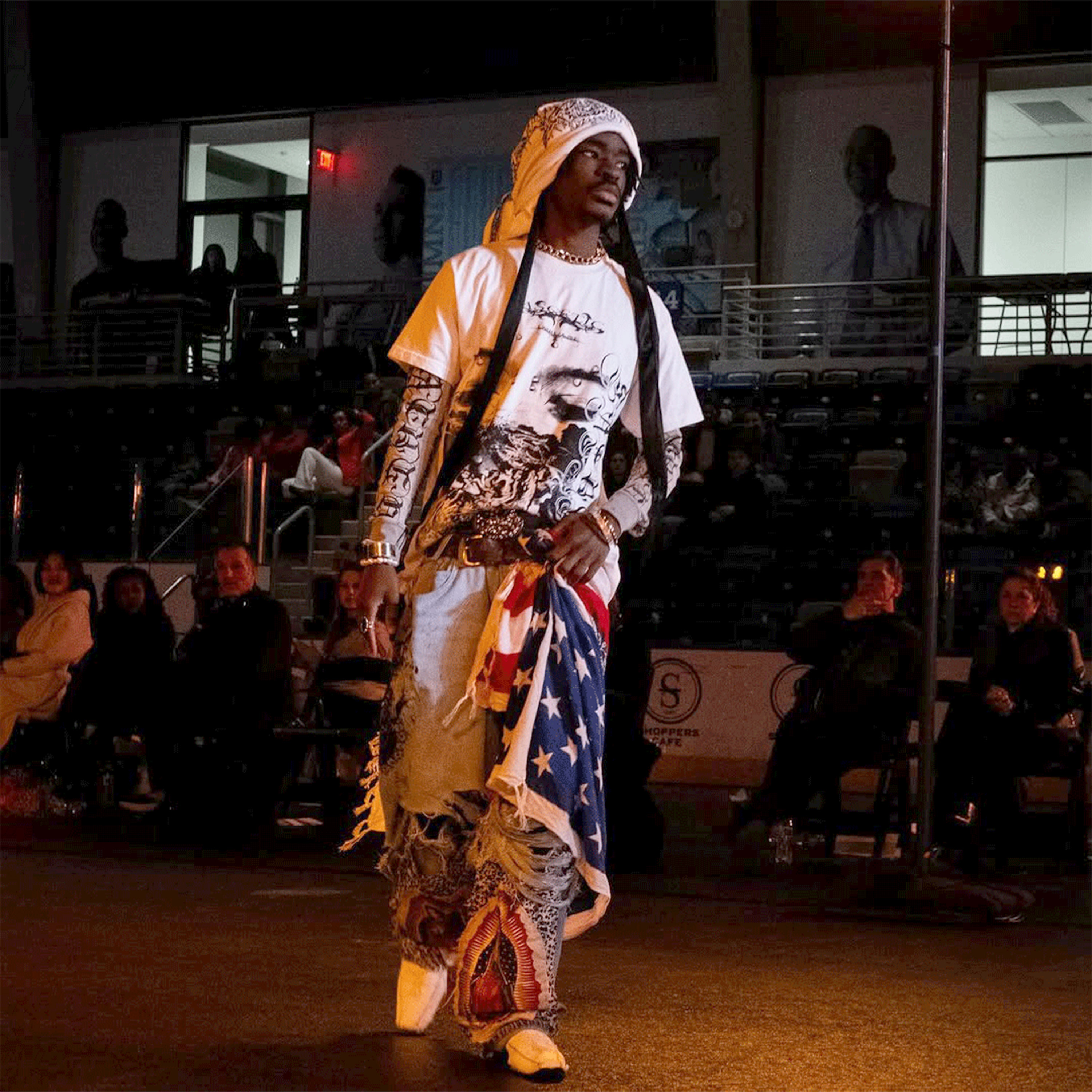
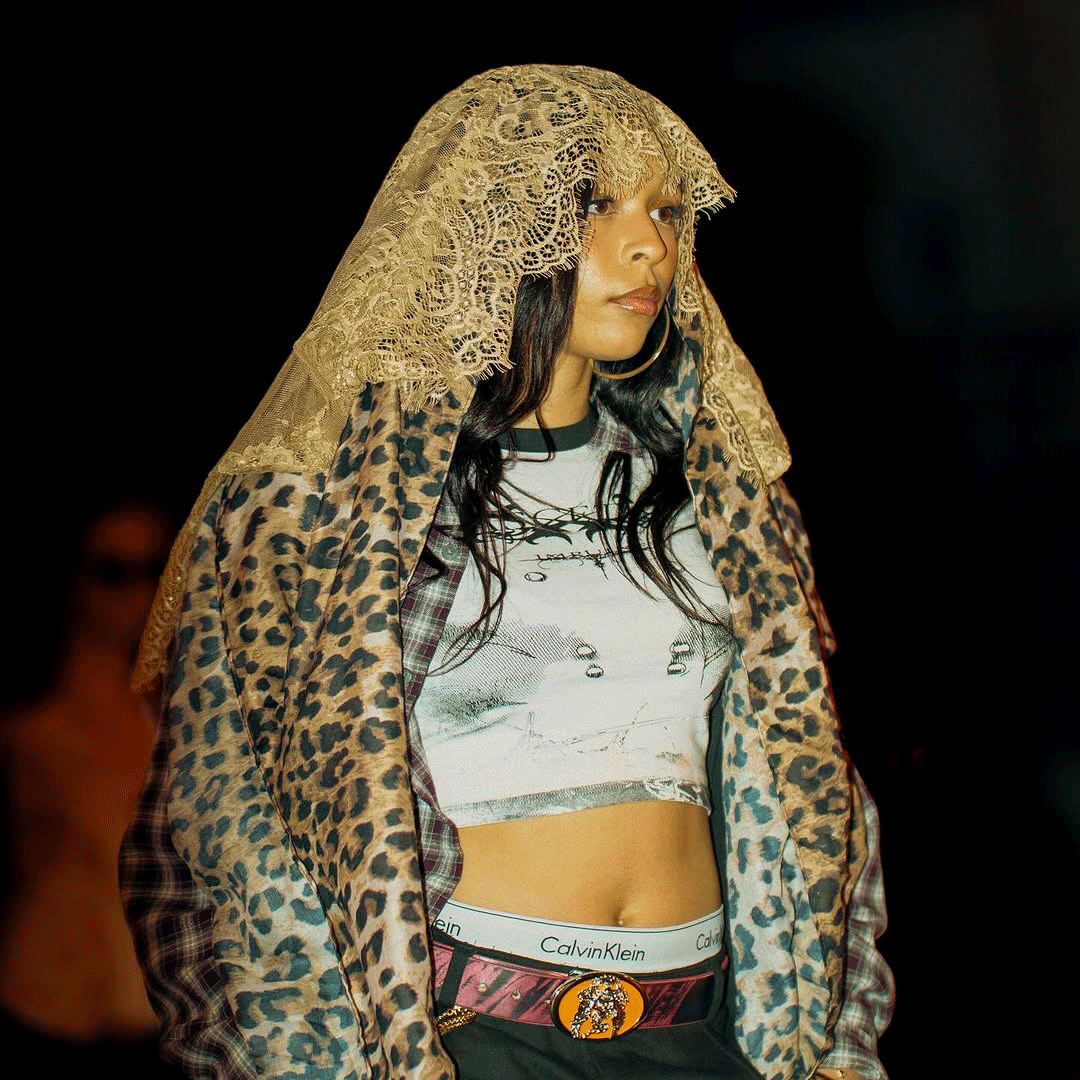
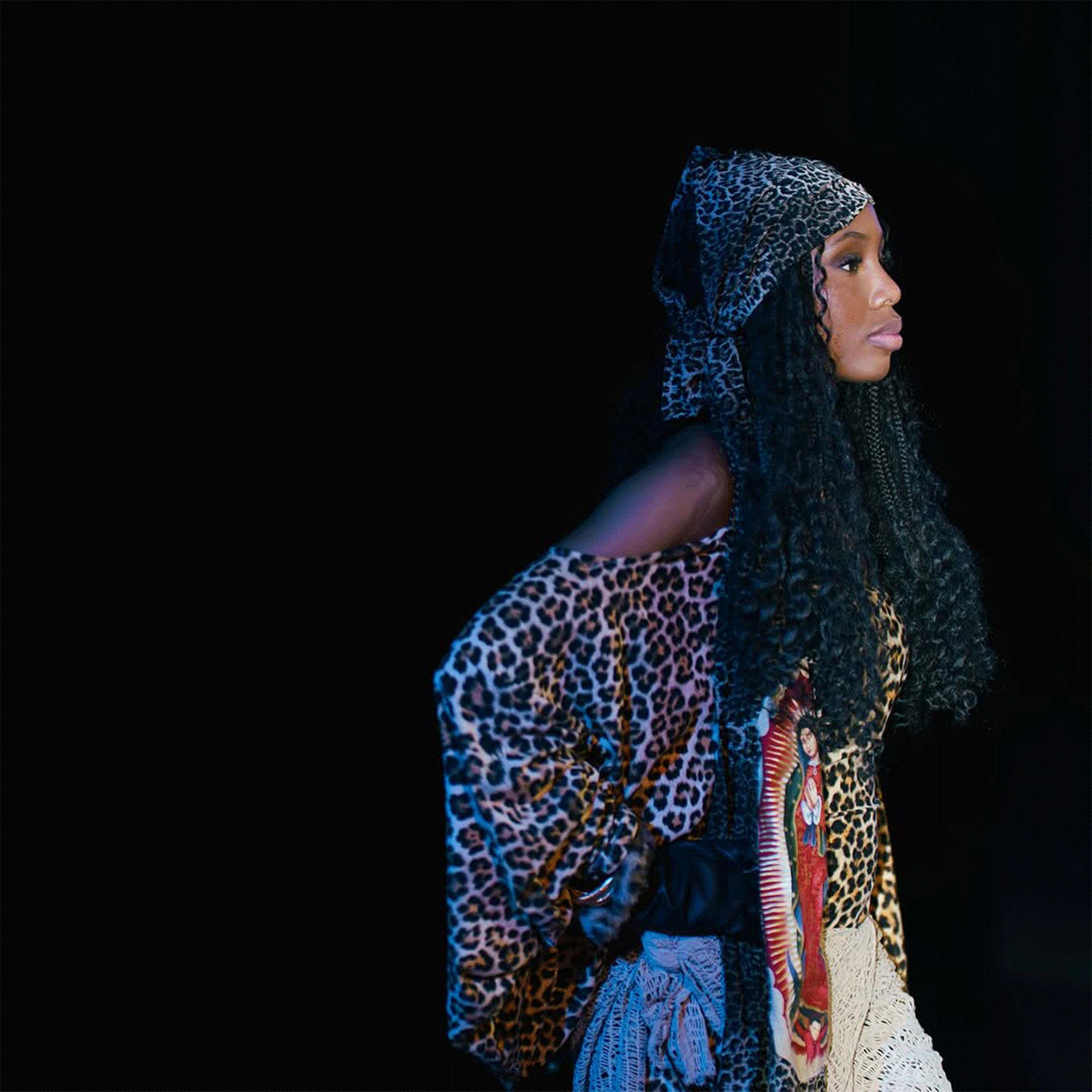
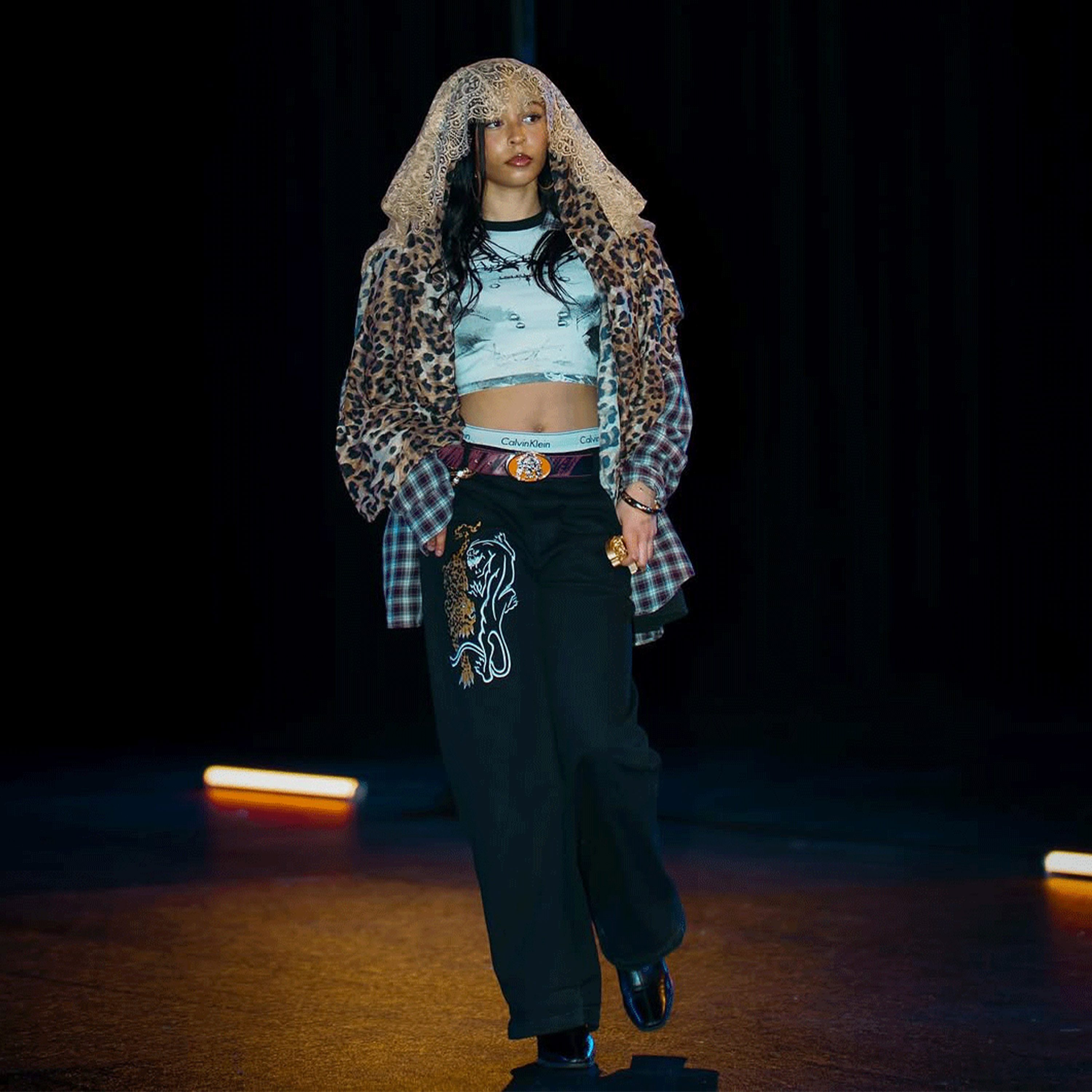
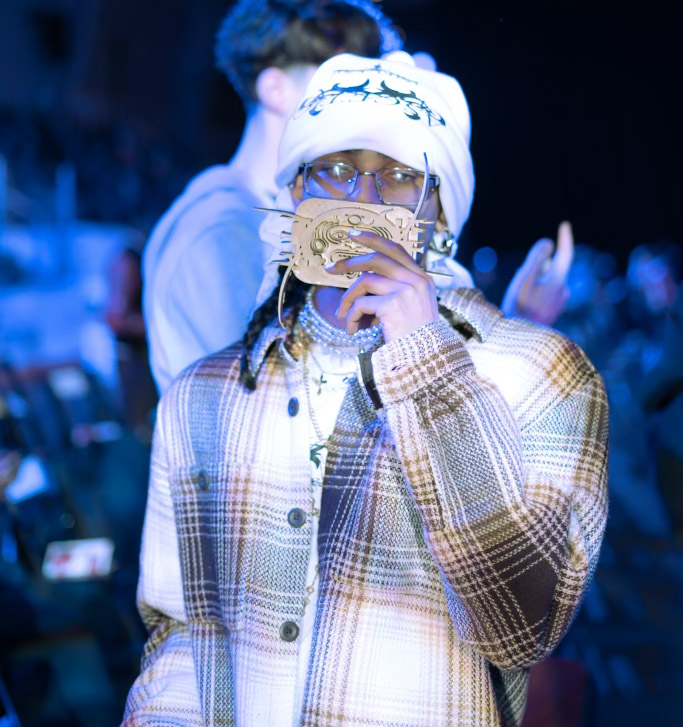
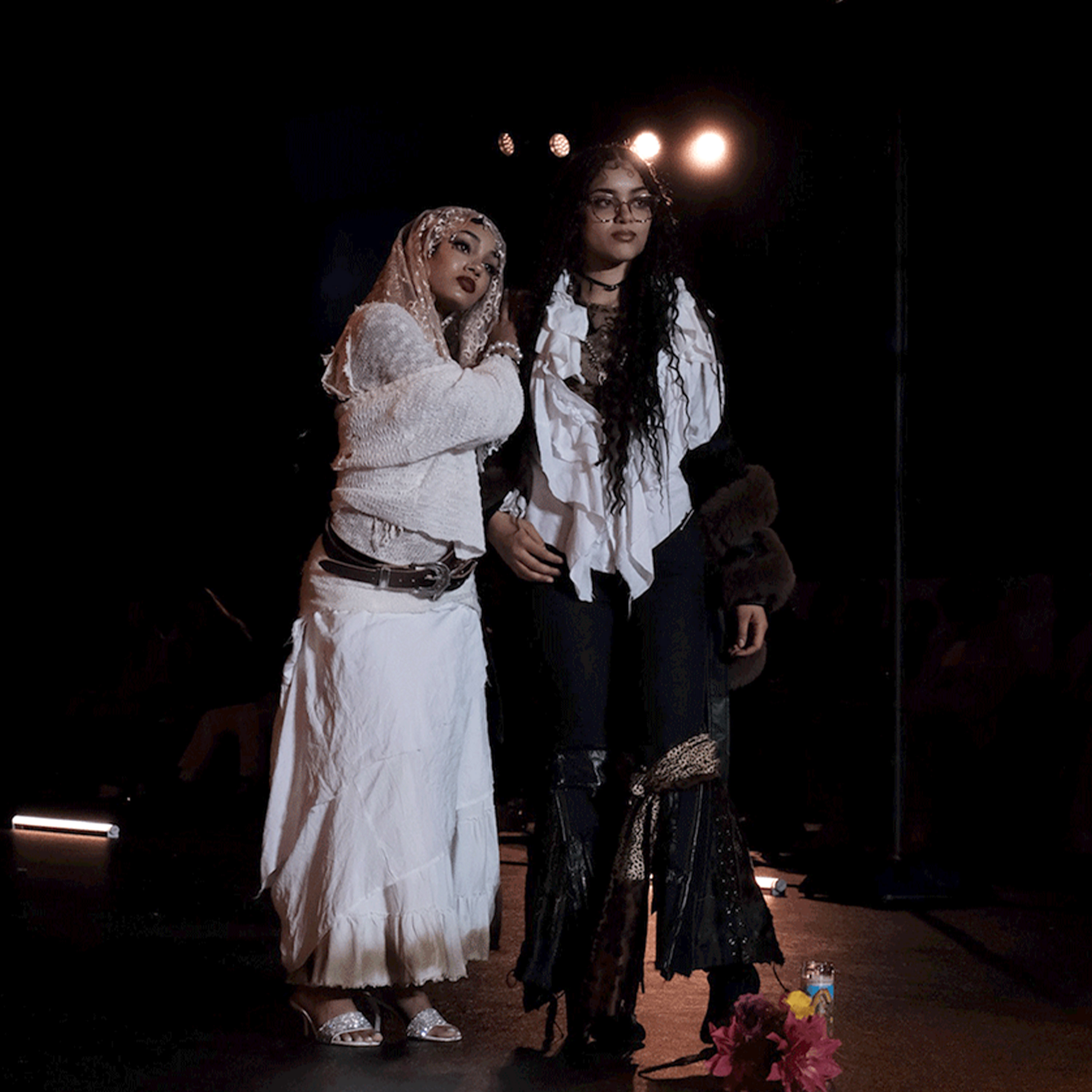
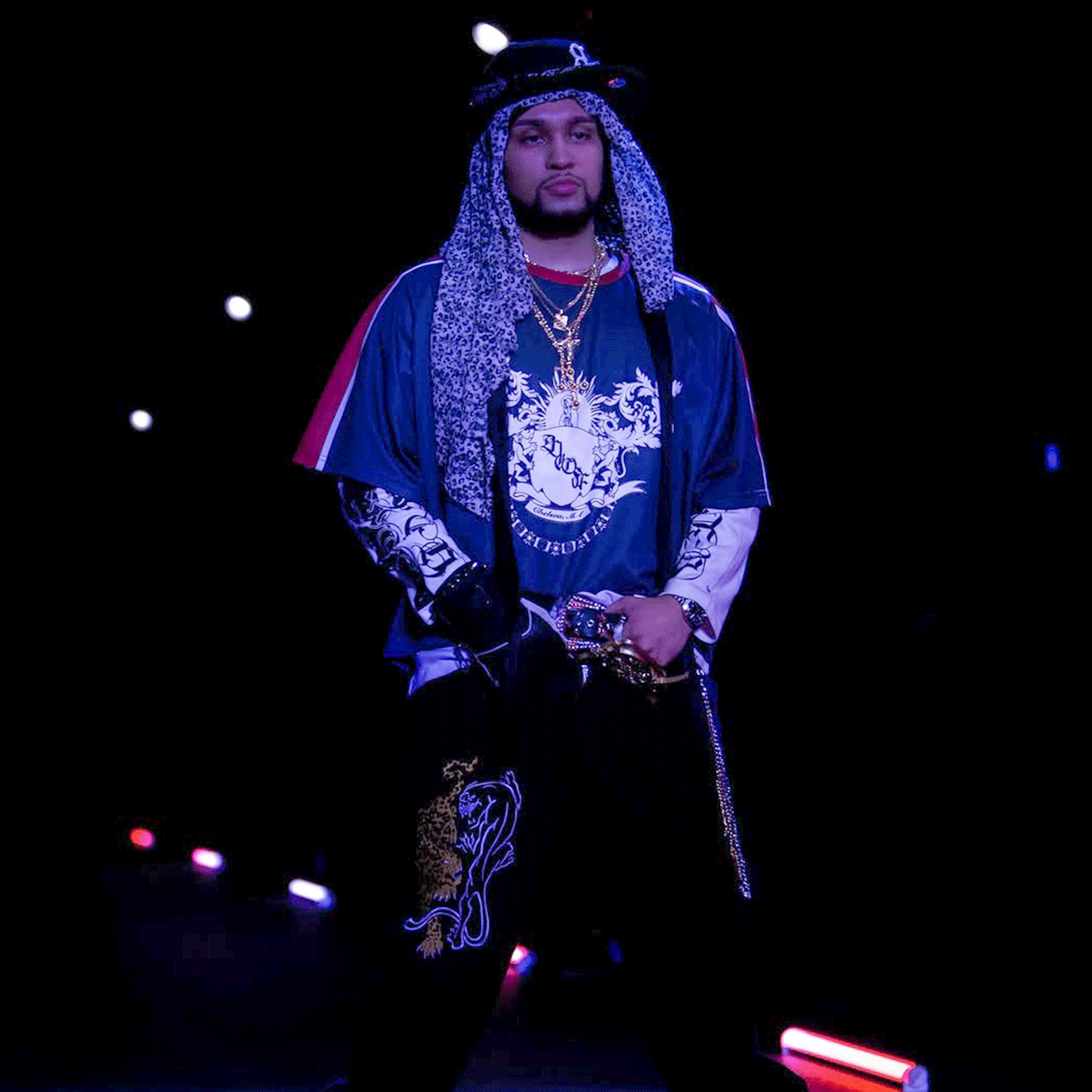
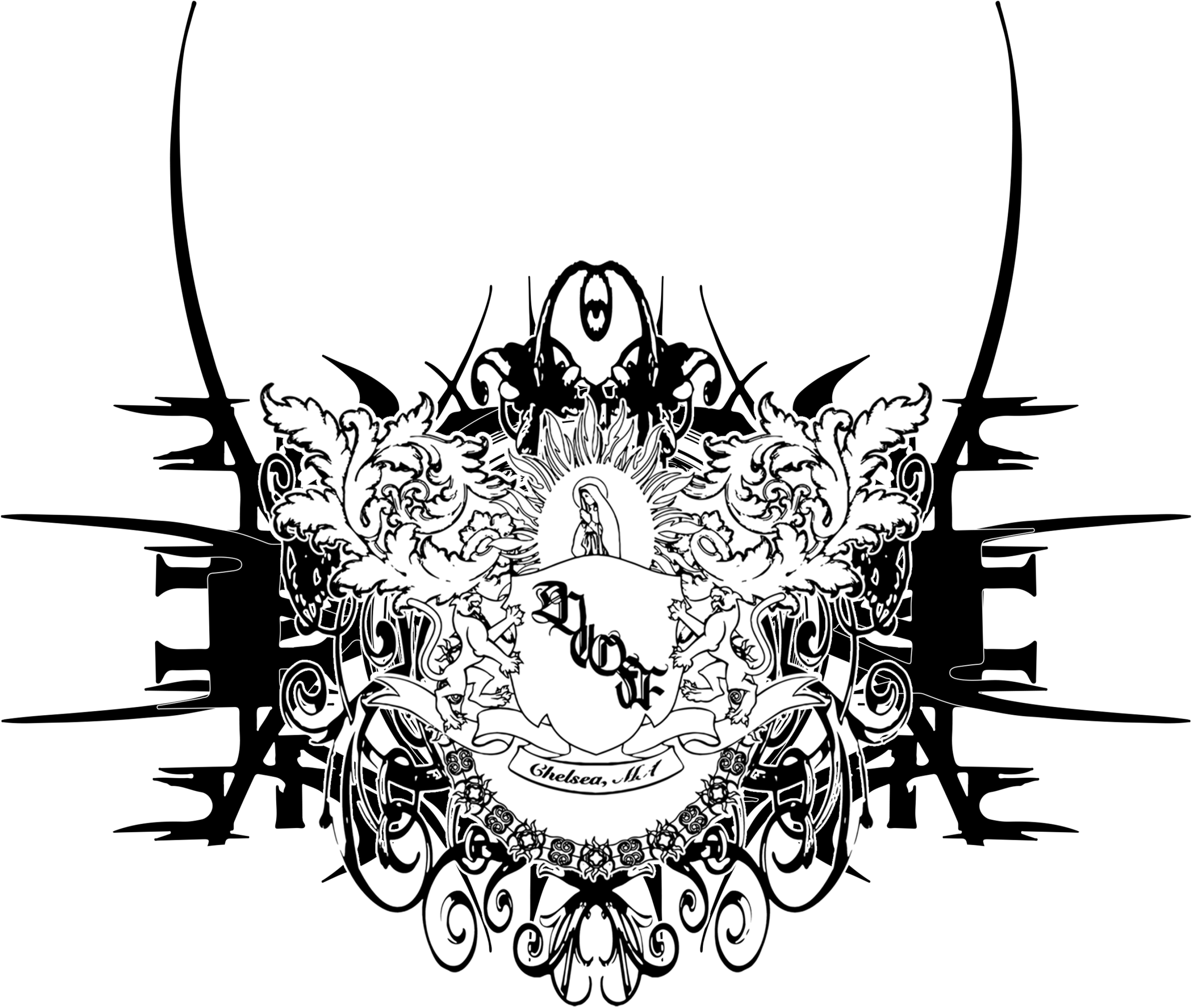
Spring 2025
Destroy Our Future is a fashion brand rooted in the aesthetics and design language of my culture as a Latino-American growing up on the East Coast. Blending these cultural influences with my own tastes in fashion and design, the brand became a platform to focus on specific themes through the lens of clothing. For marginalized communities, fashion has long been a form of resistance. Latin America carries a rich yet painful history of imperialism, displacement, and poverty. Realities that have shaped working-class identity and the way we present ourselves. How do these forces influence the way we dress? How do we reclaim our spirituality? While Destroy Our Future embraces an edgy identity, it also challenges us to consider the possibility of reclaiming autonomy, power, and identity. Through this ongoing branding practice and entrepreneurial effort, the visuals, clothing, and production reflect a desire for freedom and voice.

Bright Star is the indigenous name given by the Maya to the black jaguar, known as Ek’ Balam. For the Maya, the black jaguar symbolized ferocity, intuition, and spiritual strength. As the official mascot of Destroy Our Future, the Black Jaguar serves as both a guide and protector, leading our initiative toward resilience and positivity. Just as the Maya adorned their material culture with the wildlife that surrounded them, we weave spirituality into our visual language, making it an essential part of our design ethos.
The BRIGHTSTAR collection would be shown at the Anual Black United Body Fashion Show at Bentley University on March 29th, 2025
My research examines the visual elements within my culture through a sociological lens. I focus on the concept of the Collective Identity Marker, a symbol, characteristic, or feature that defines and distinguishes a particular group or community from others. These markers are most prevalent in subcultures, design trends, and fashion, where visual elements signal participation in a culture and open pathways for shared experiences within spaces that embrace these forms of expression. Fashion is perhaps the most striking example of the collective identity marker, as visual elements are directly applied to the body. How someone is perceived in a given space, and how they navigate or are approached within that space, often depends on what they wear. In my thesis, I ground this concept in my own culture, upbringing, and personal experiences. My goal is to consider how collective identity markers can be effectively mobilized to cultivate a design language that integrates these nuanced visual elements, ultimately creating a brand identity that is both clear and powerful.







Given a tight schedule and strict deadlines, we had a clear vision and were determined to follow through. After casting our models, we spent a month developing detailed sketches of all ten looks, followed by a comprehensive list of products and garments to be manufactured both in-house and externally. To streamline production, we prepared thorough tech packs and documentation, complete with sizing, design files, and all necessary assets, for our manufacturers and in-house production team.
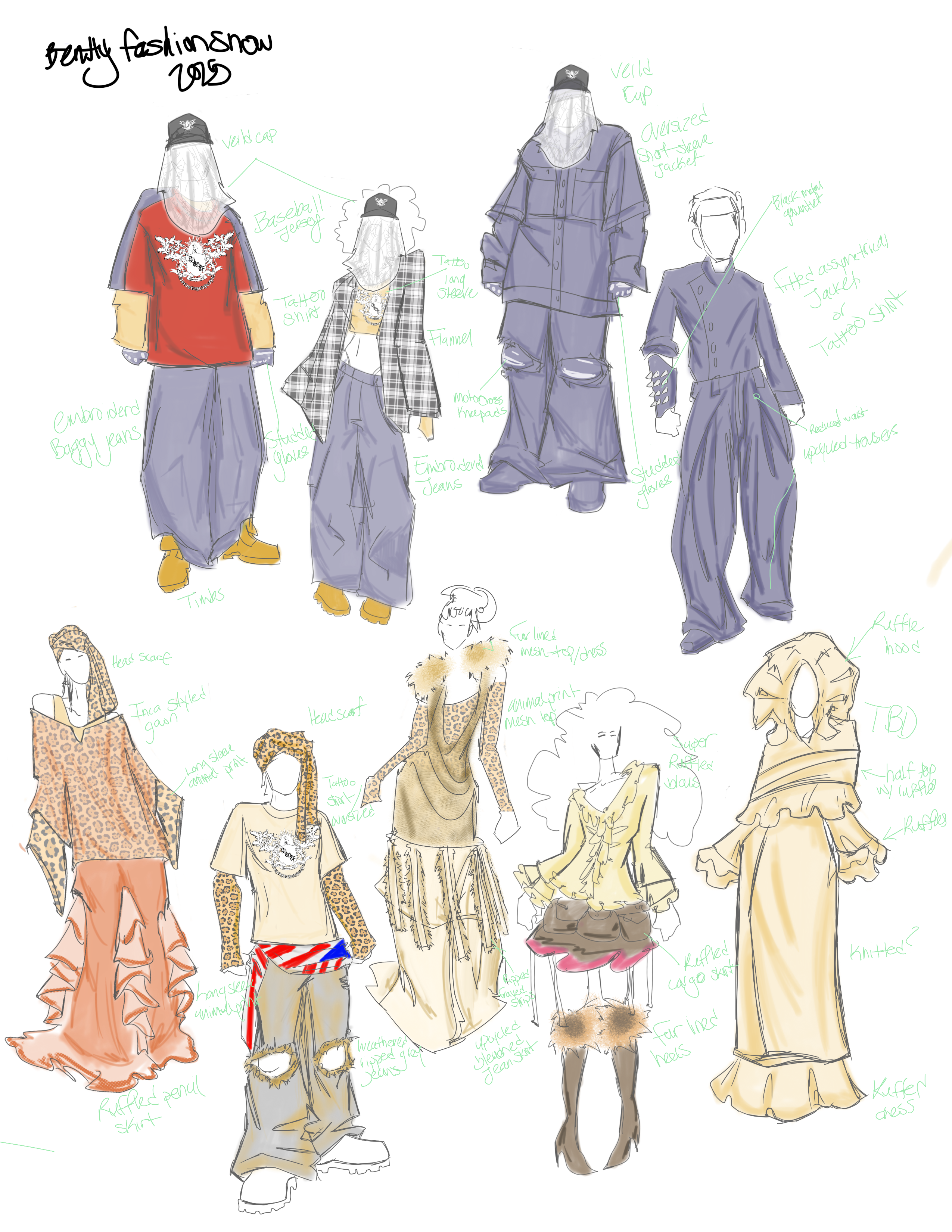
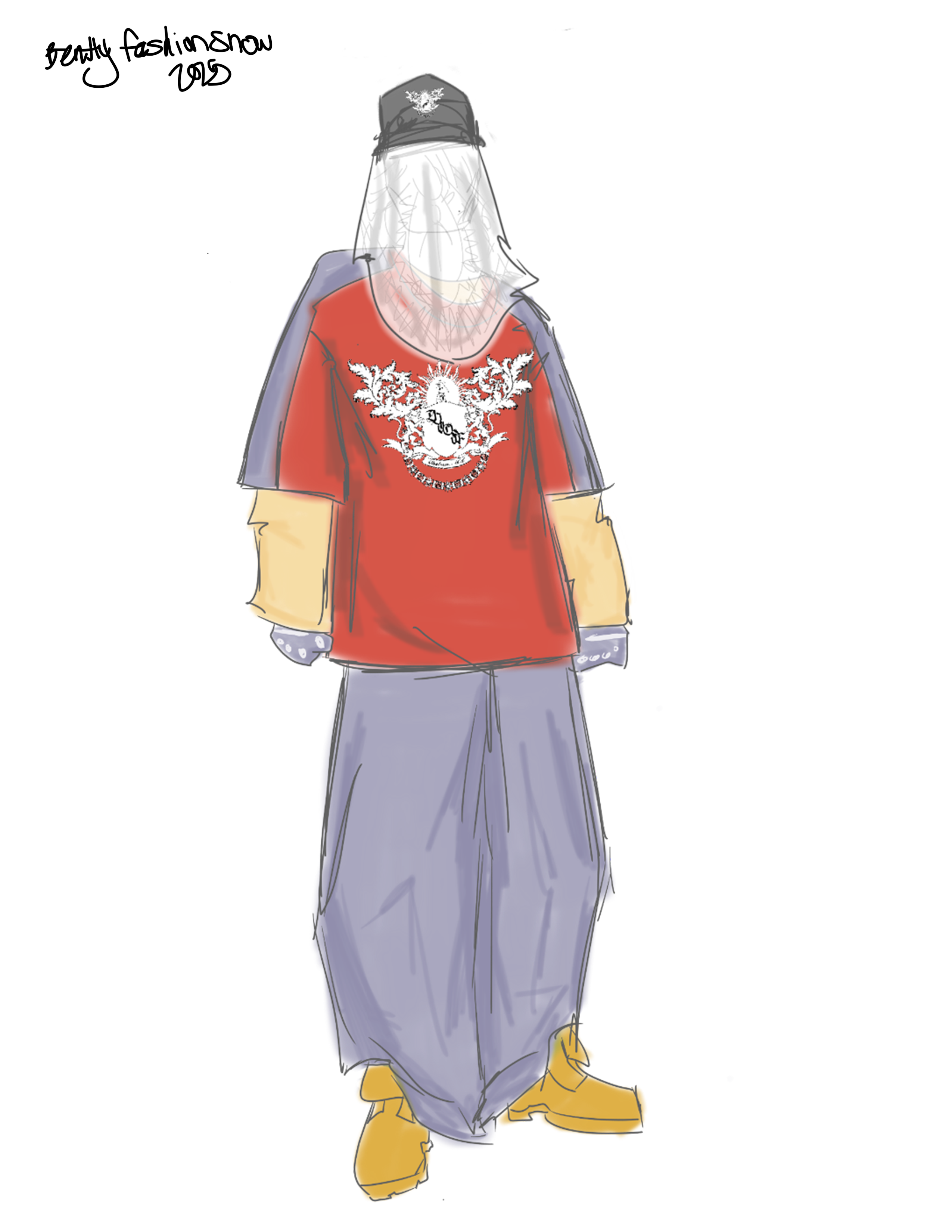
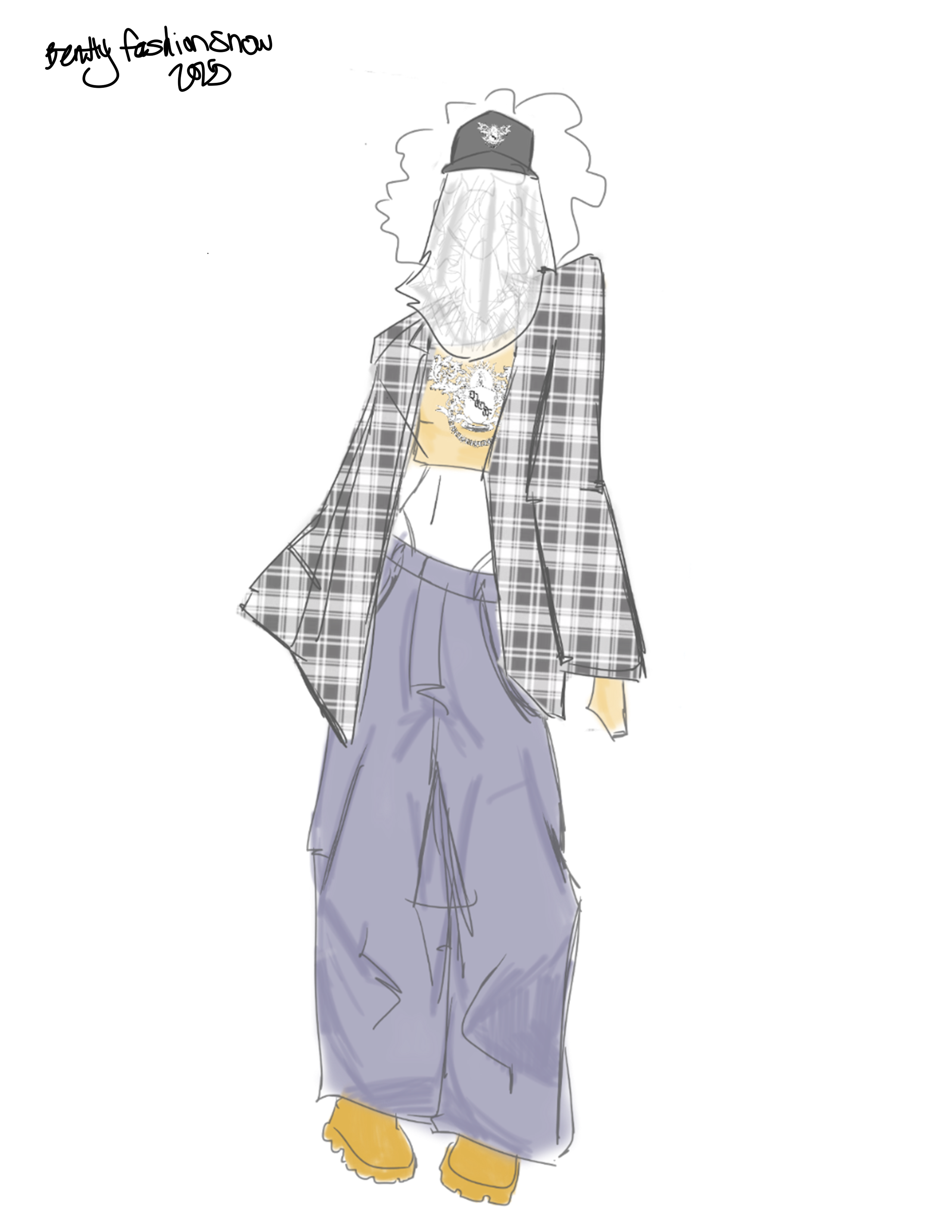
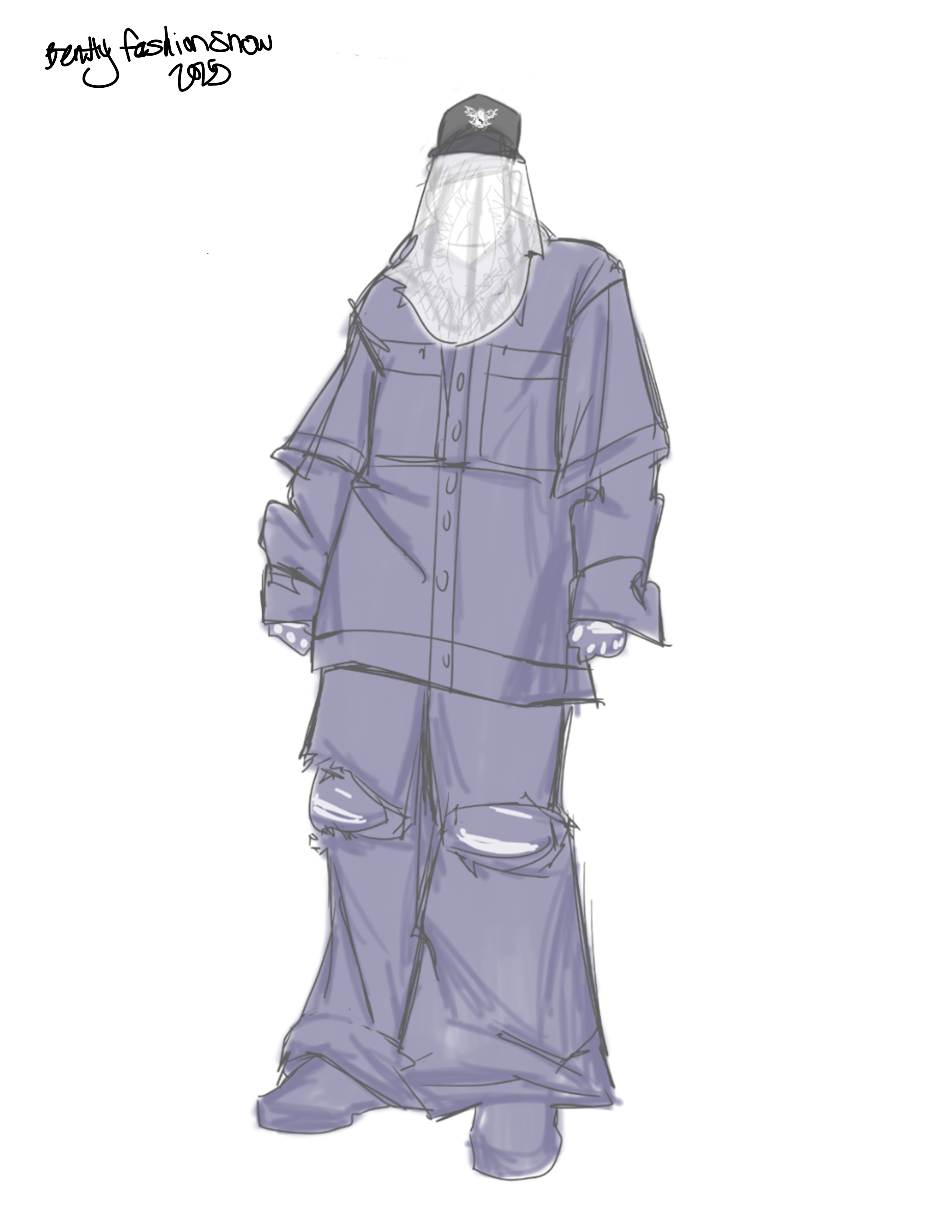
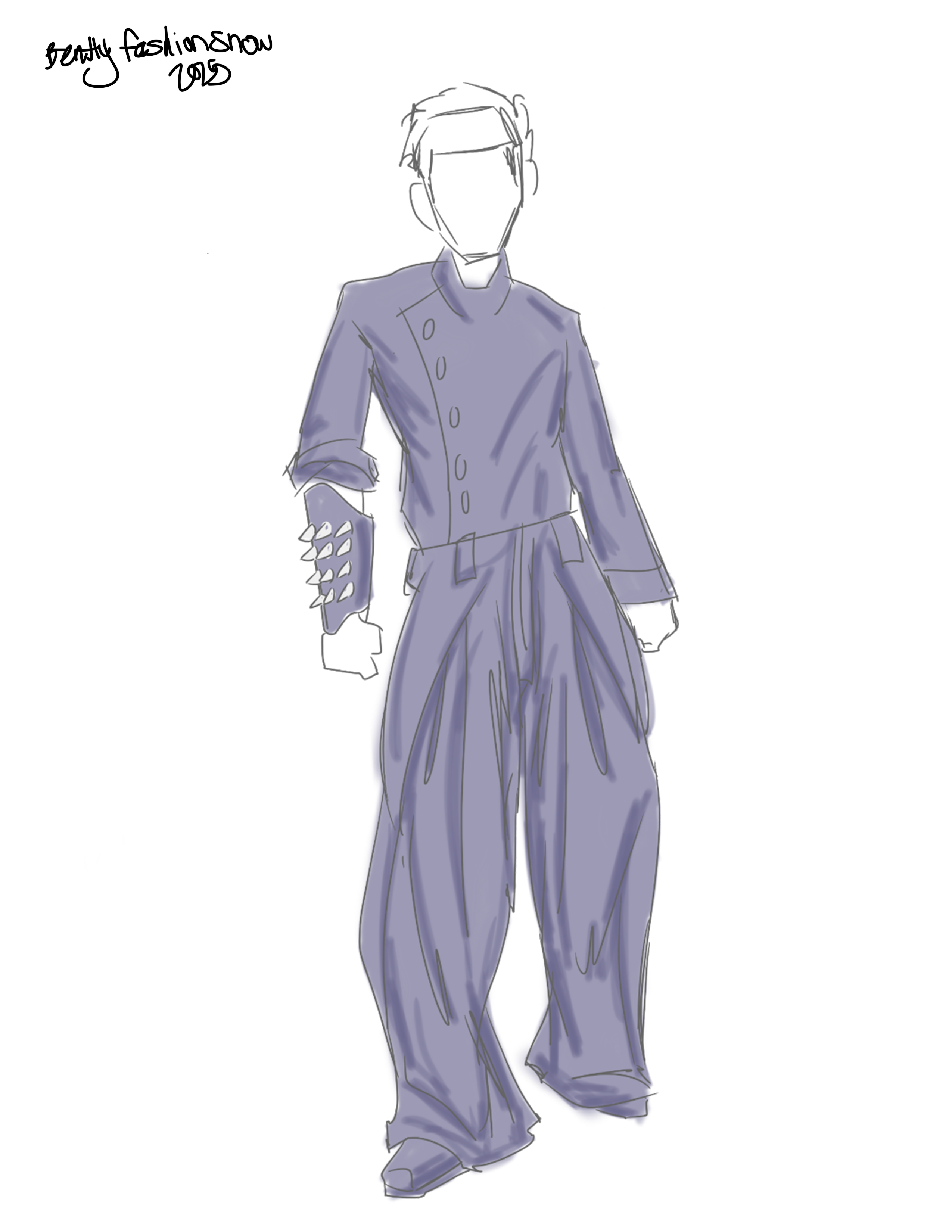

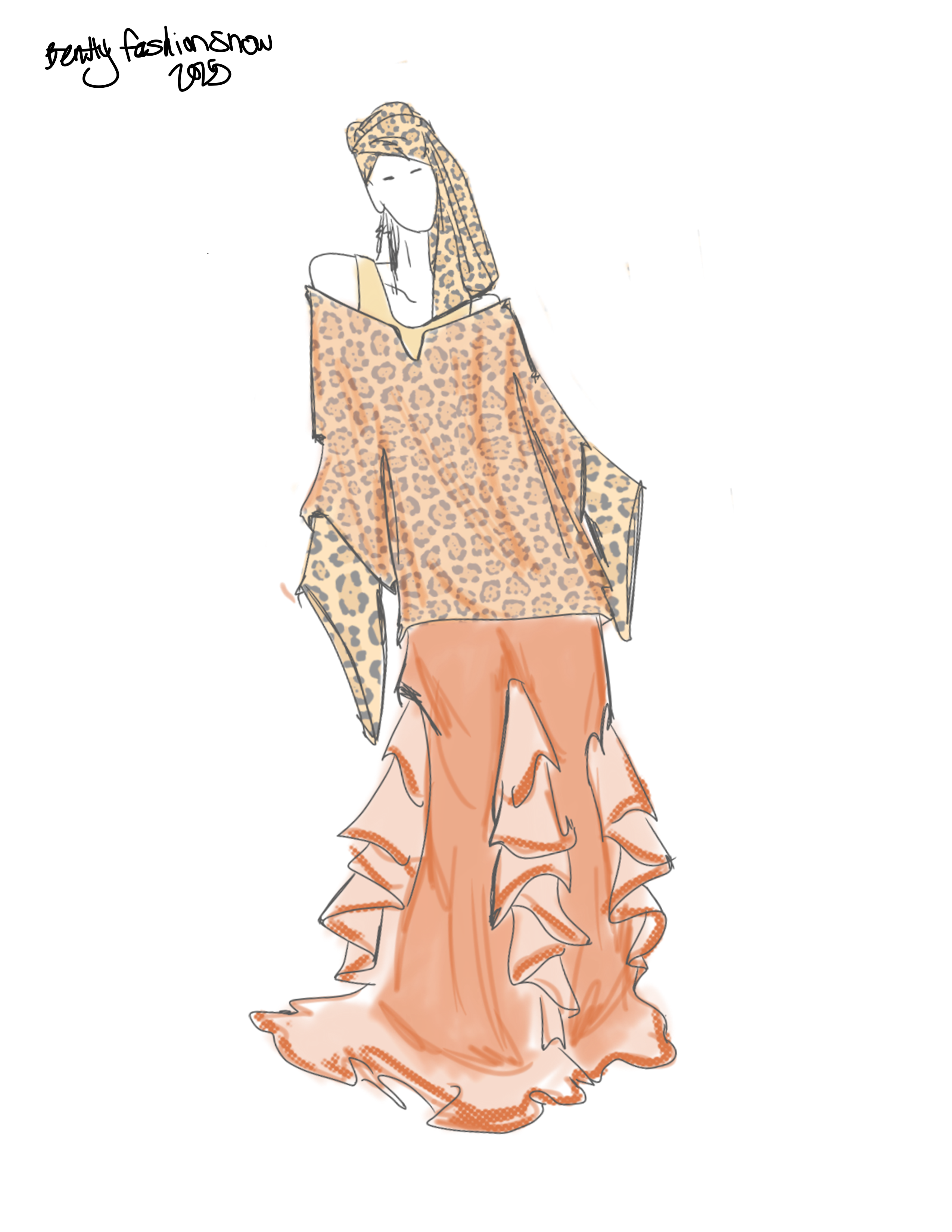
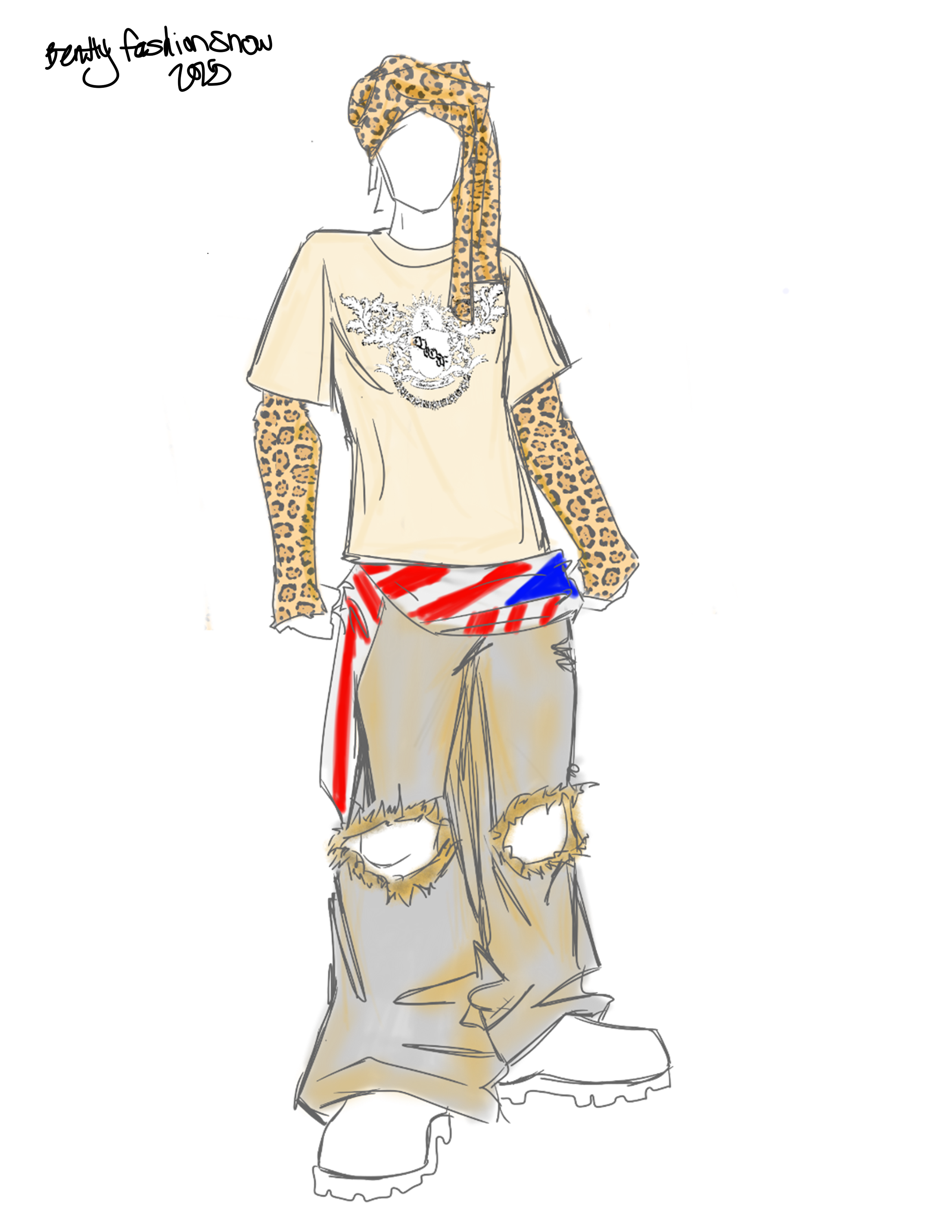
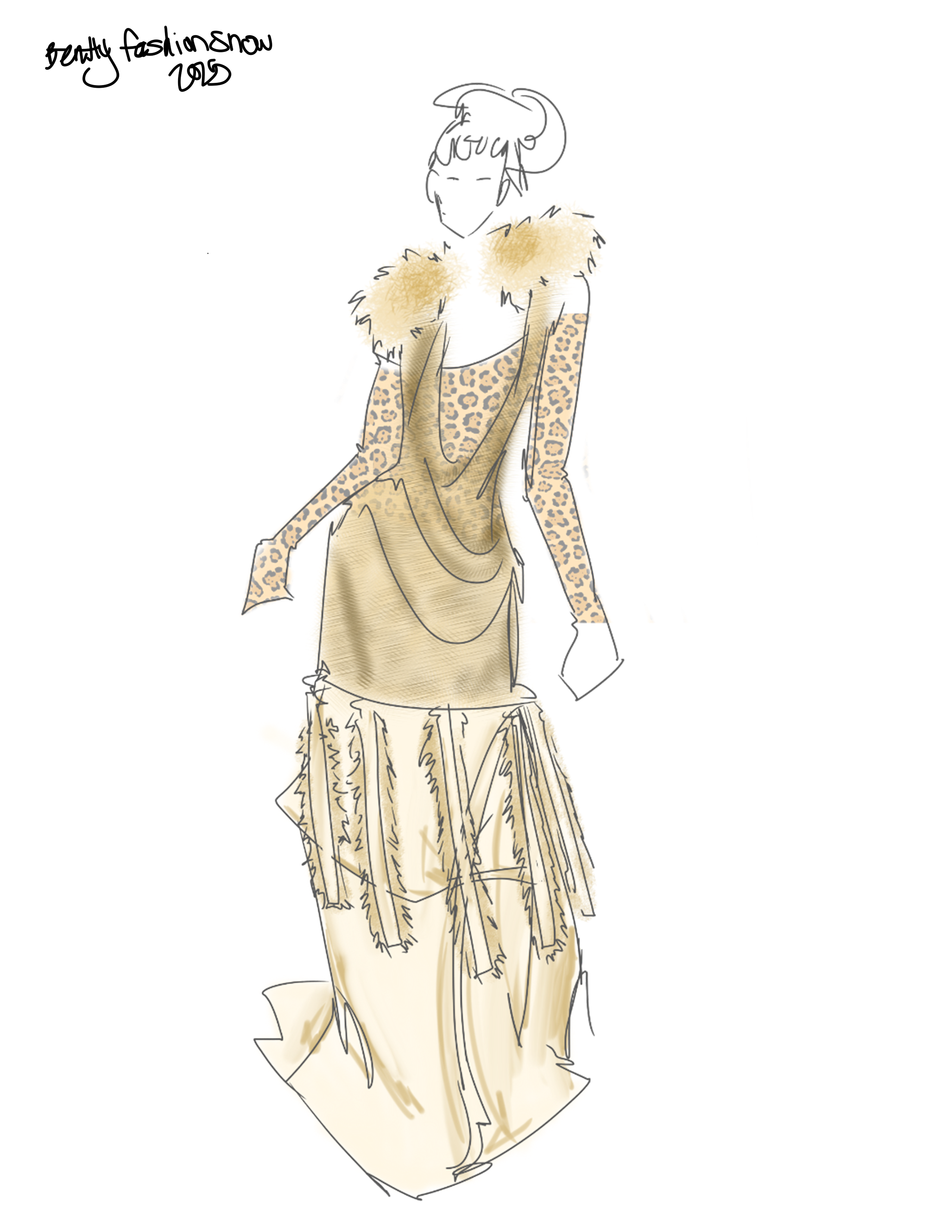
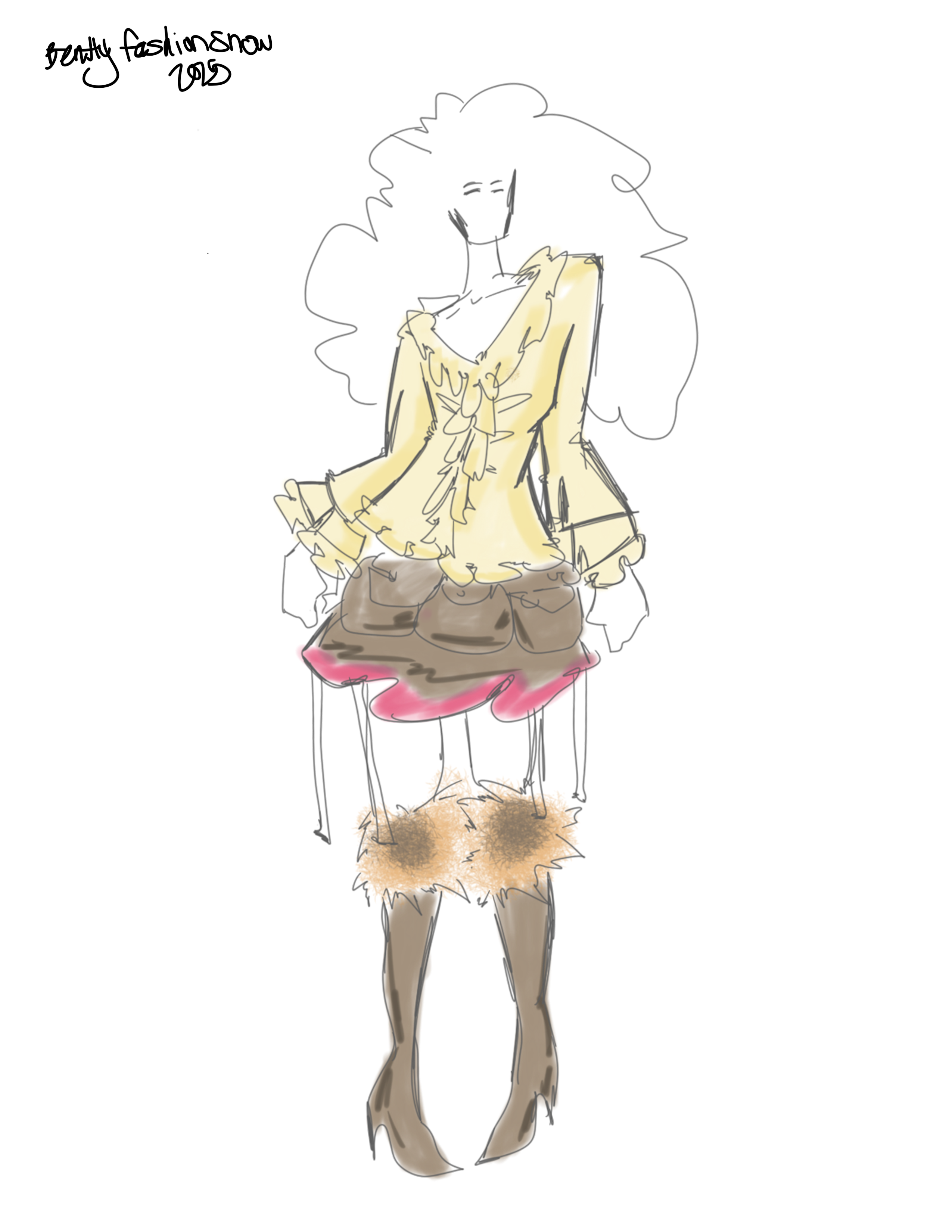
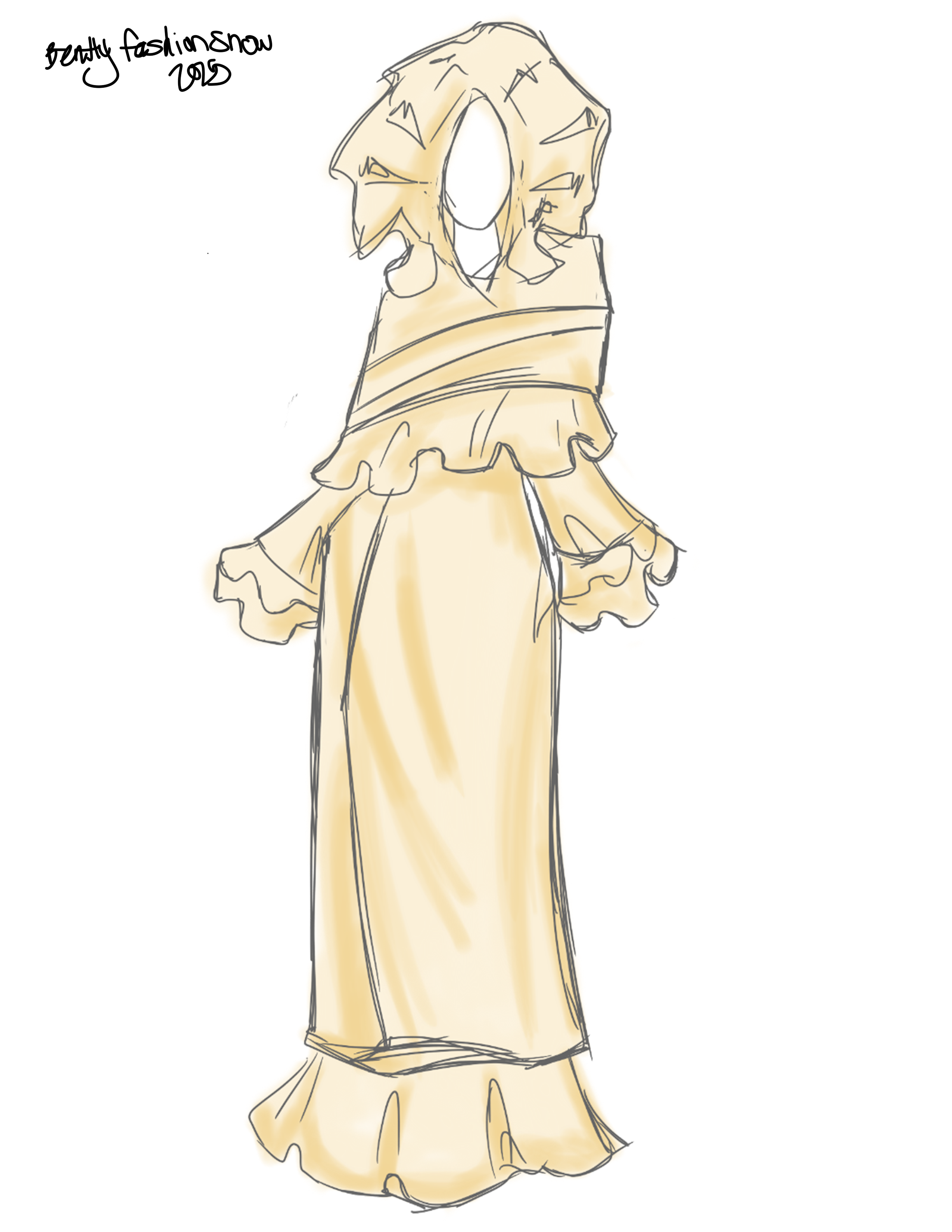
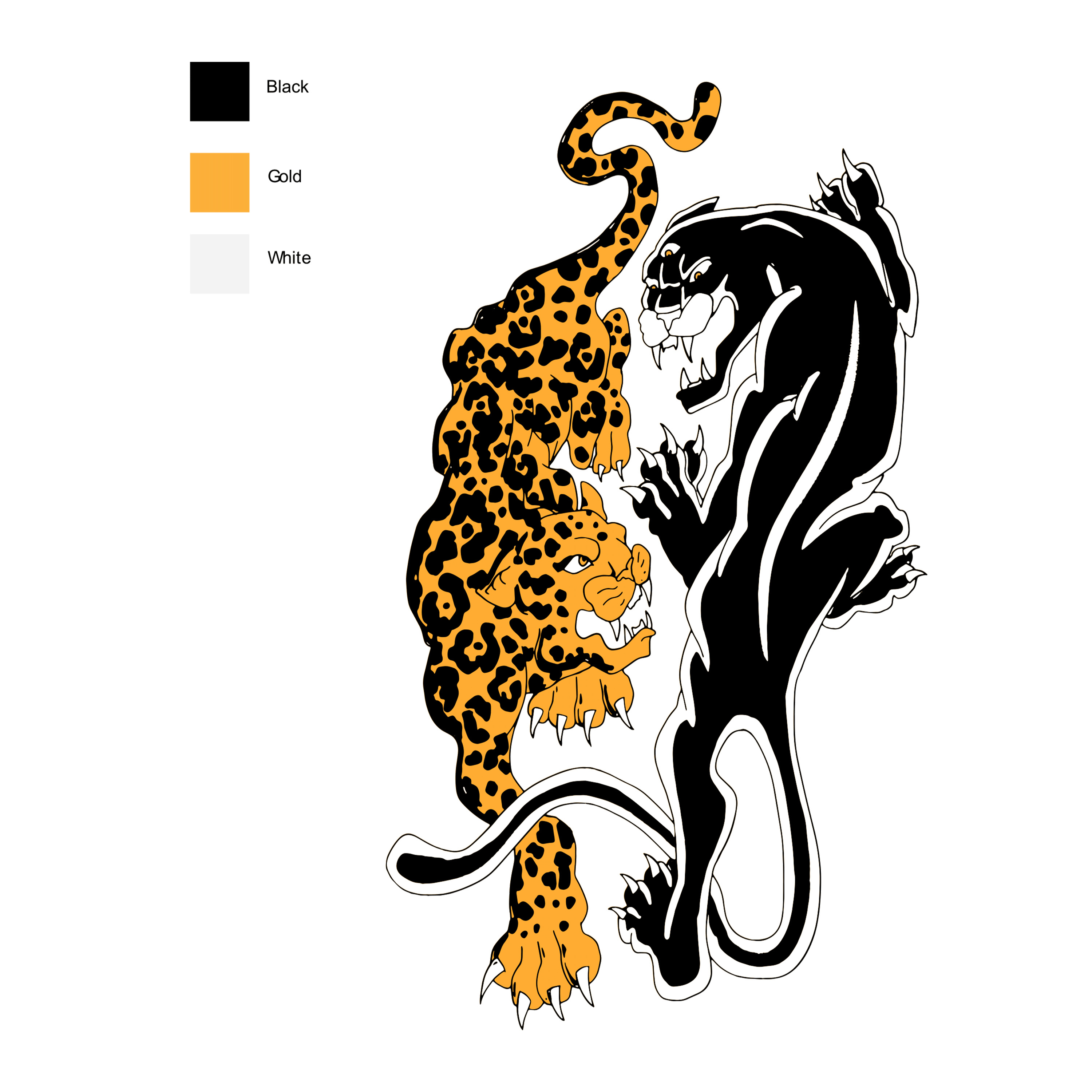
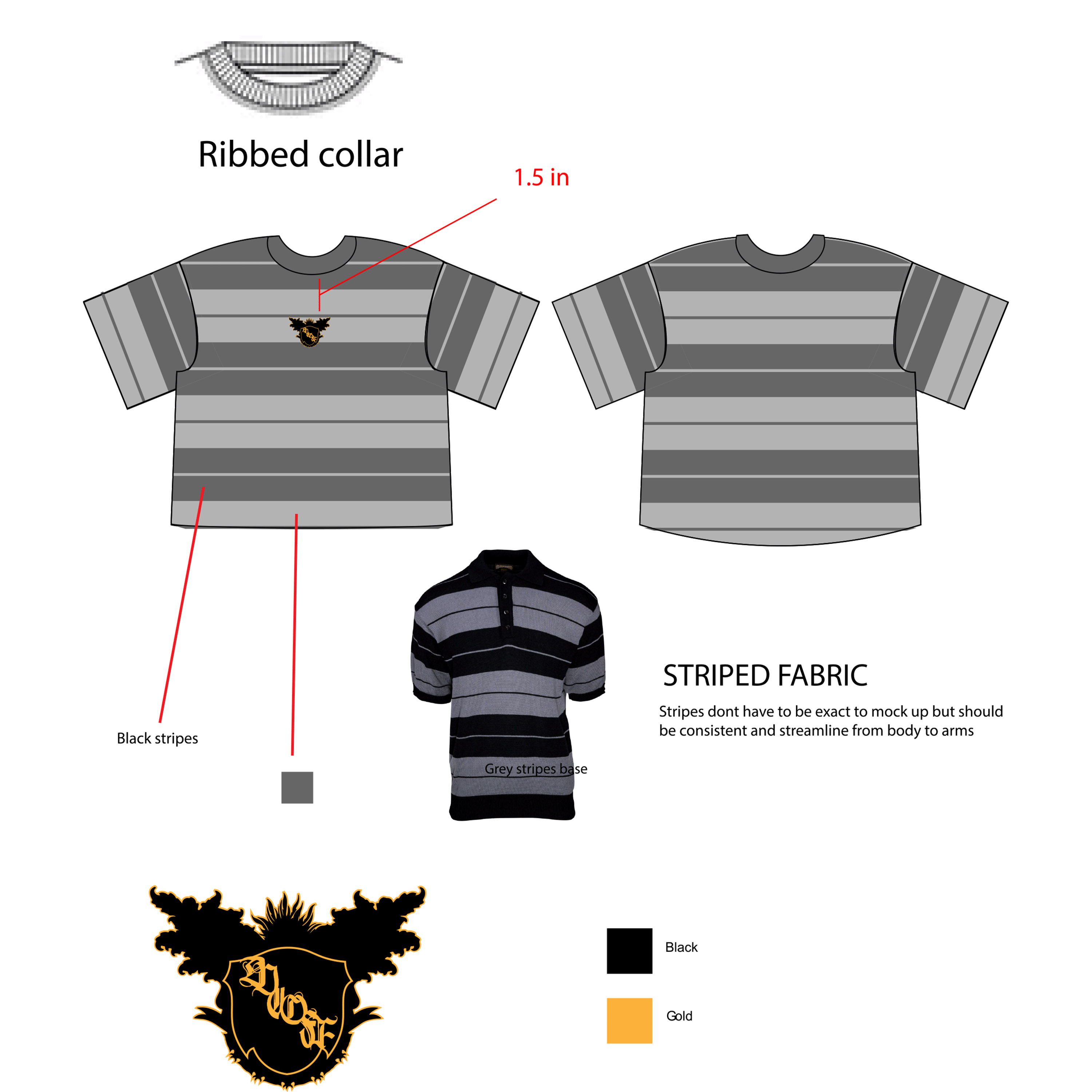
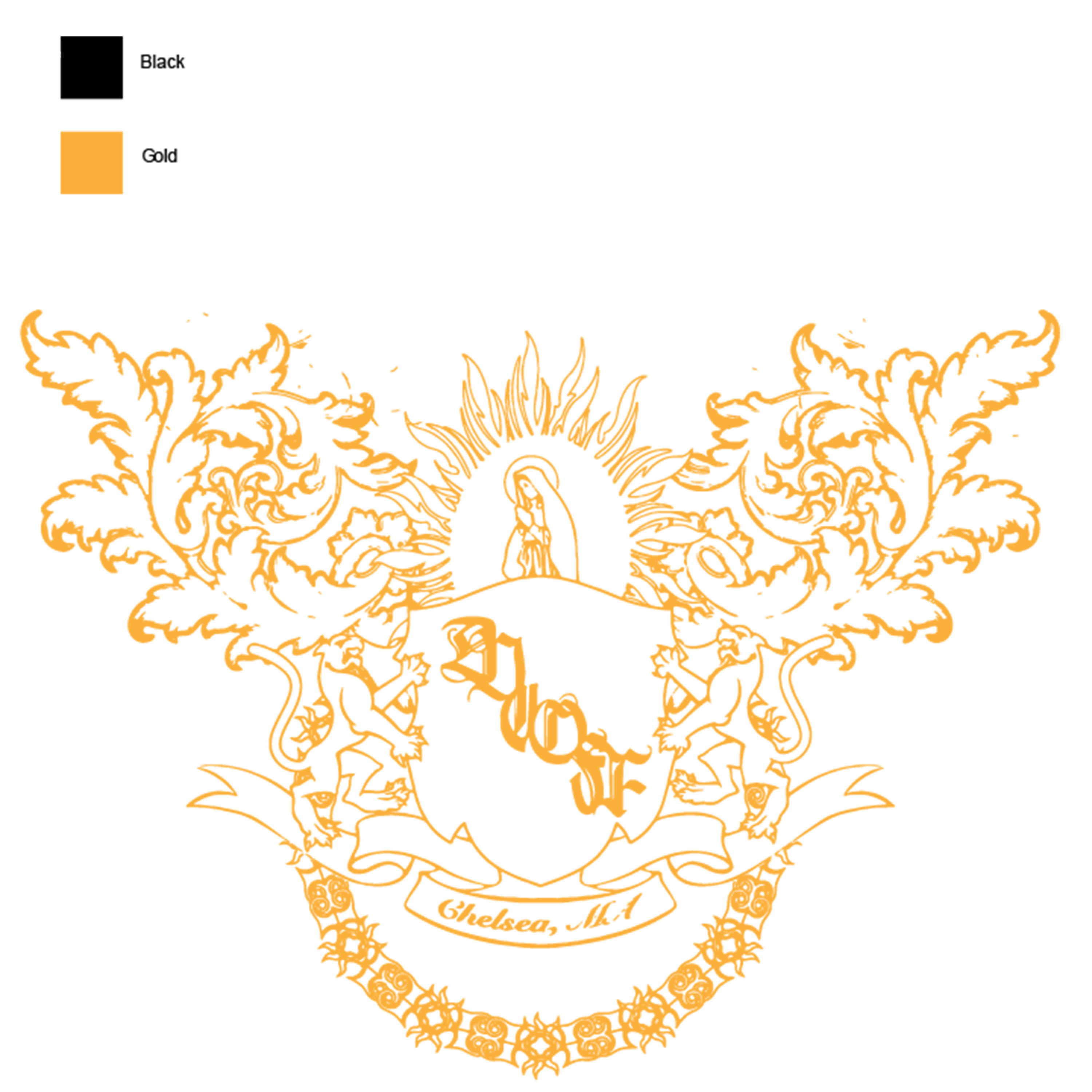
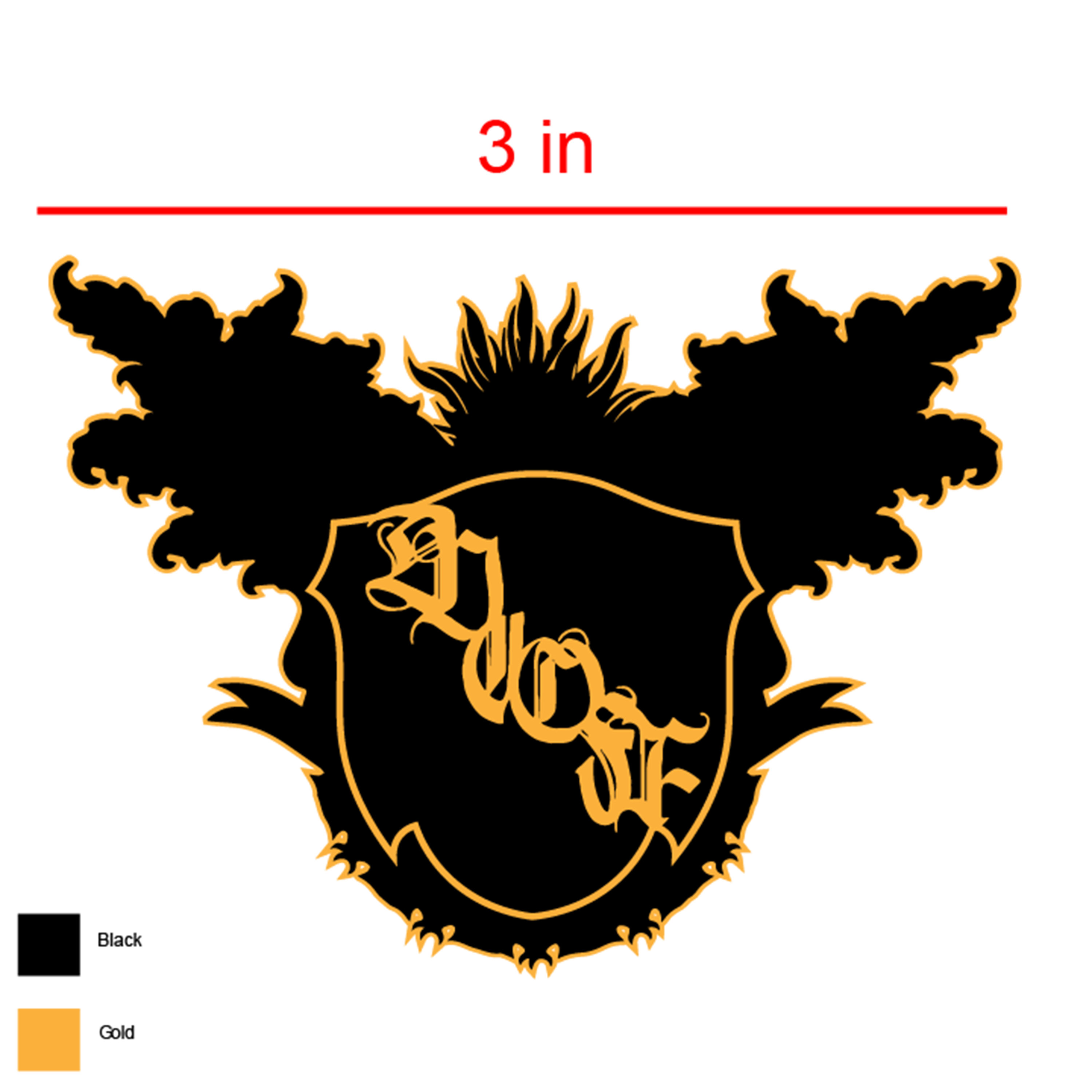
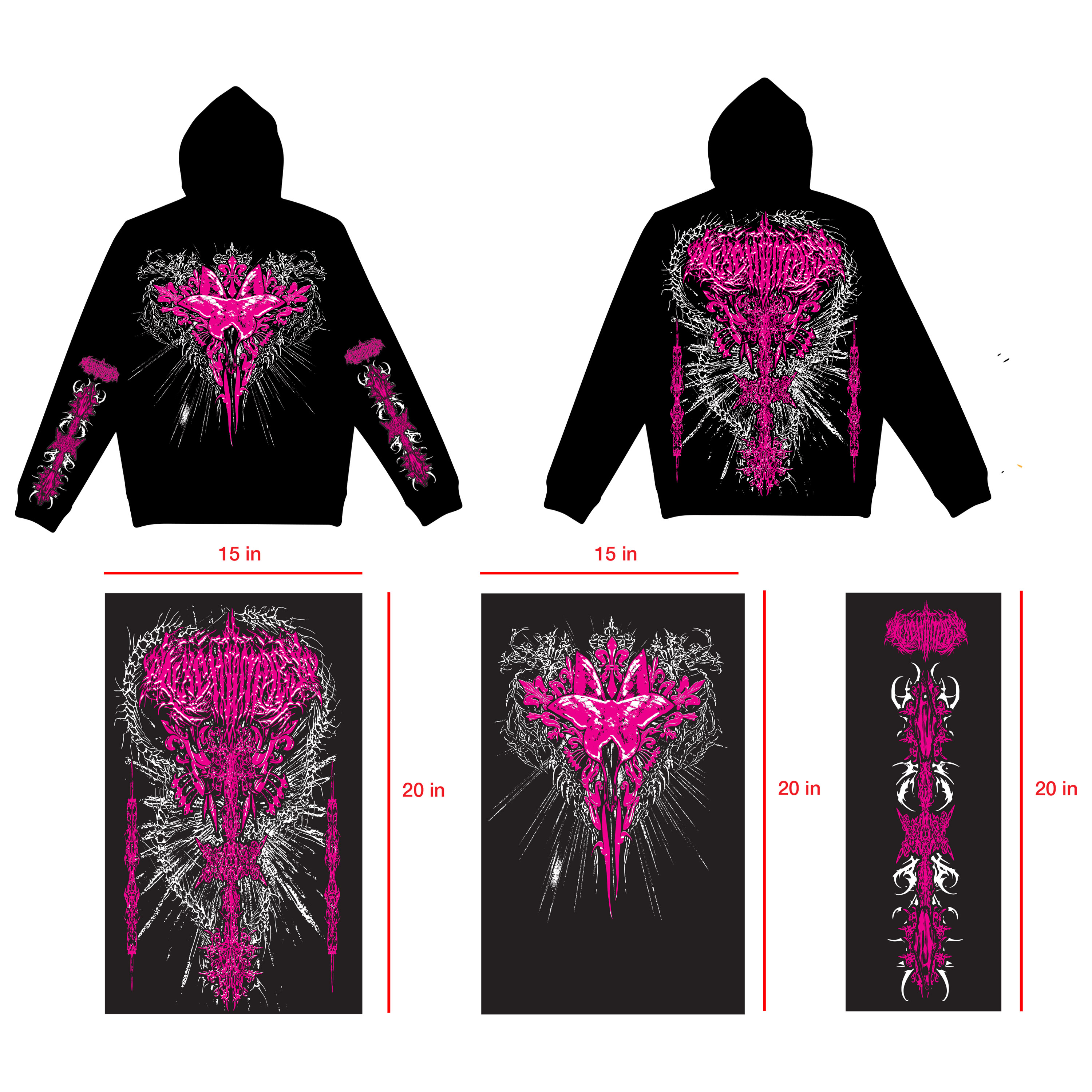
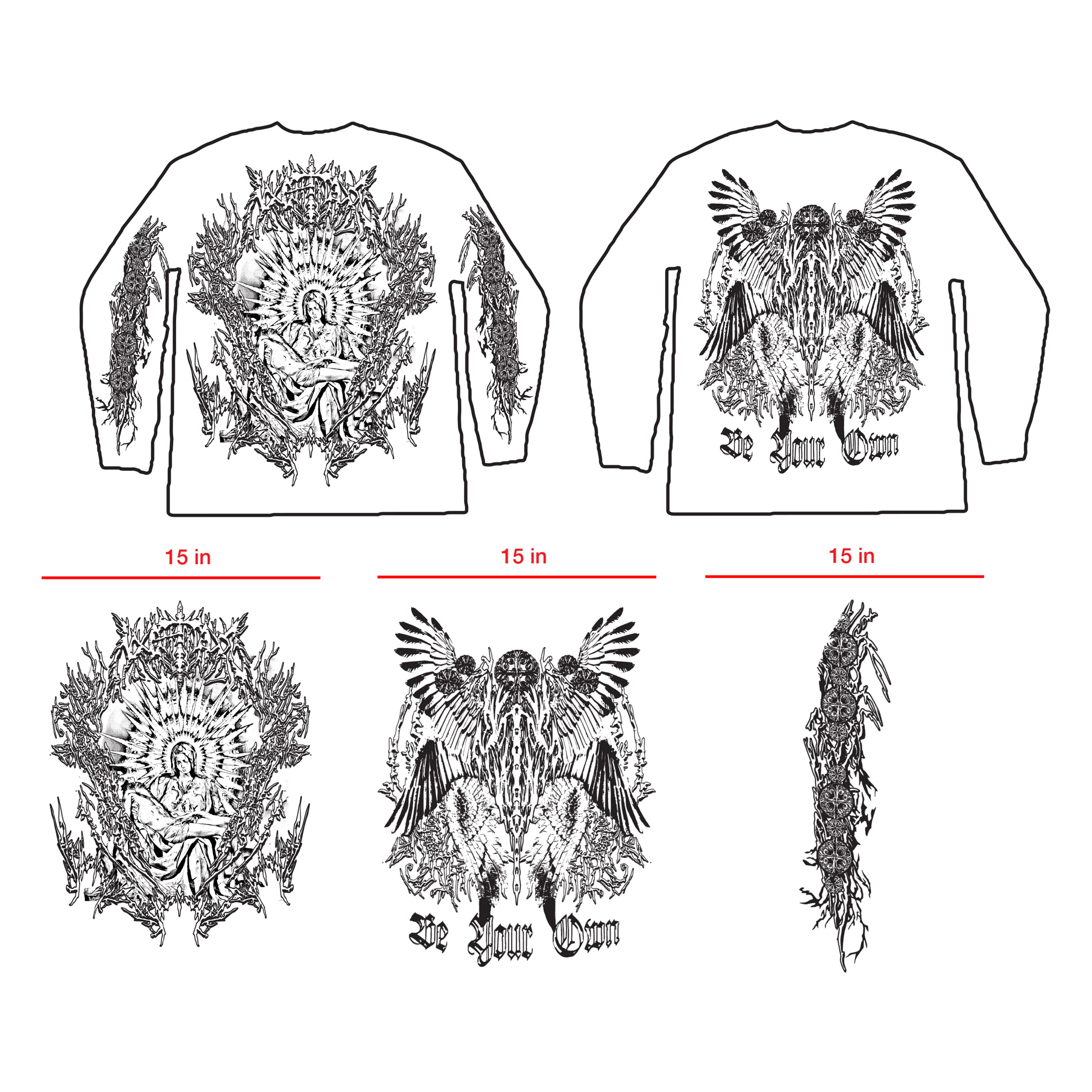
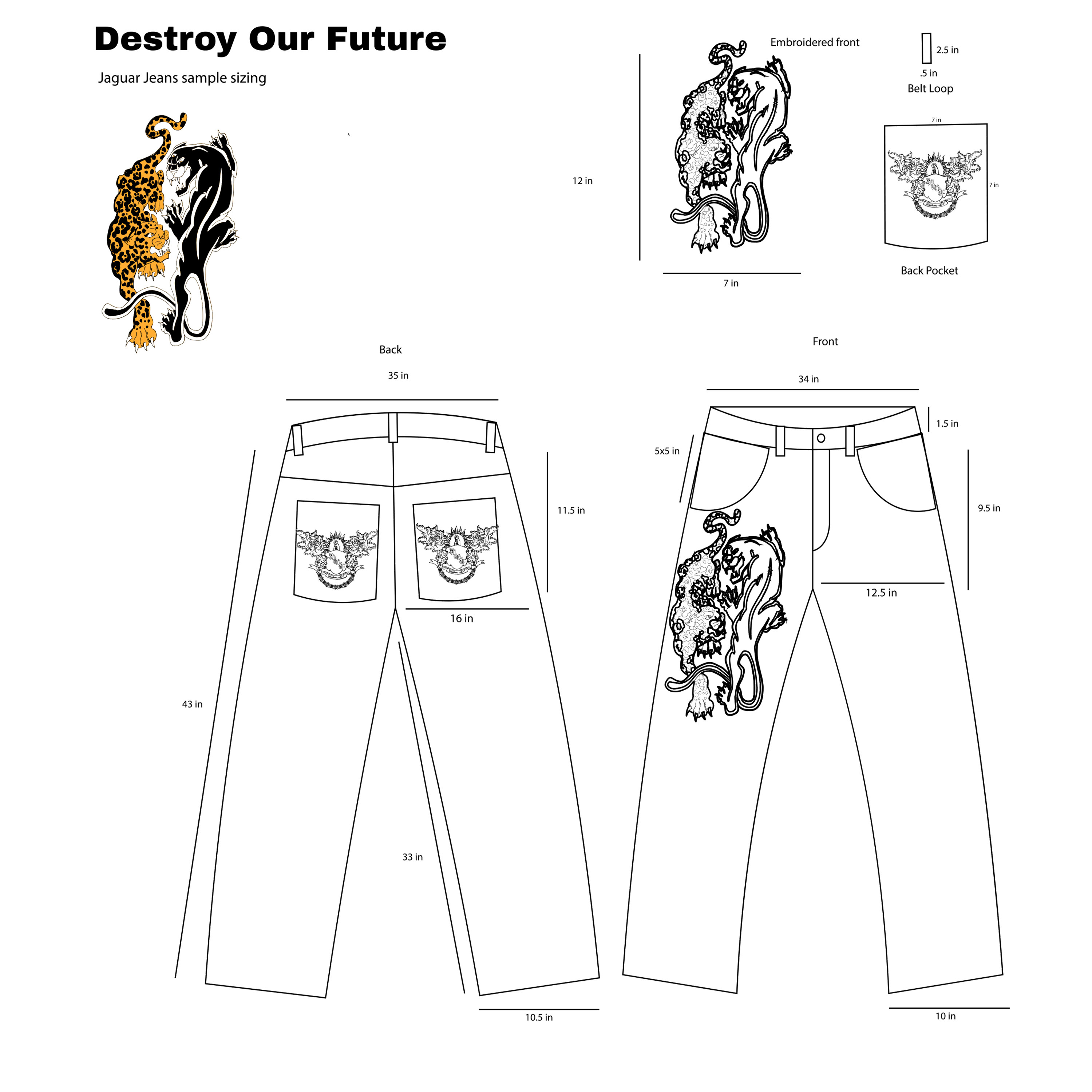
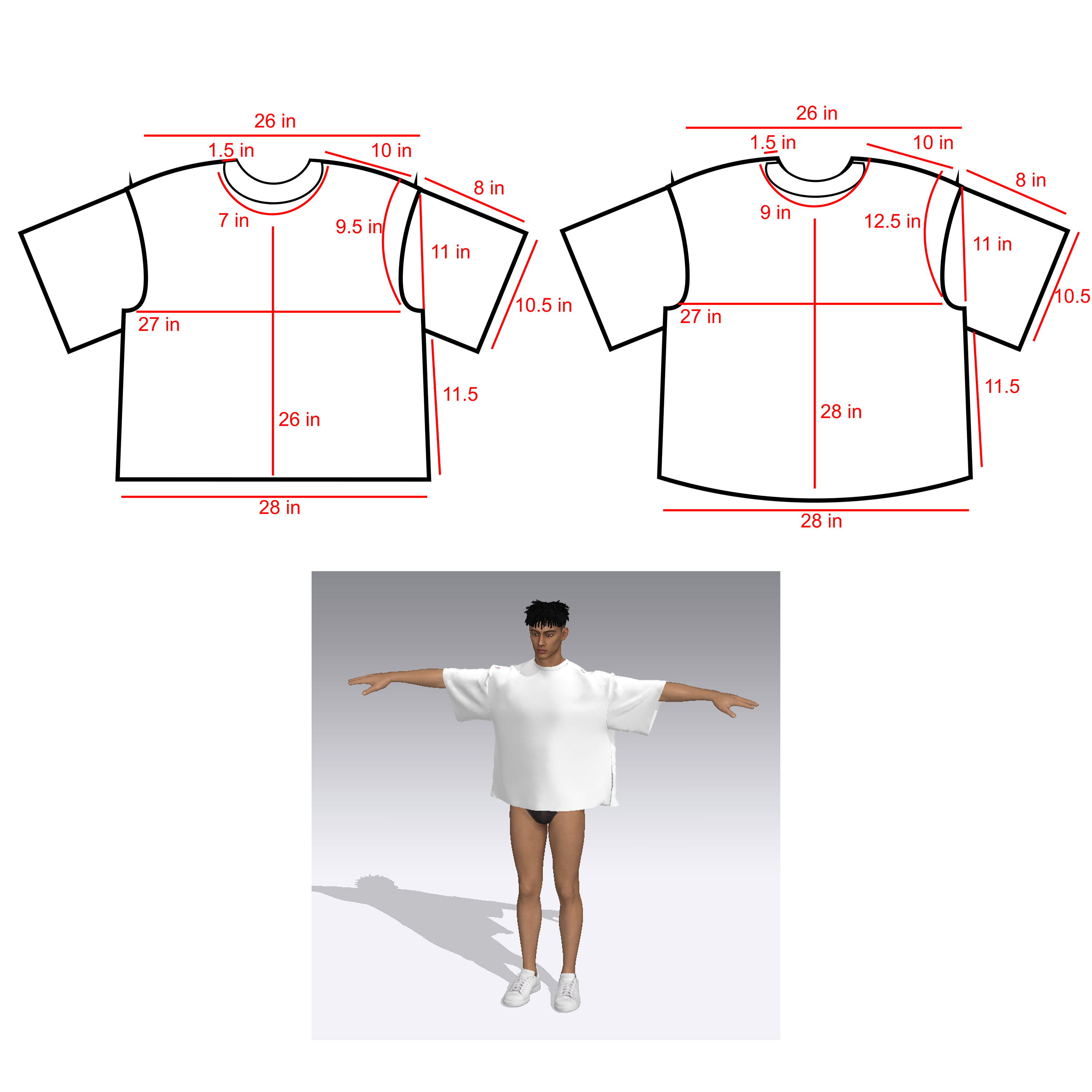
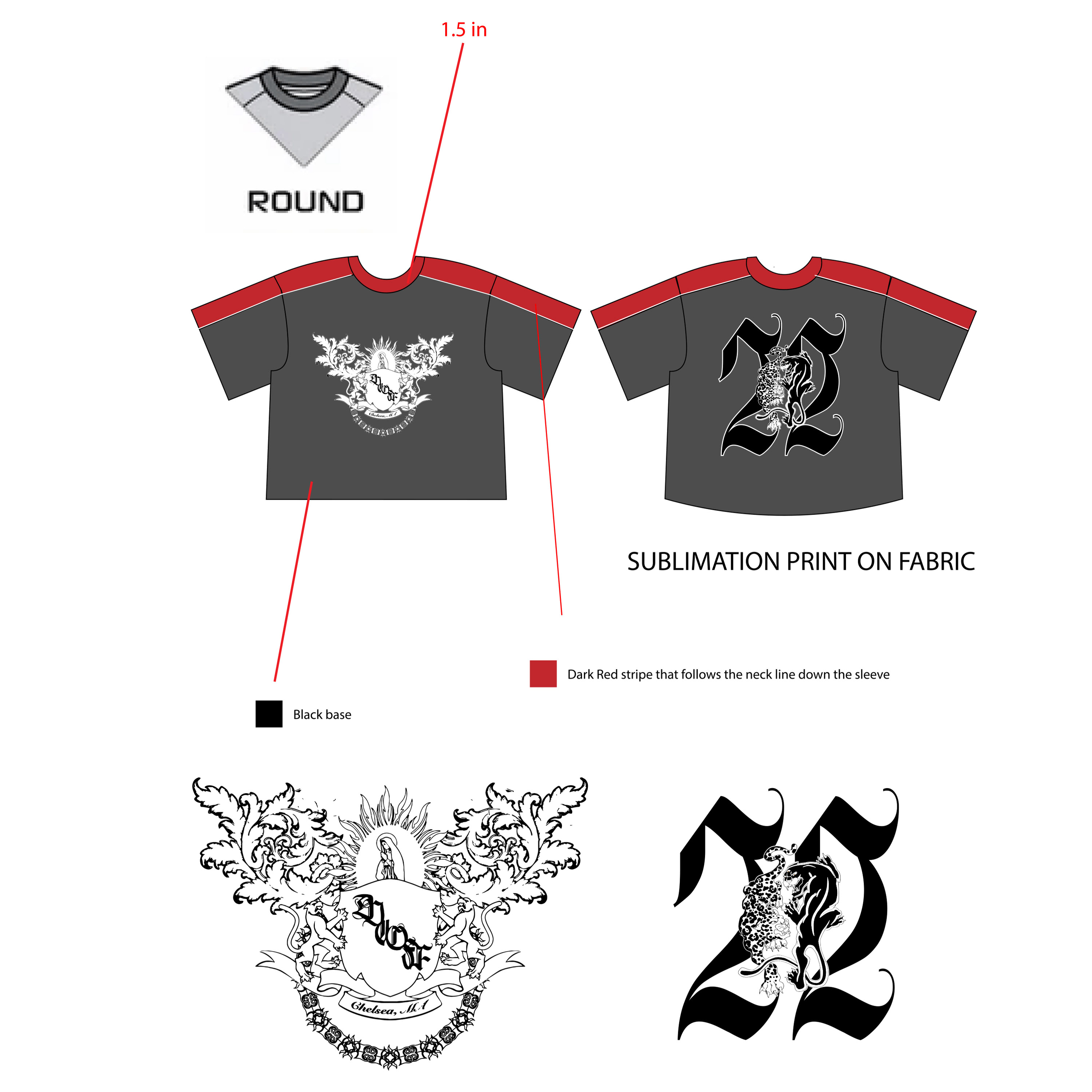
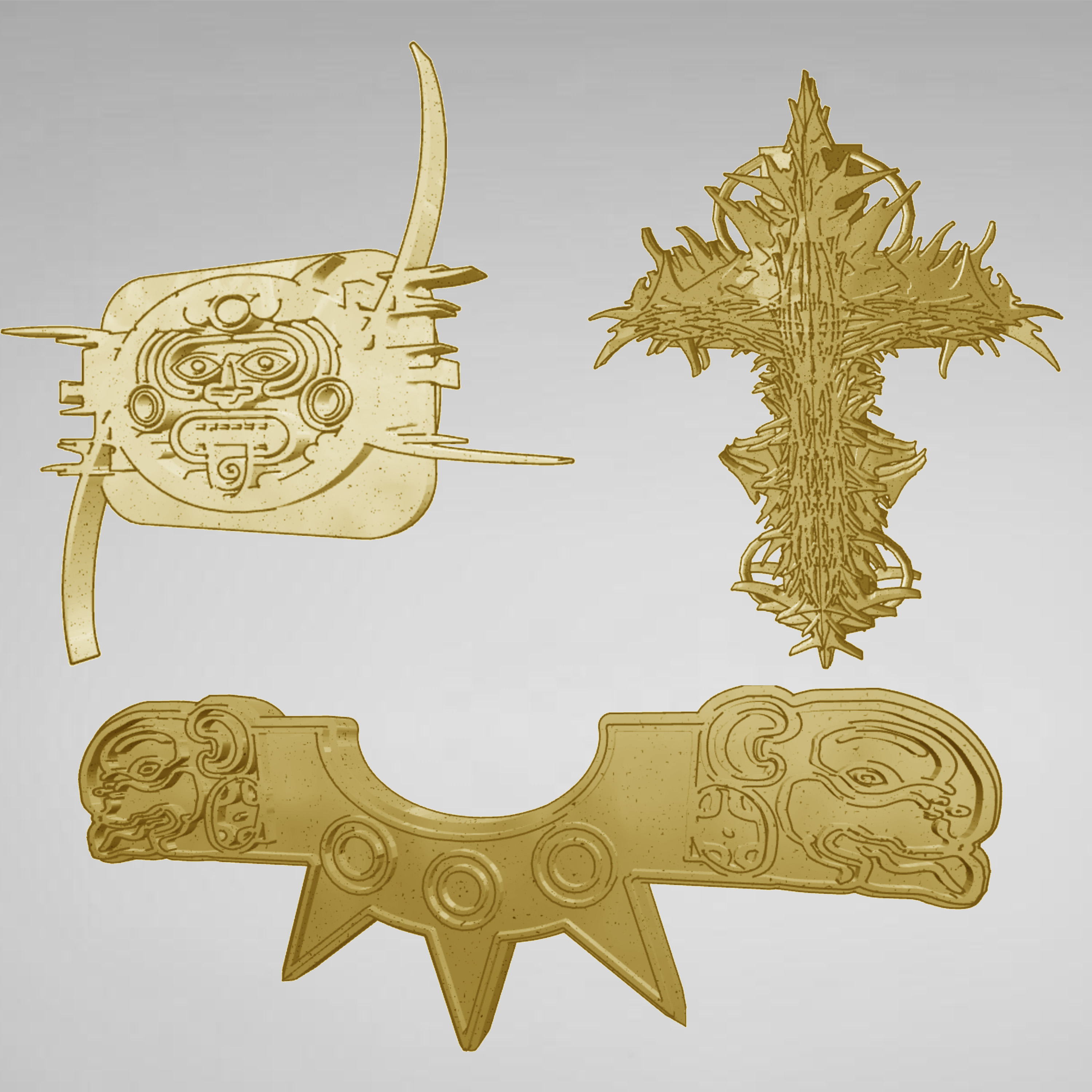
Developing a stage for the products to exist within gives them context and purpose. This was expressed through our photoshoots, short films, and aesthetic explorations.
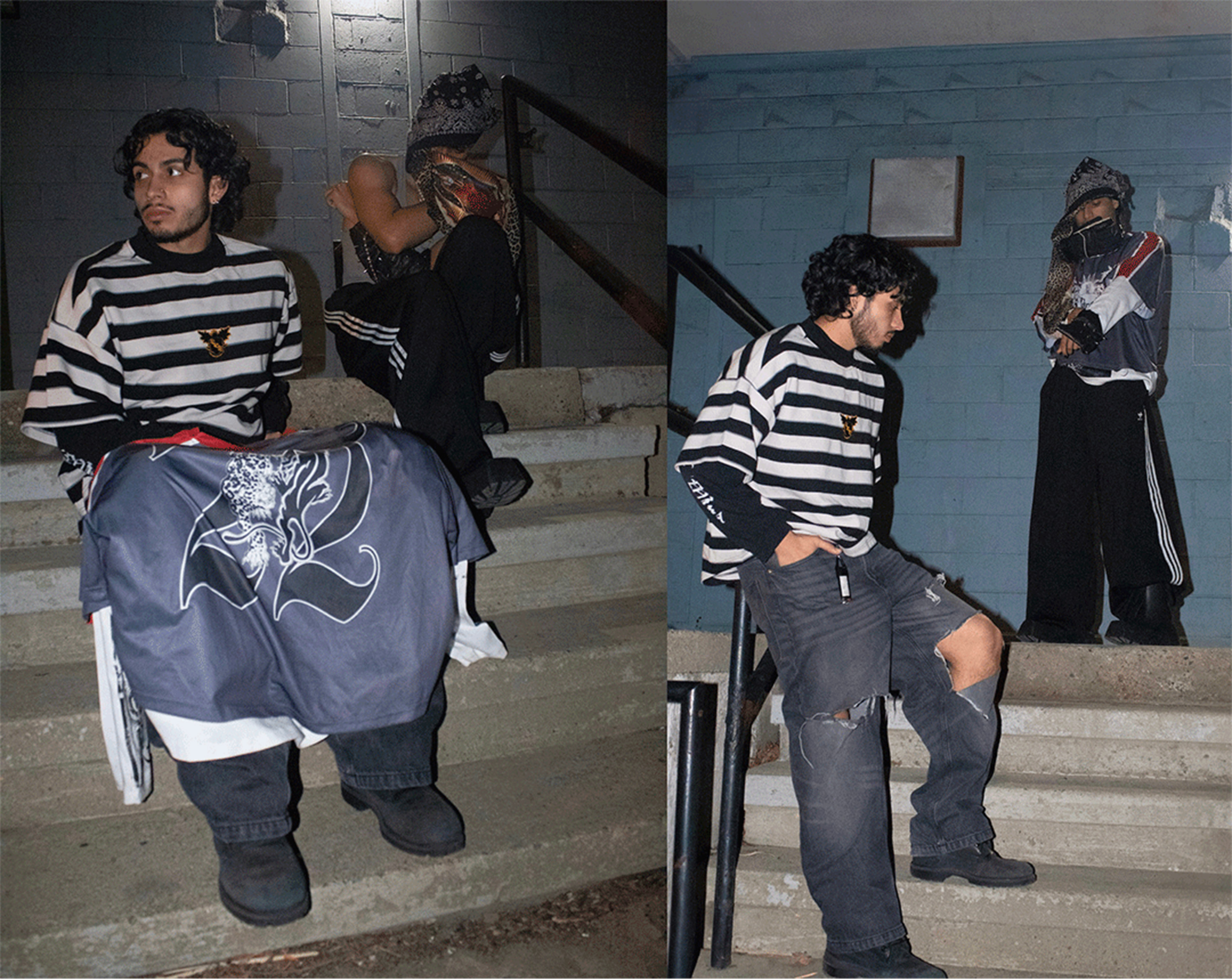
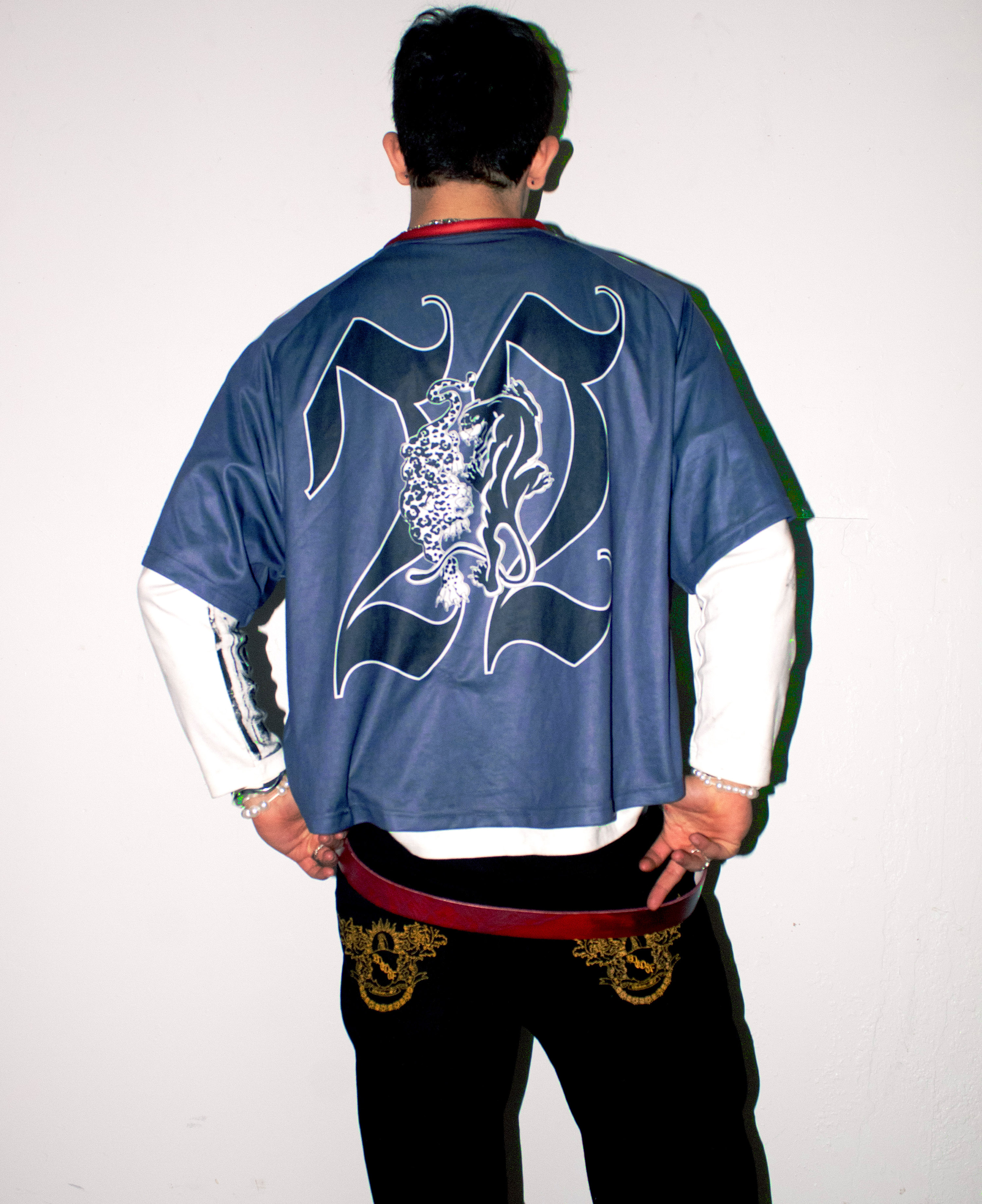
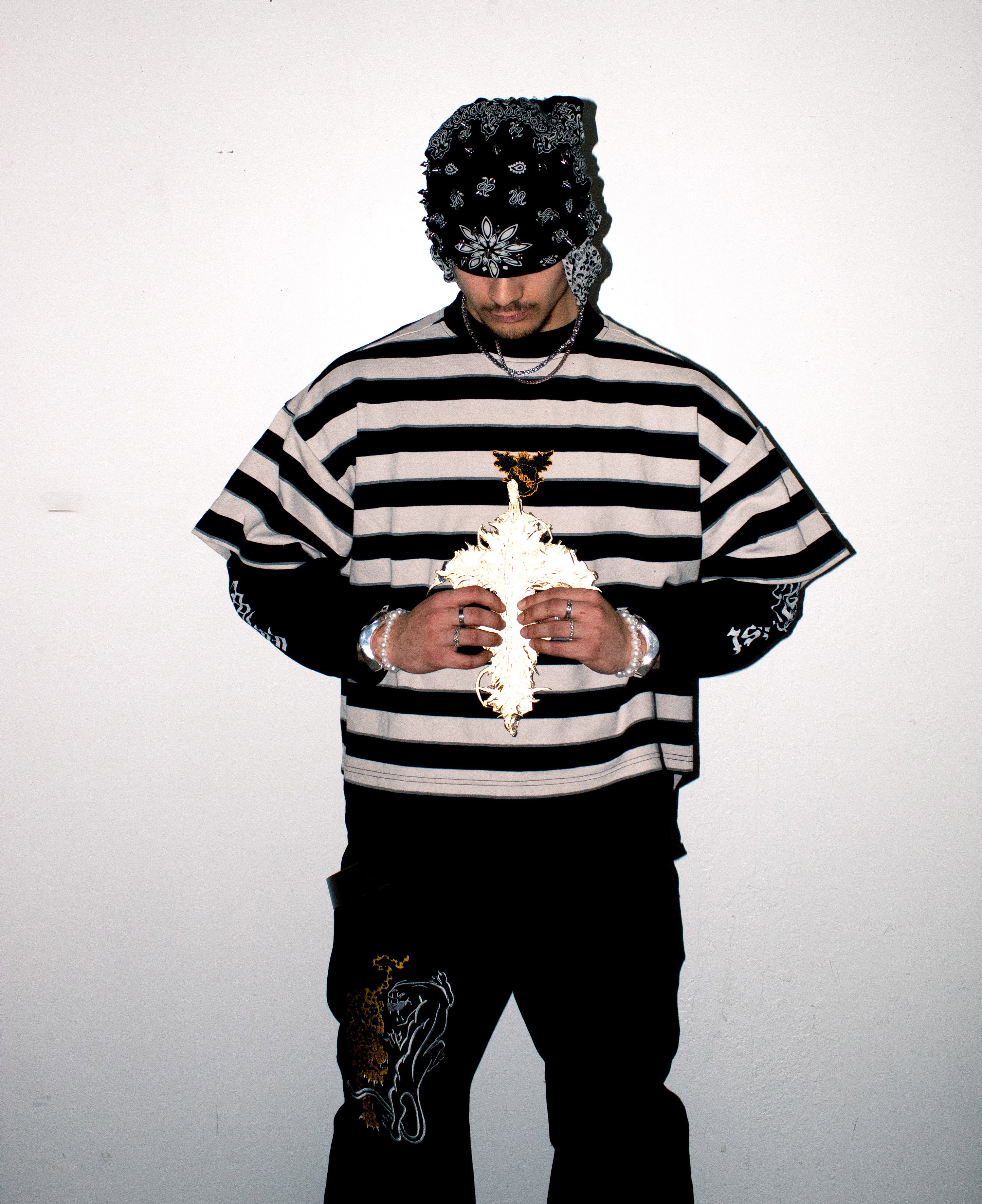
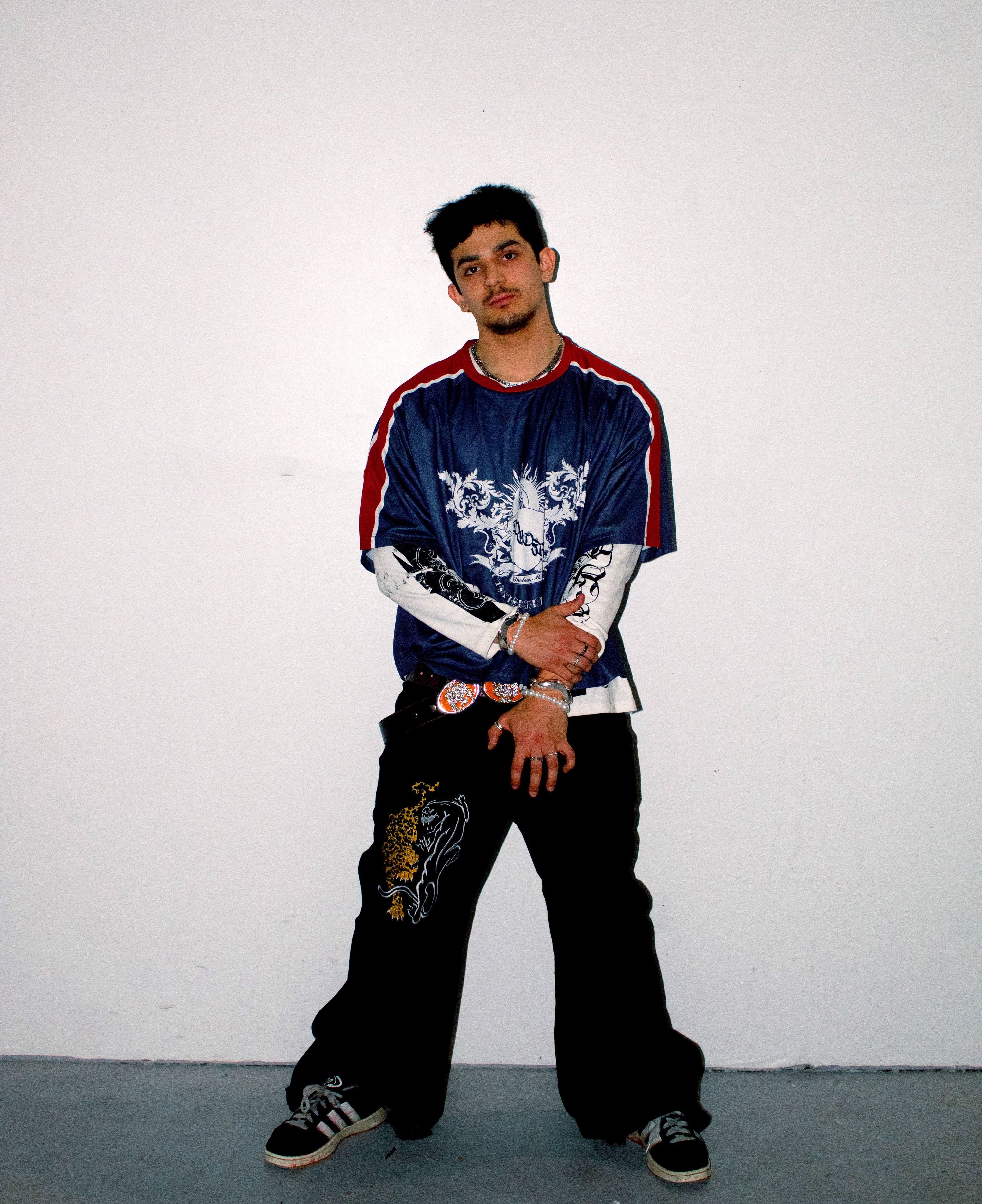
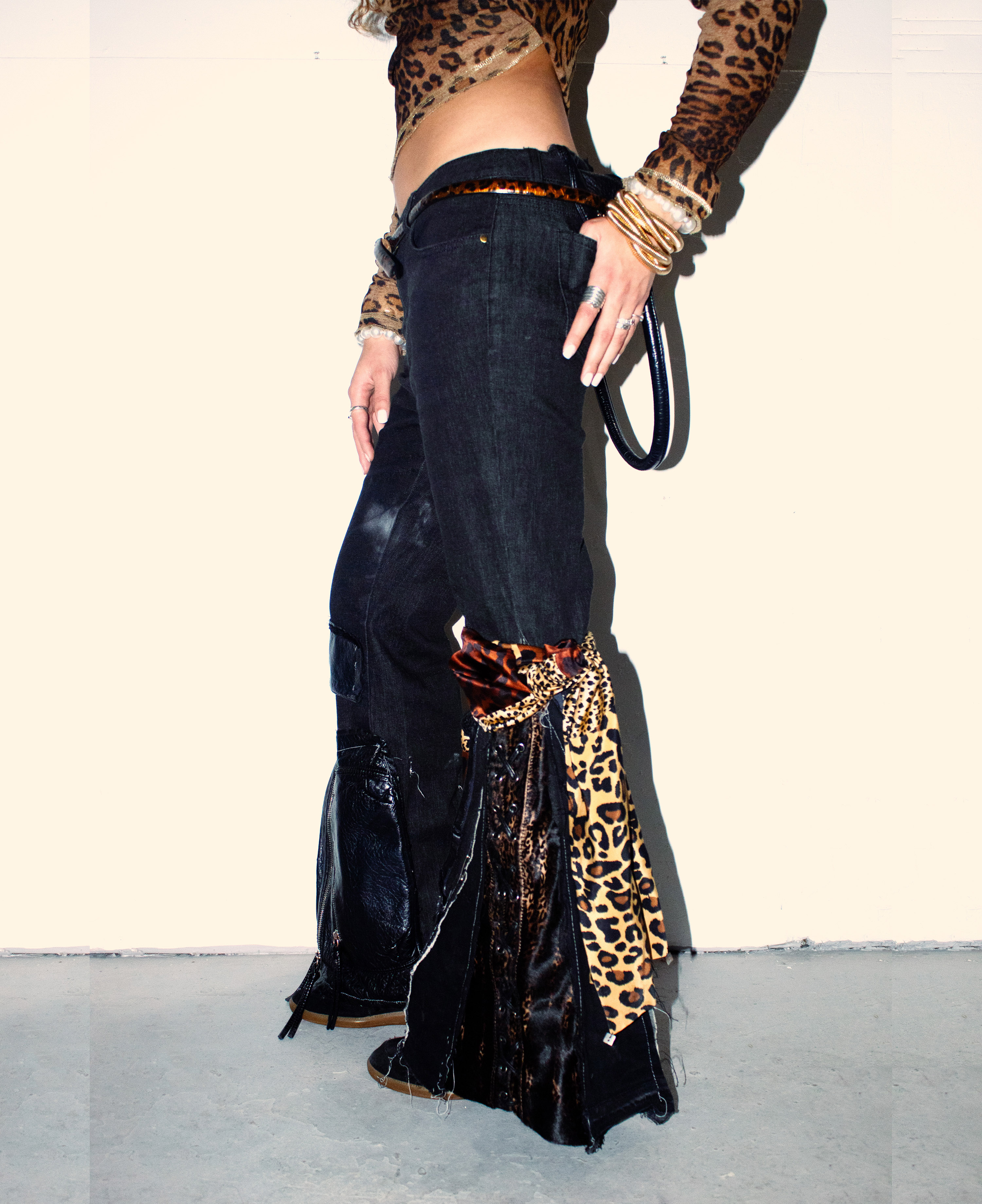
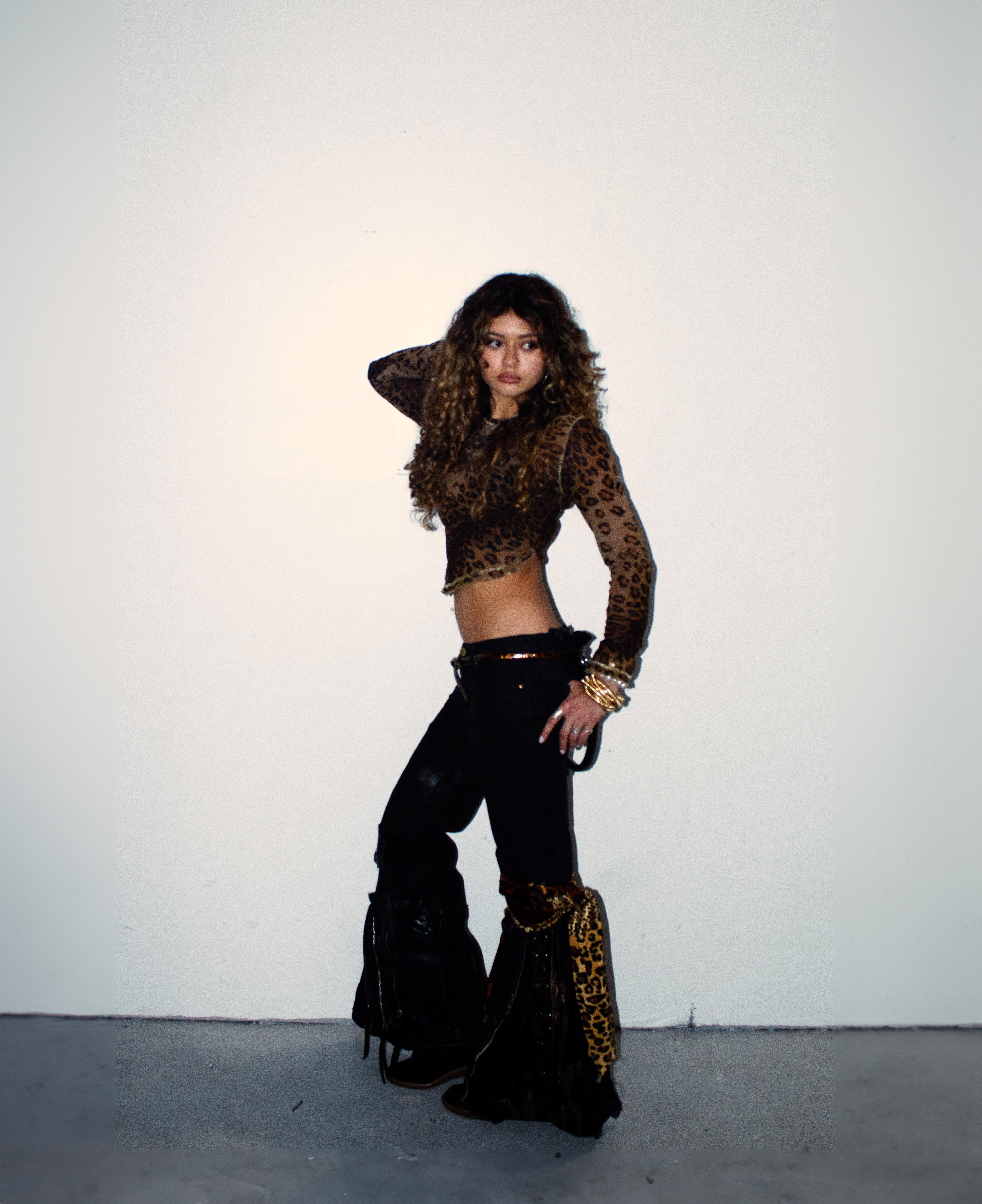
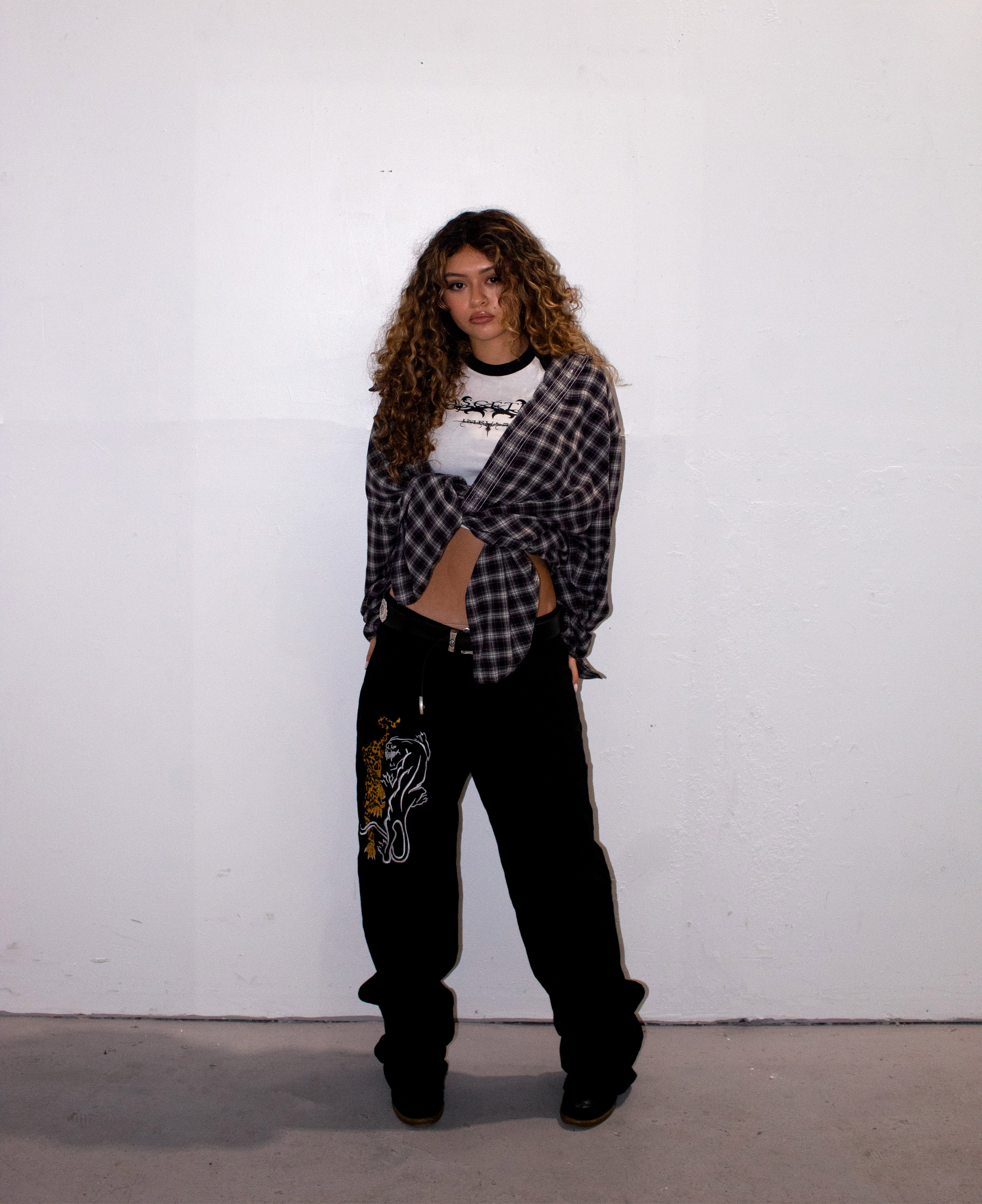
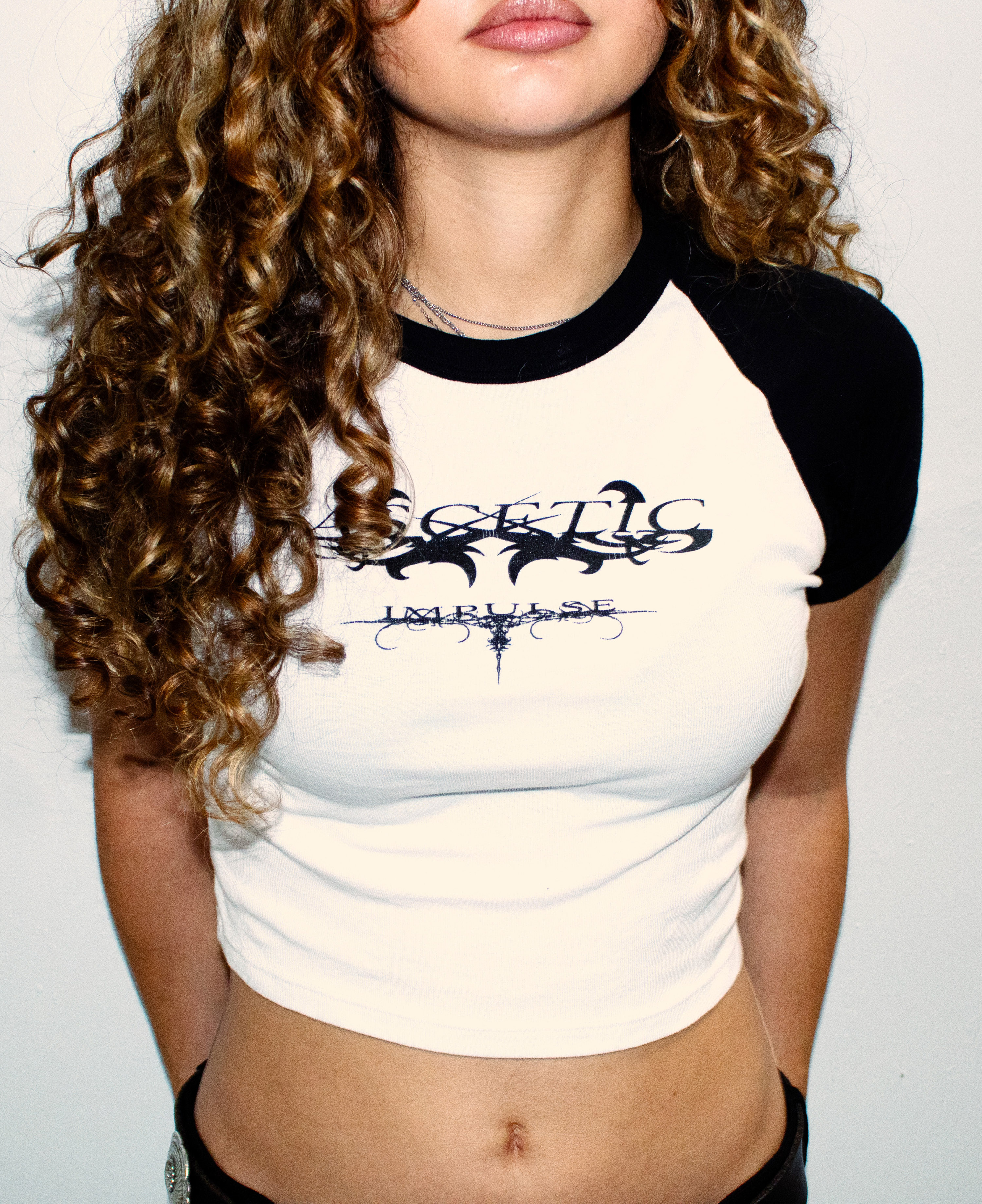
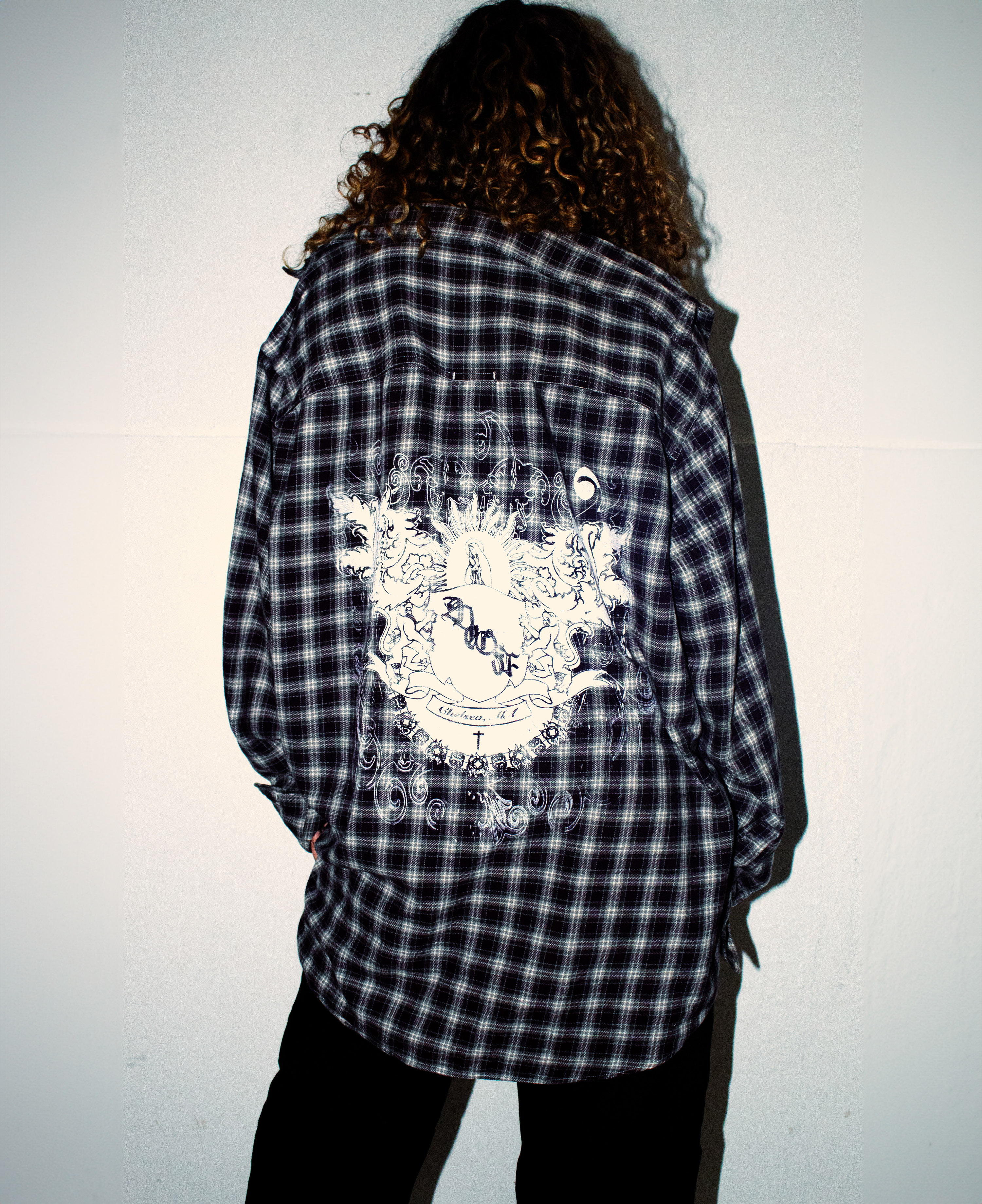

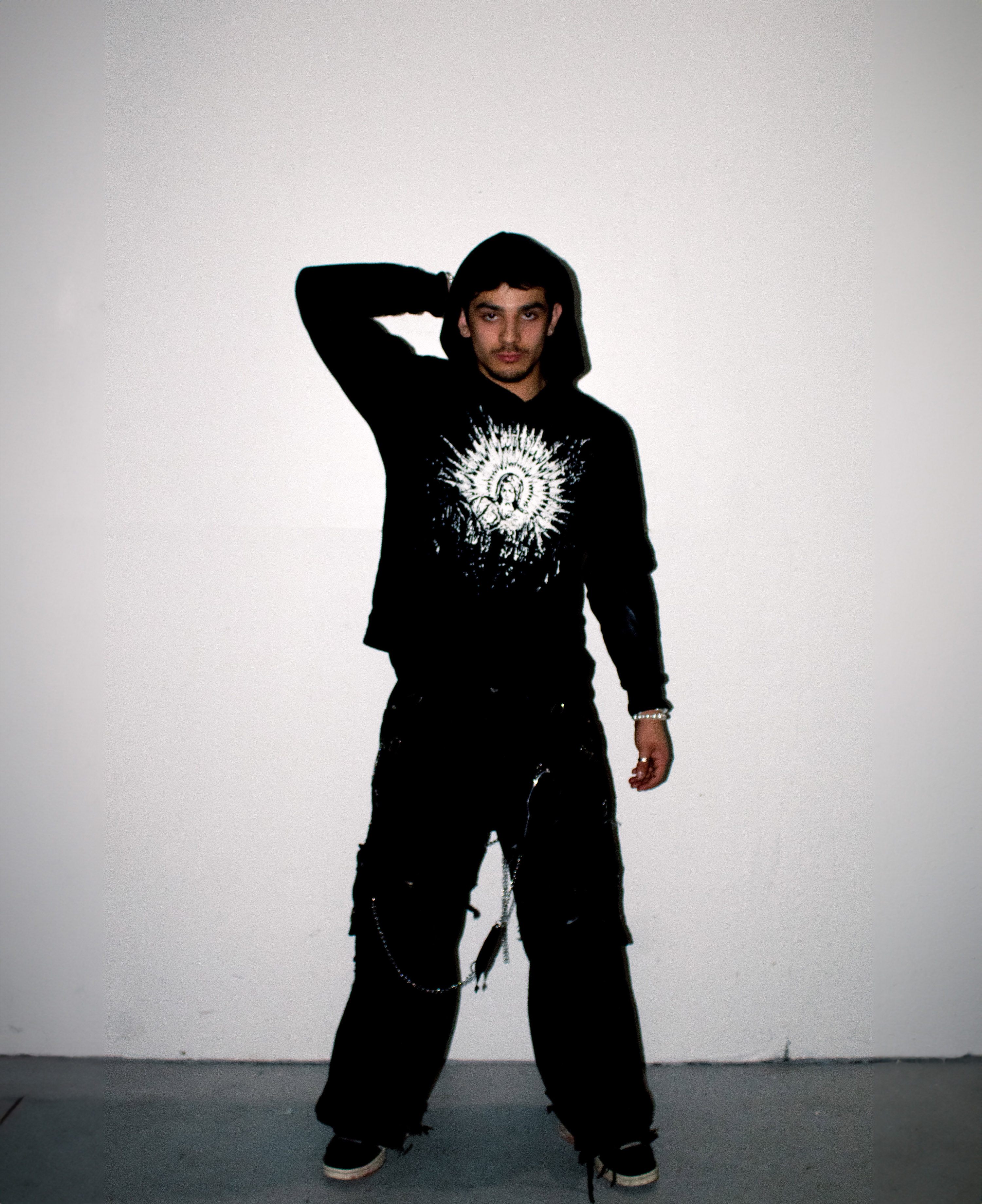

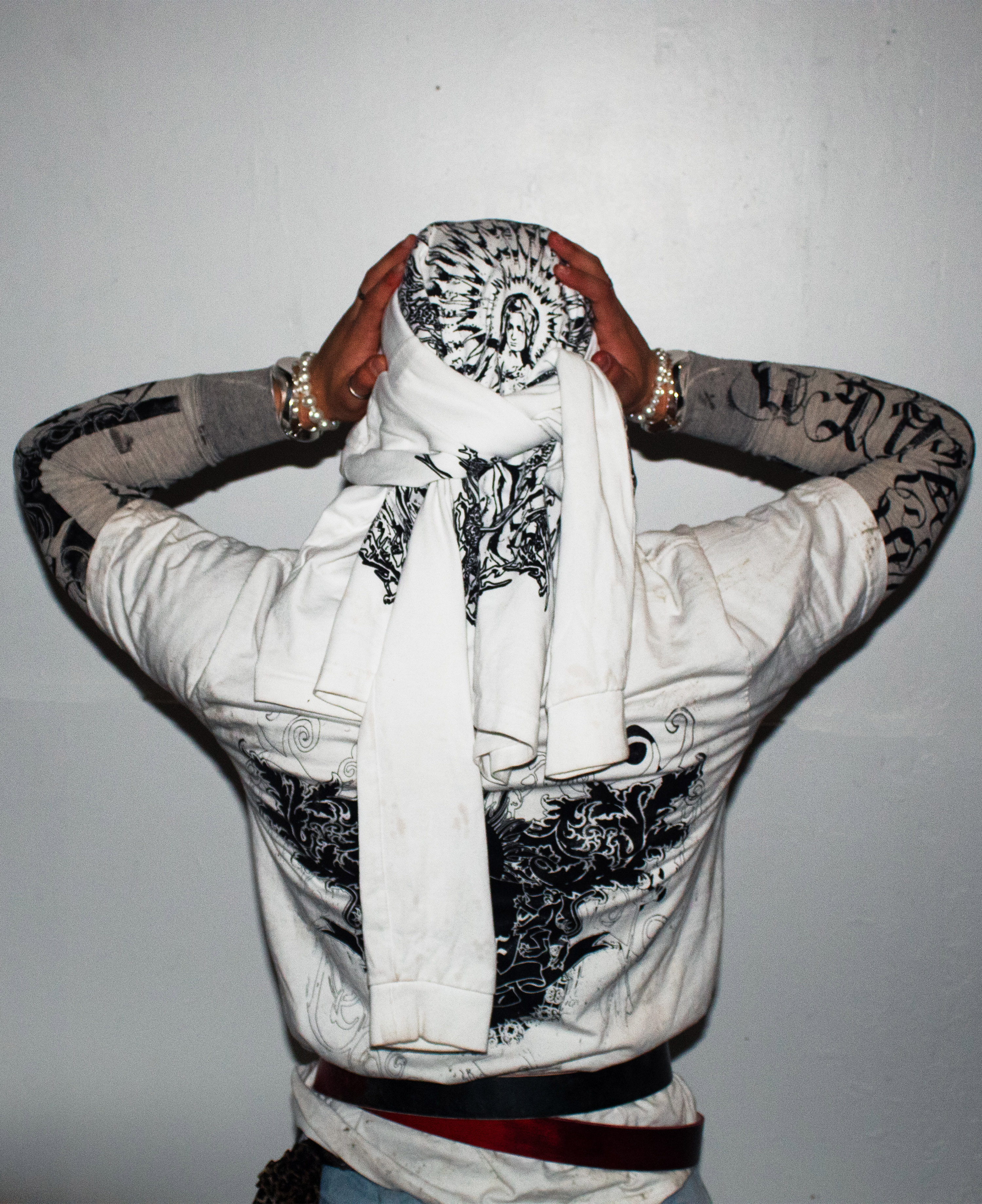
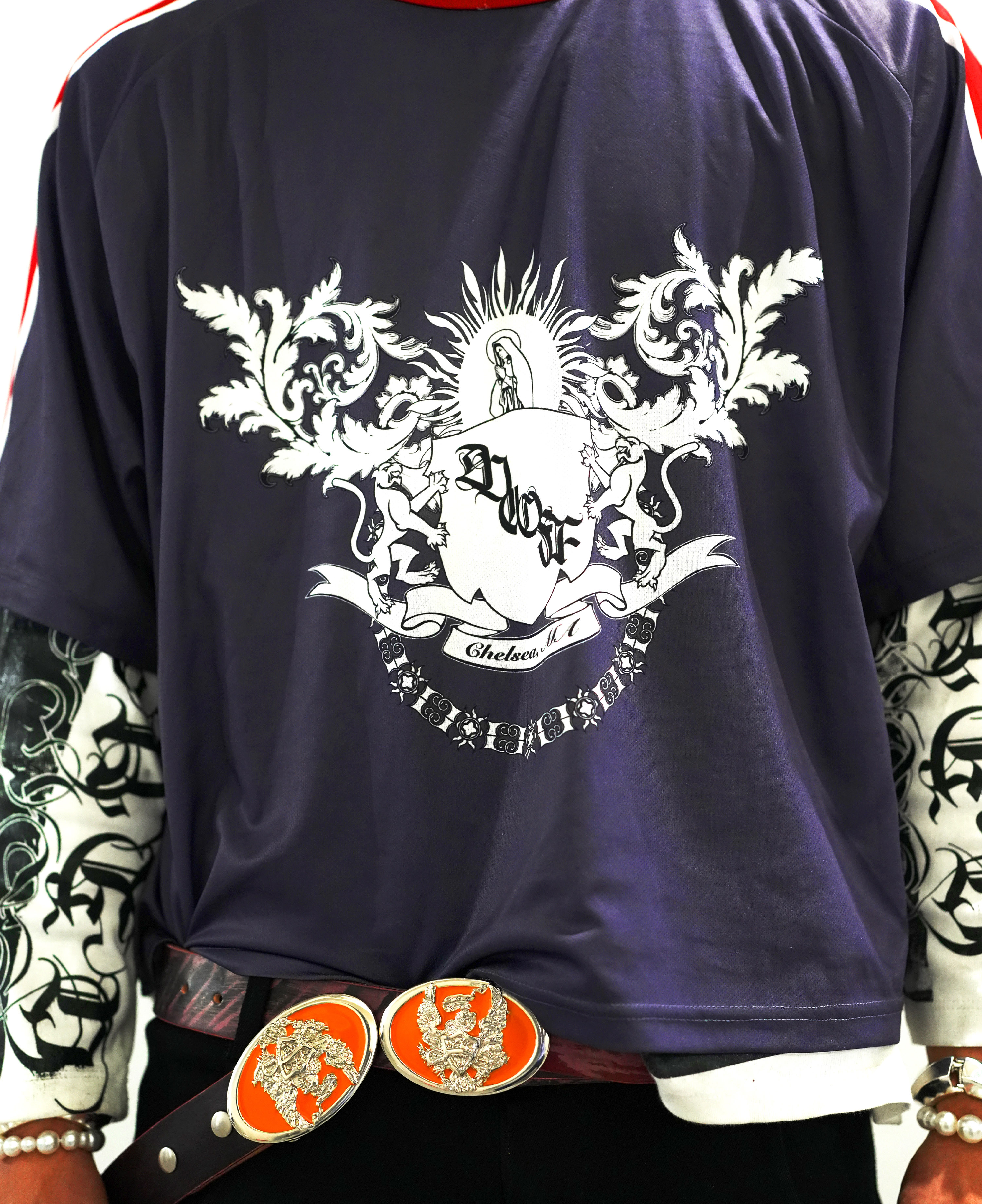
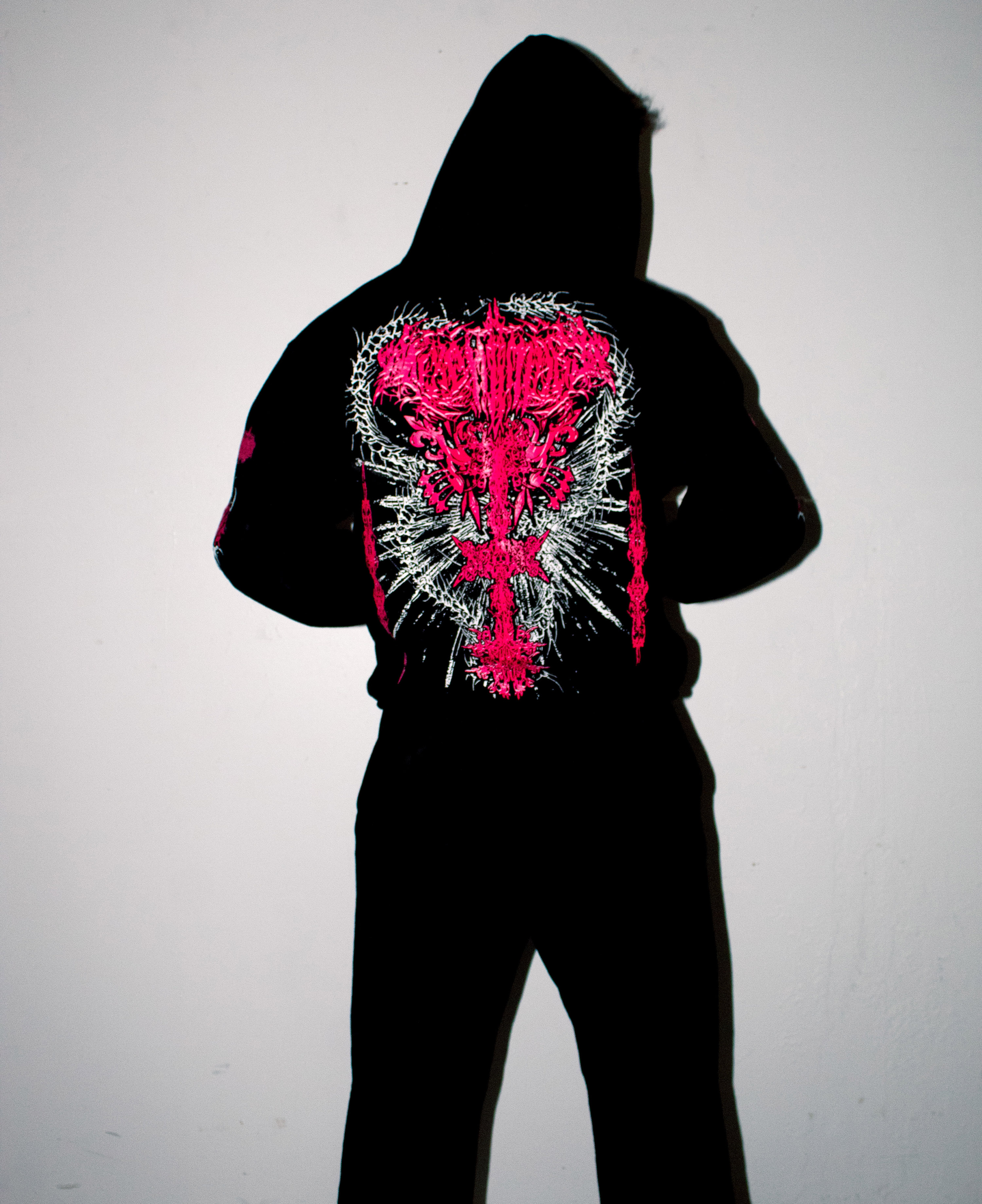
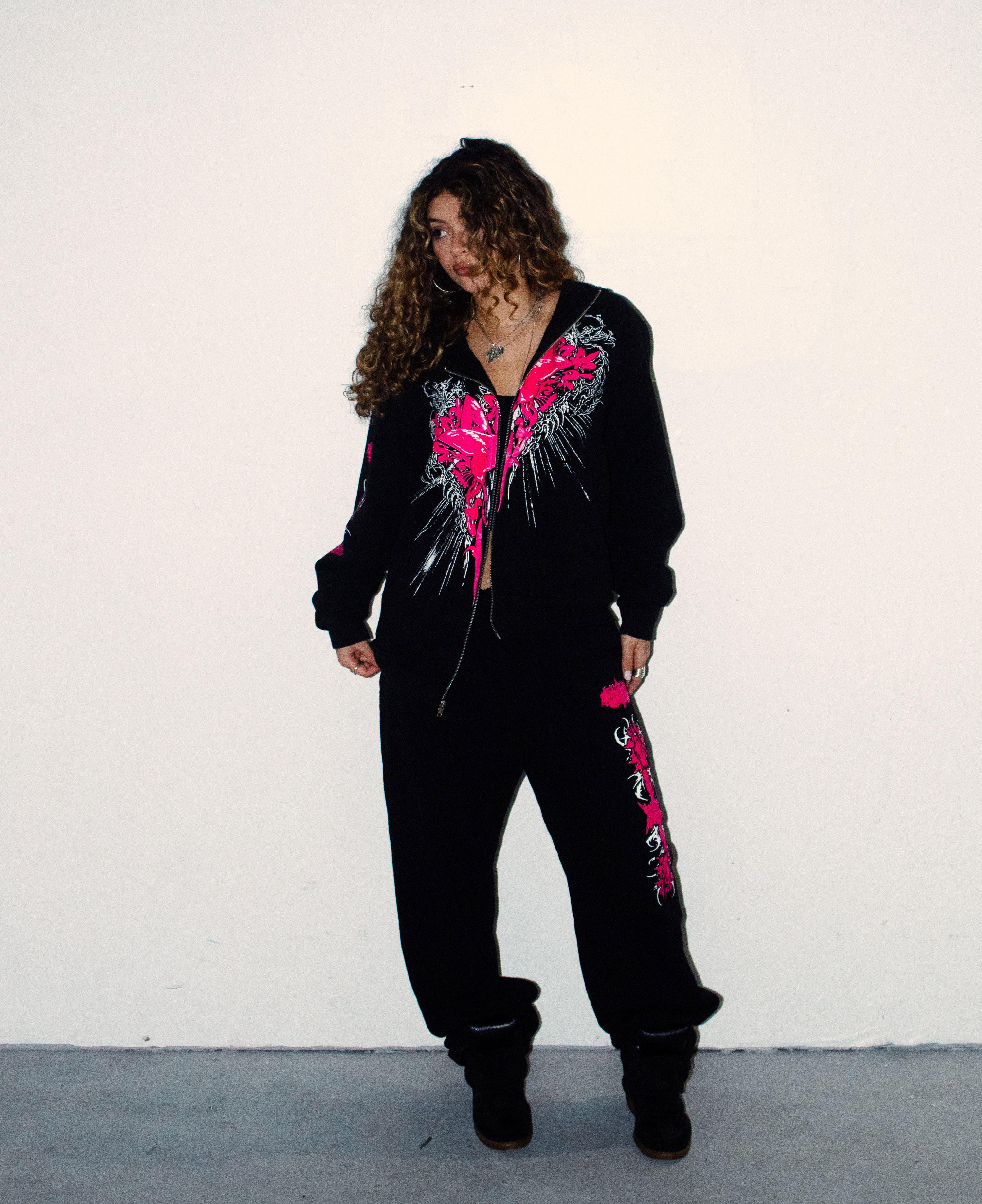
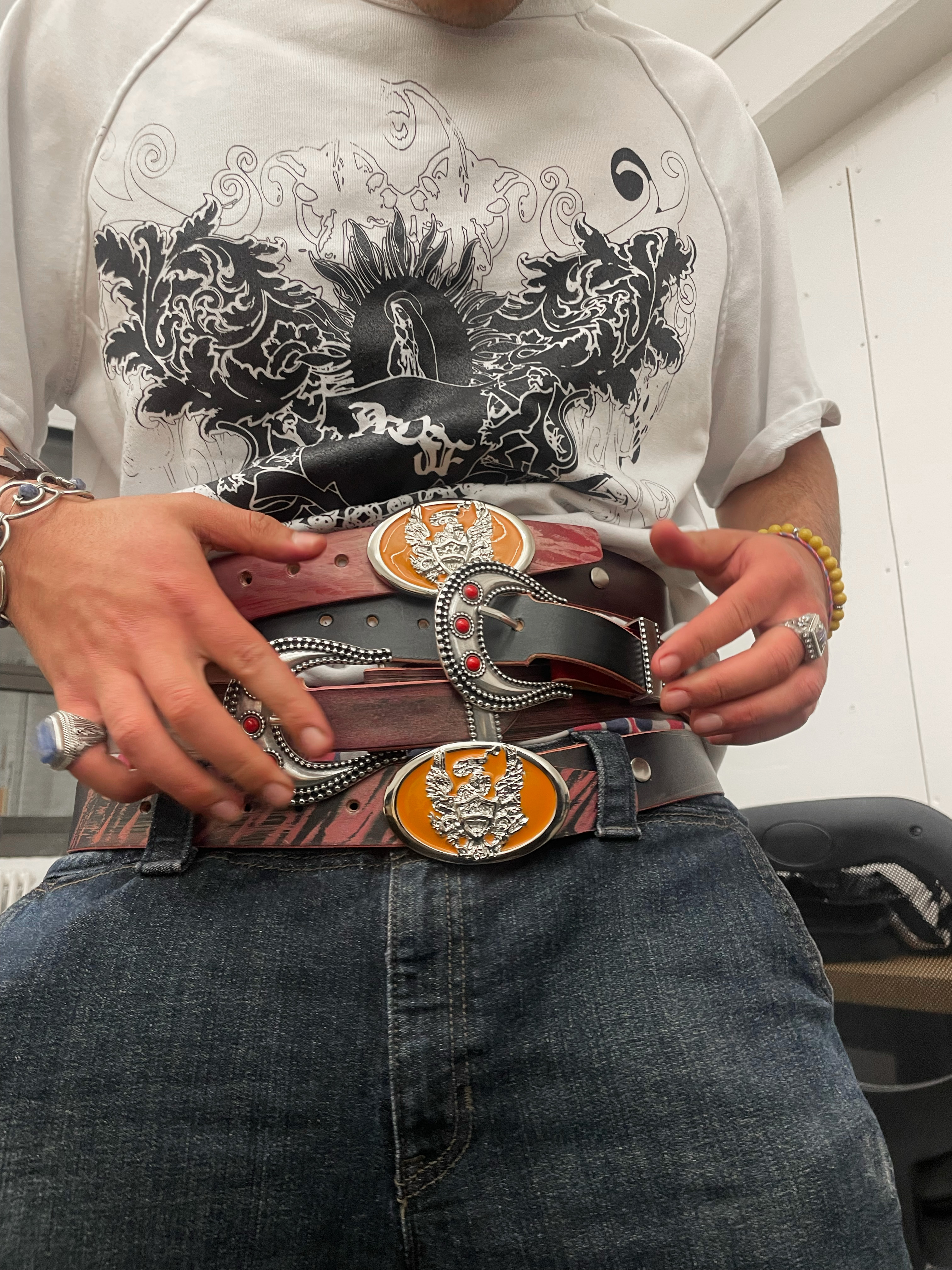
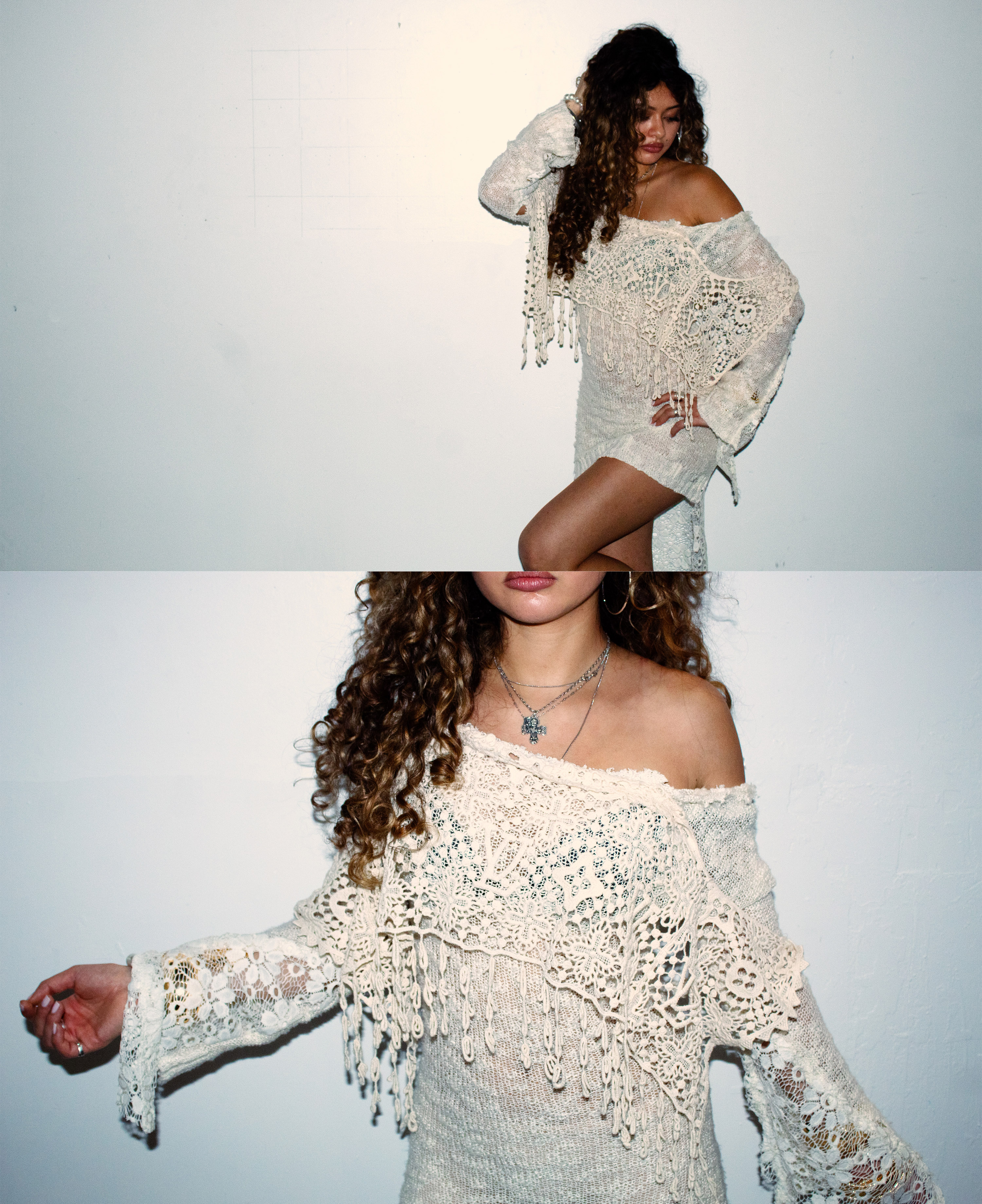
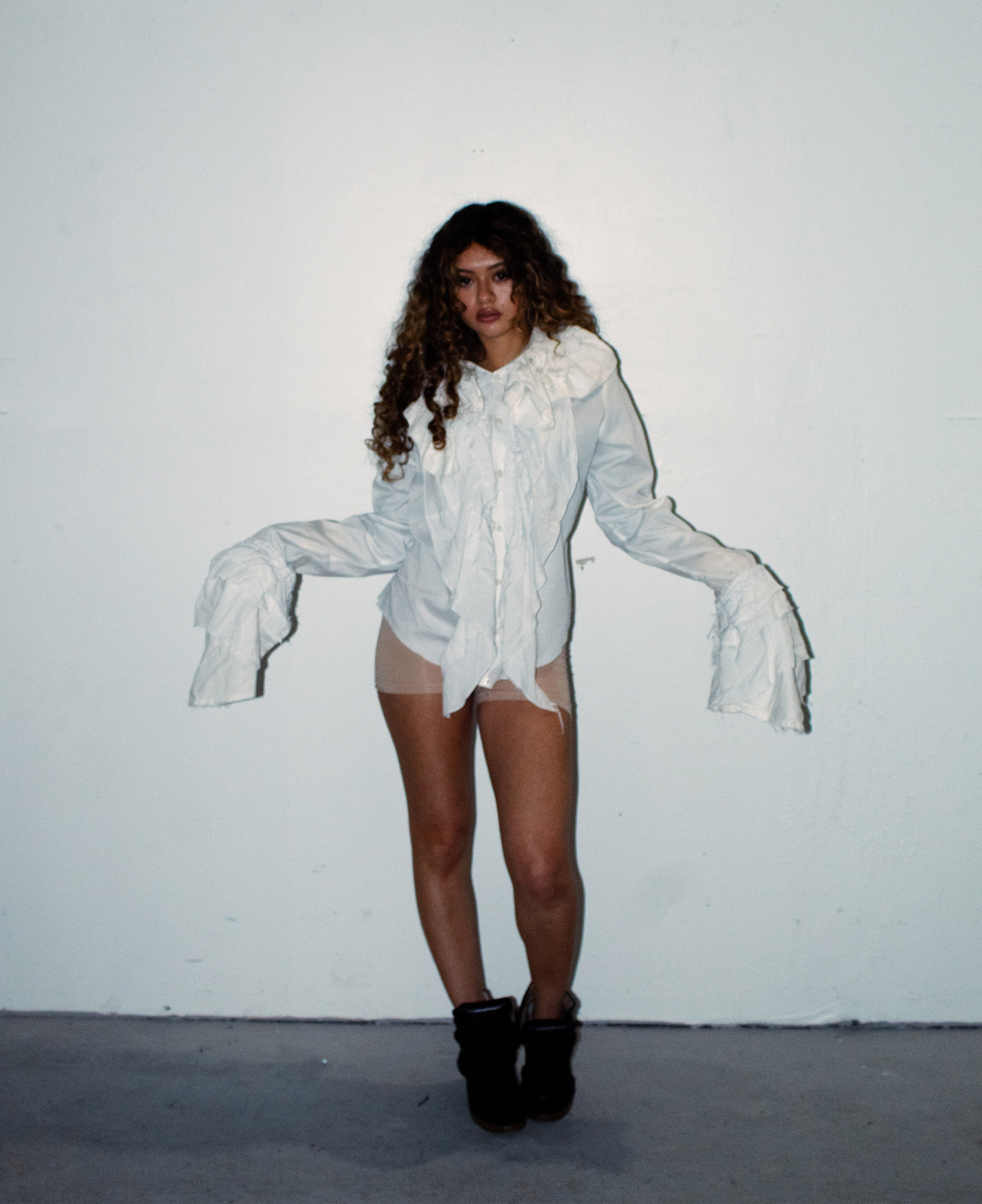
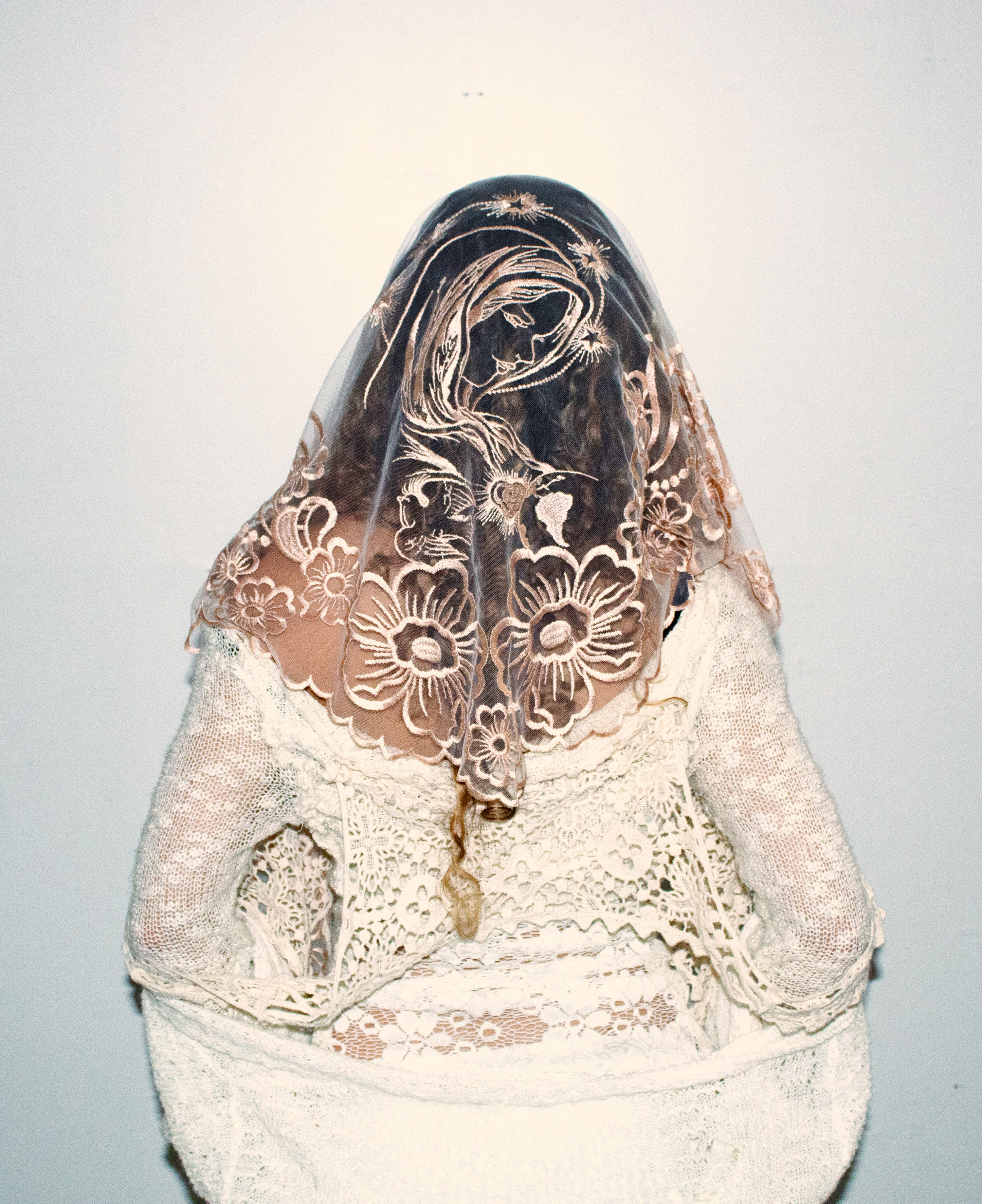
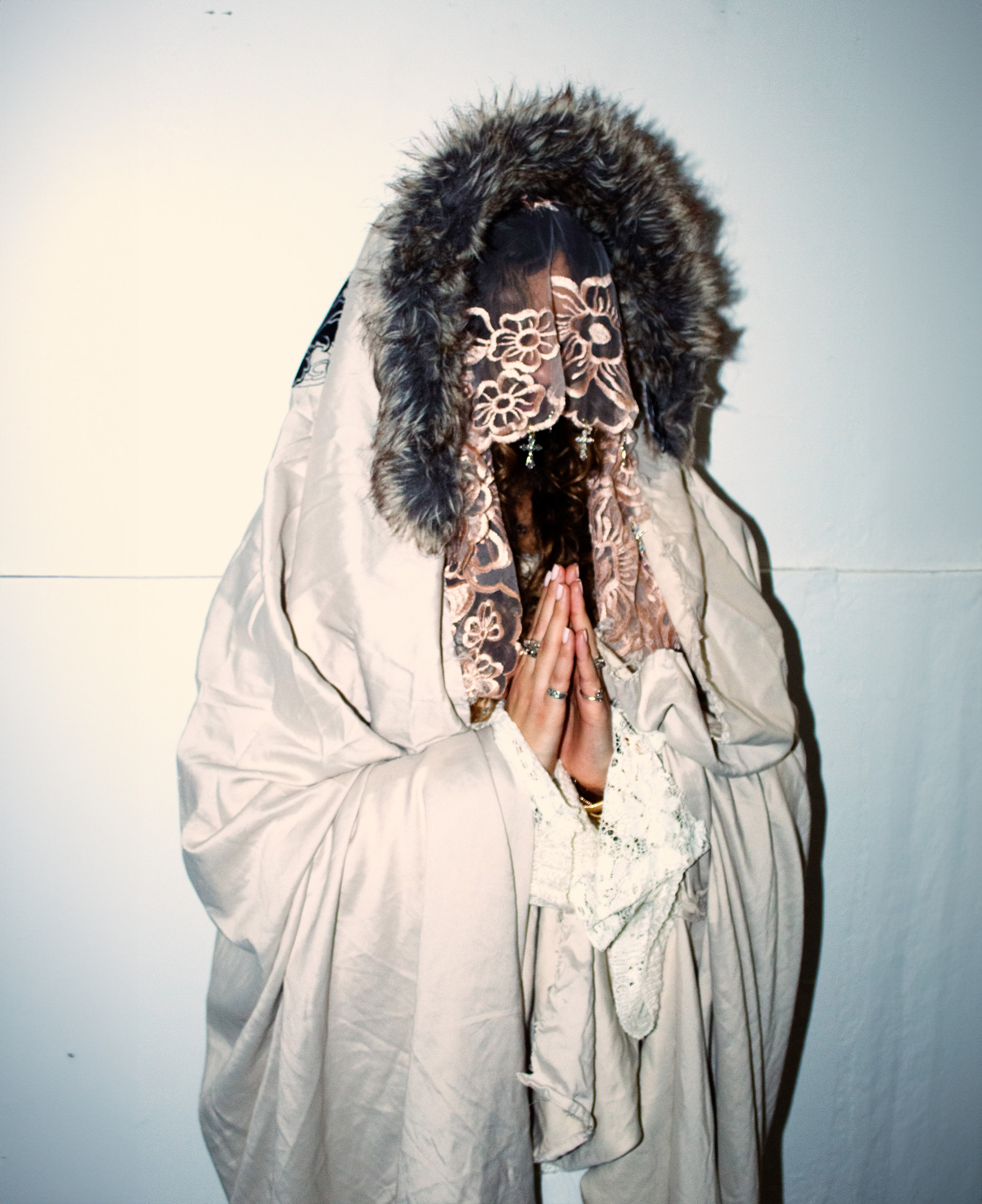
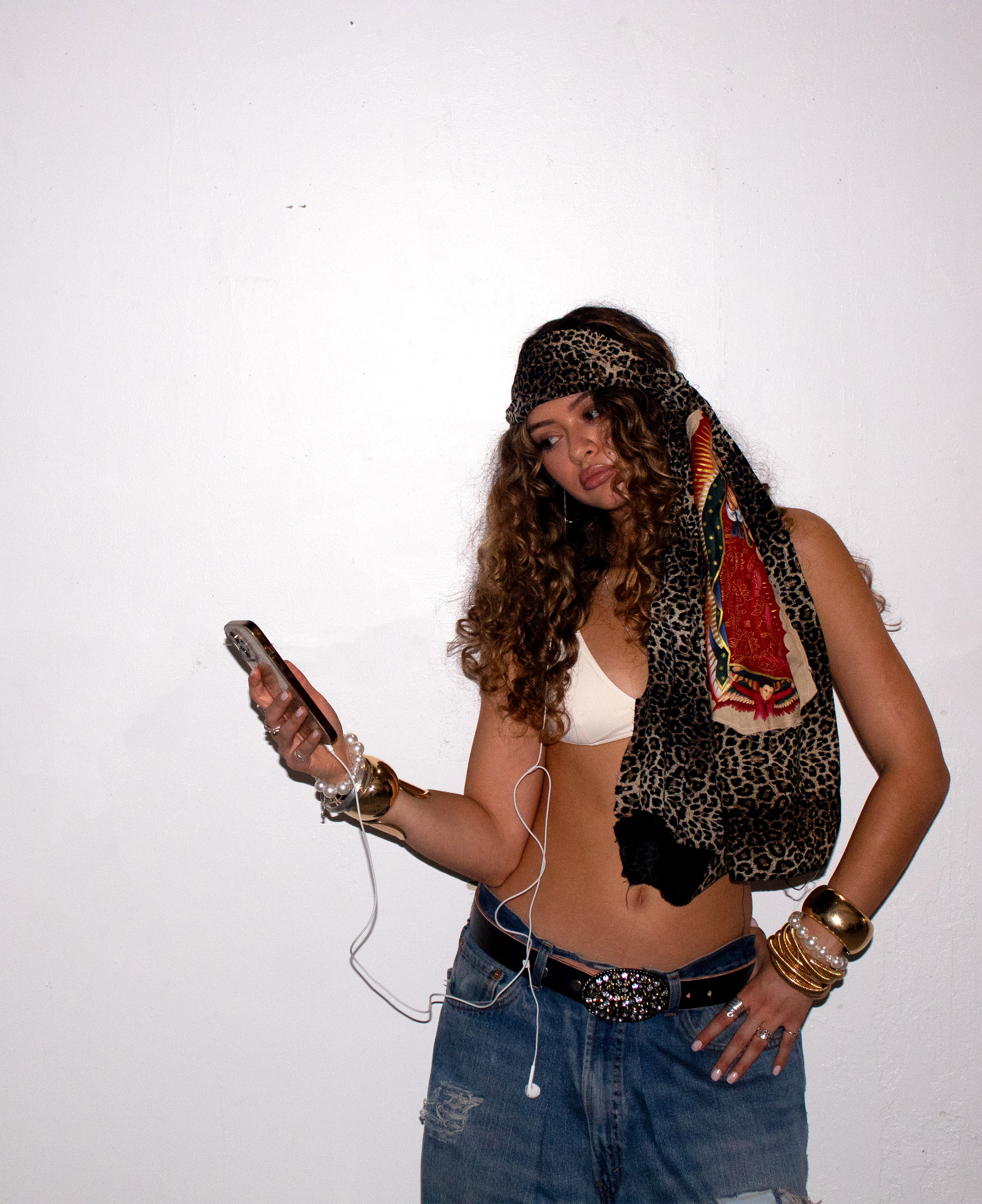
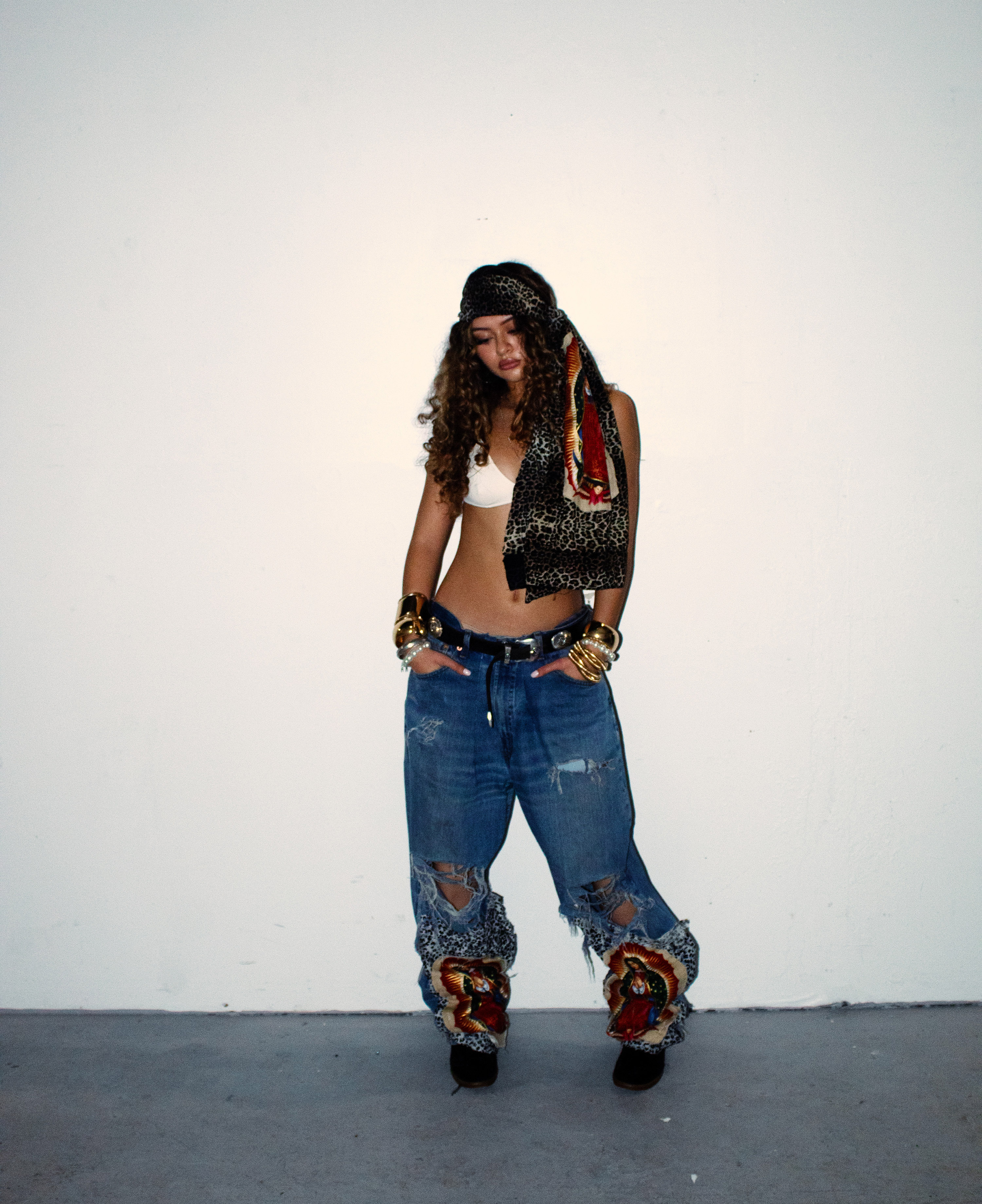
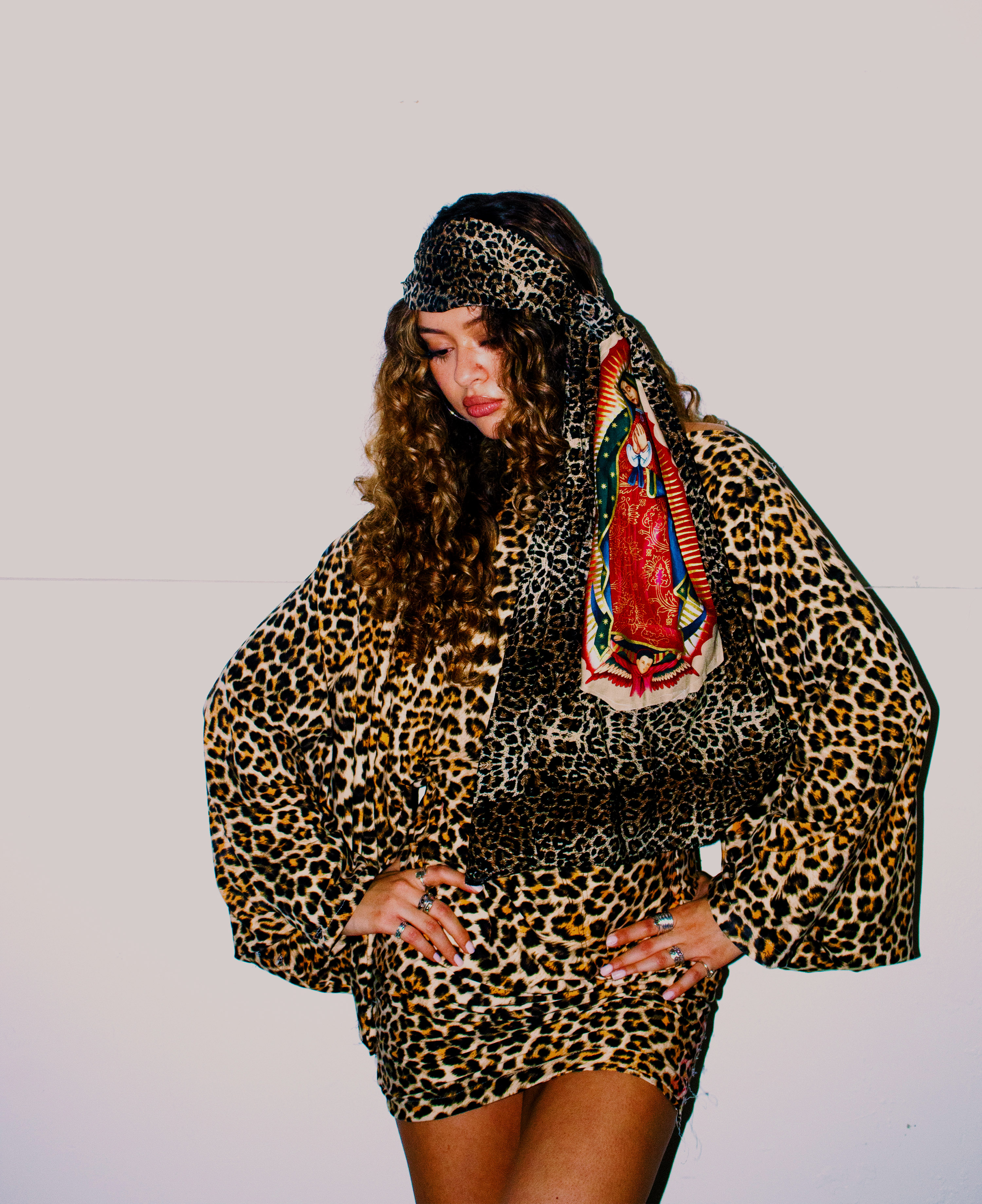
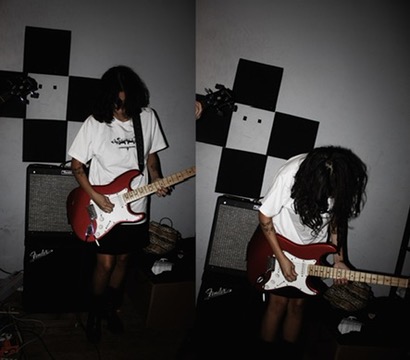
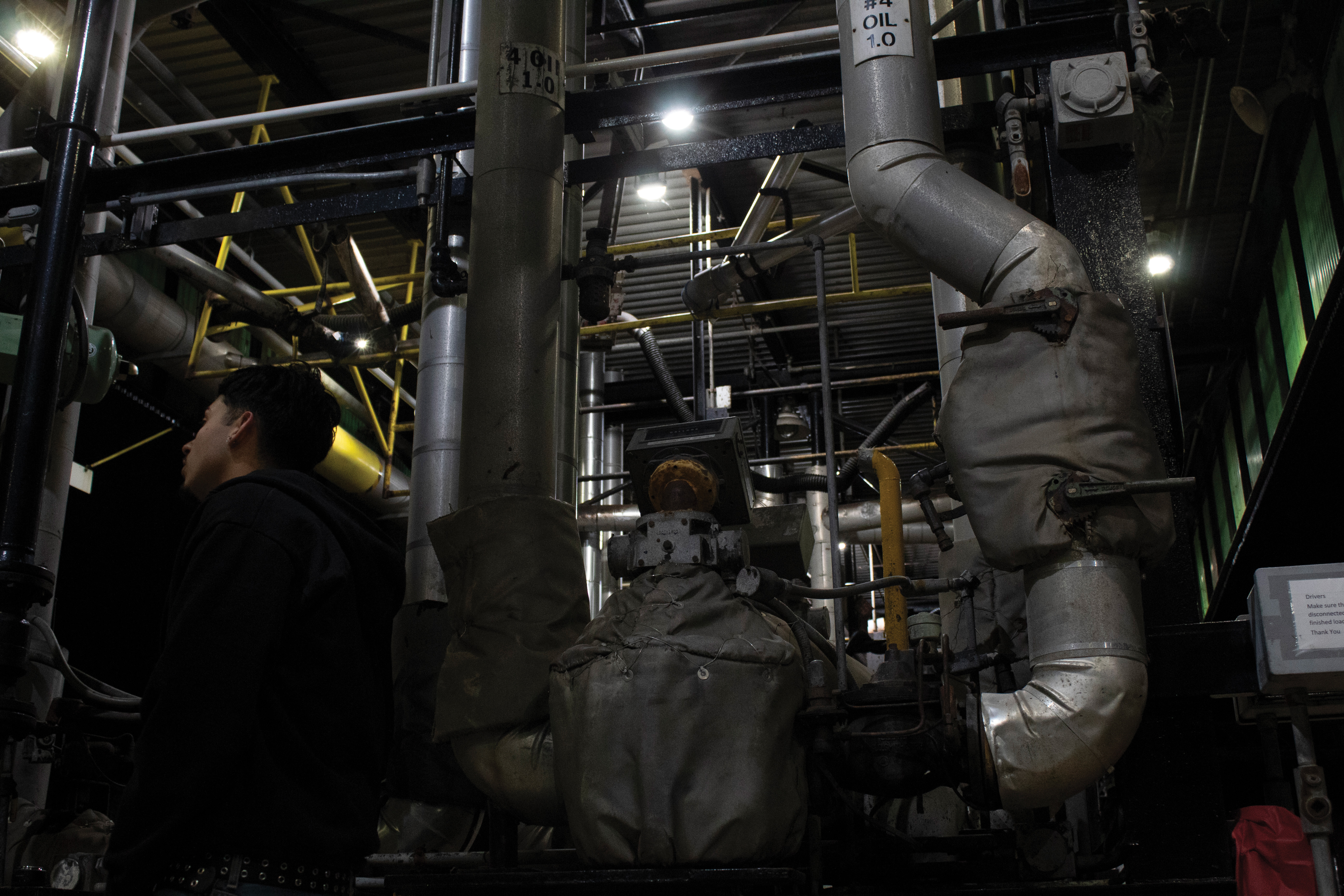
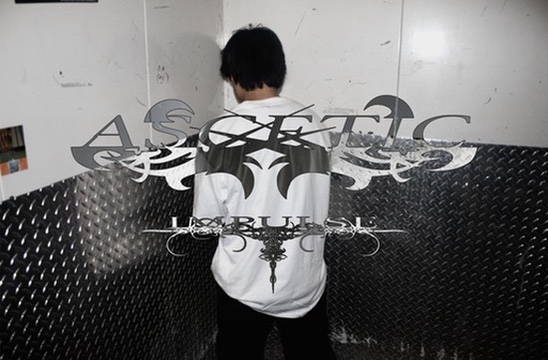
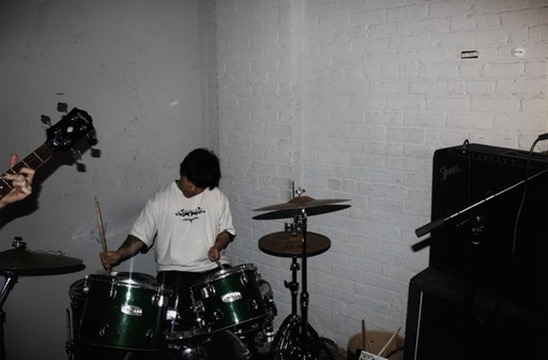
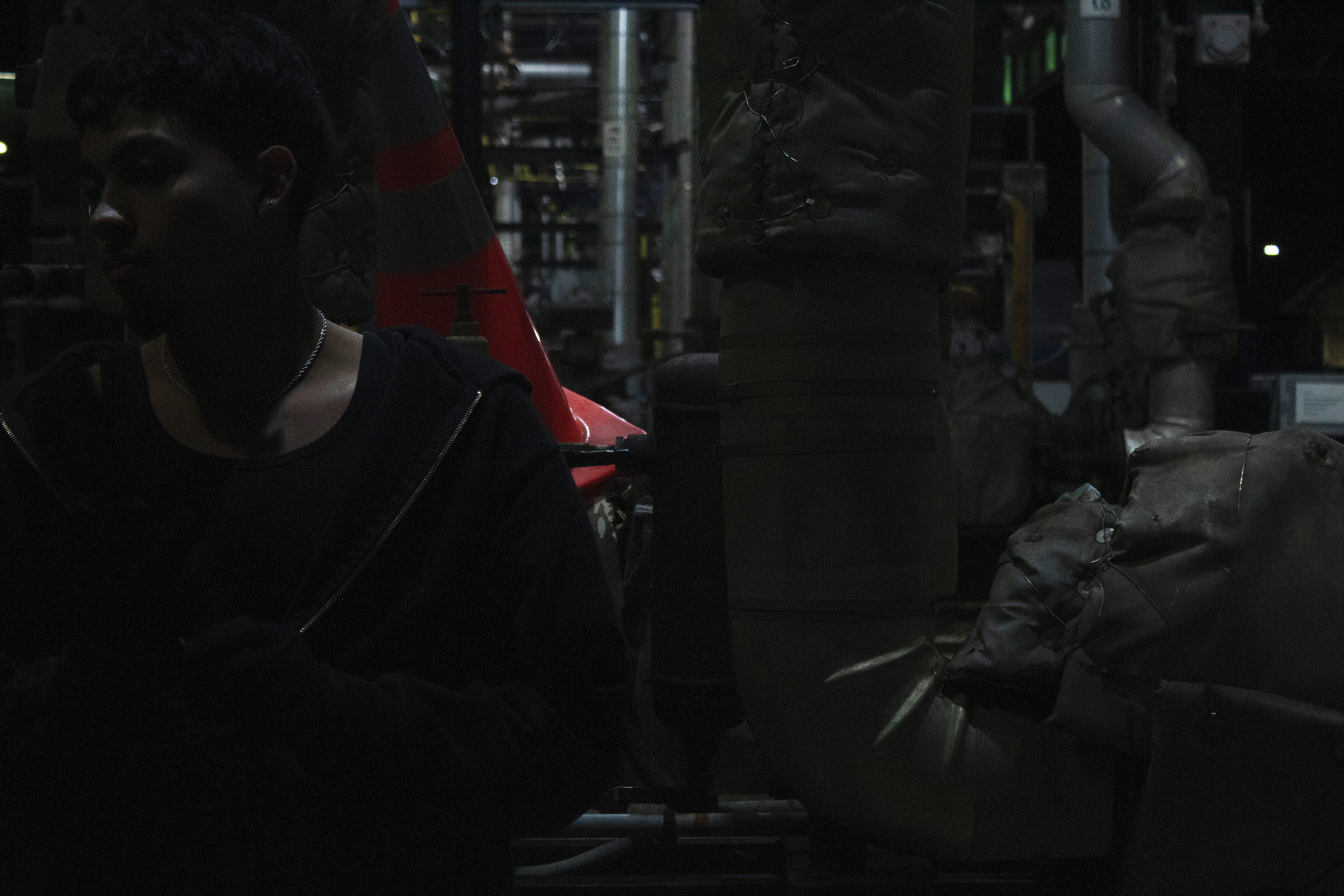
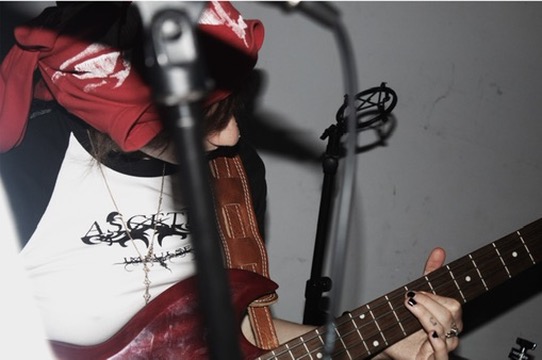
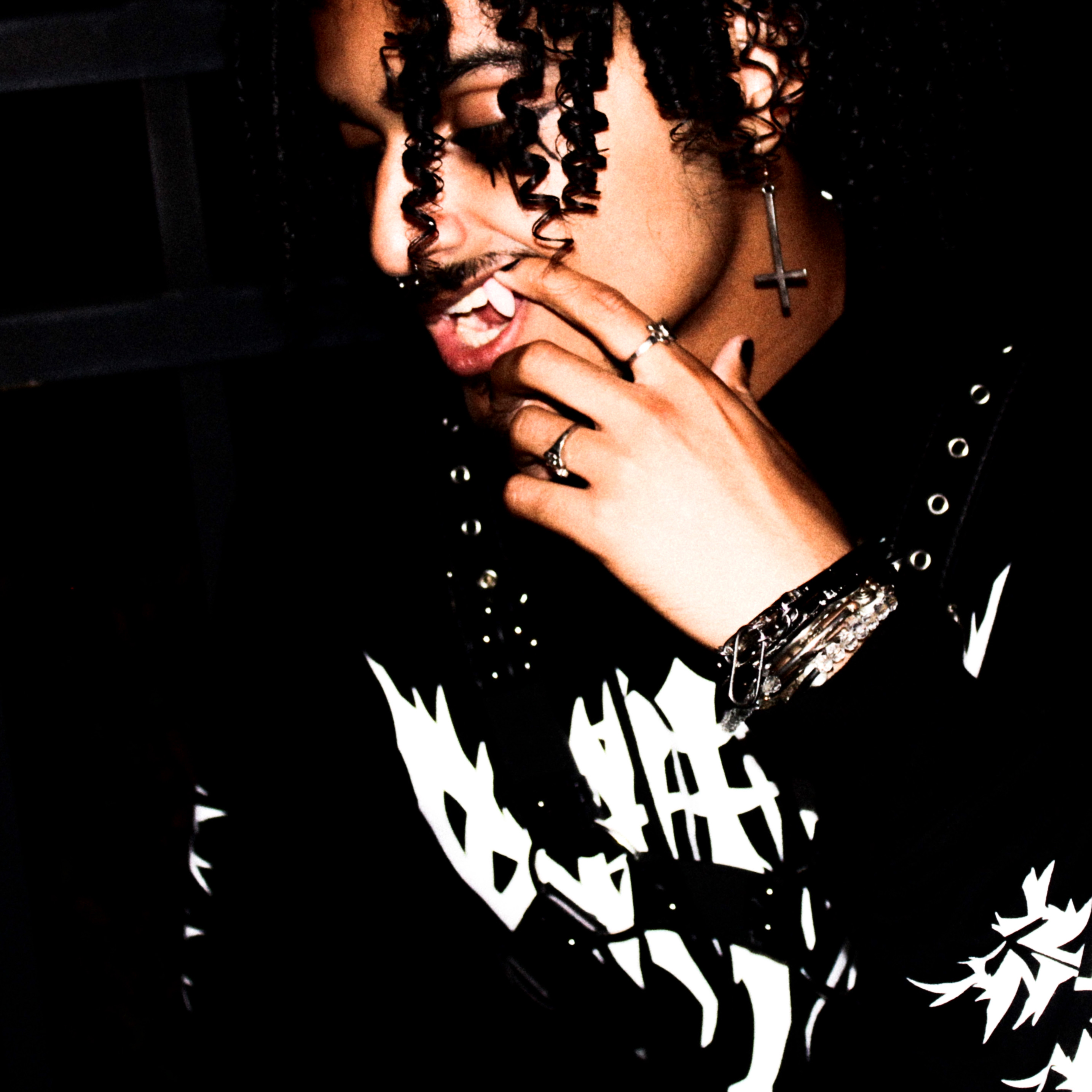
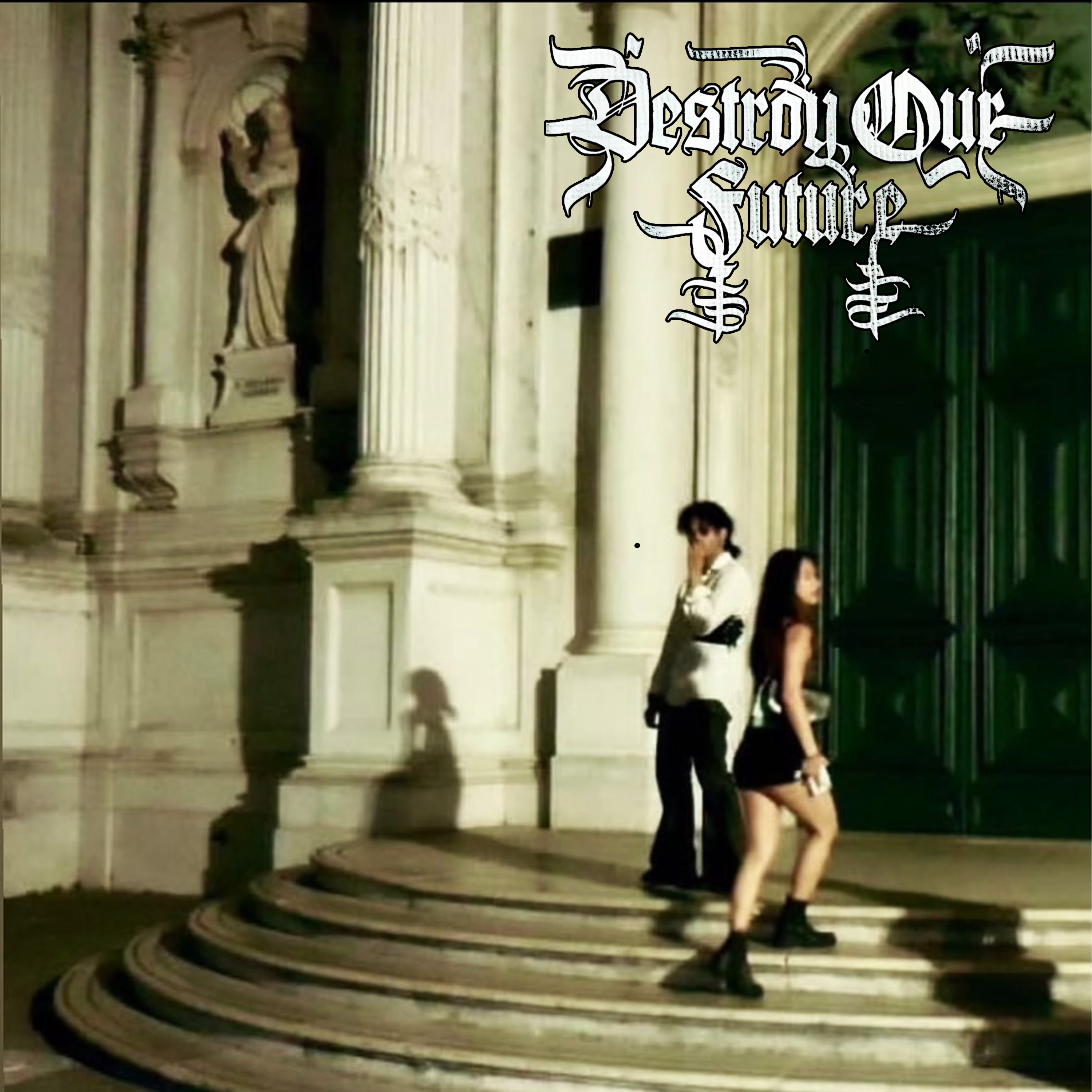
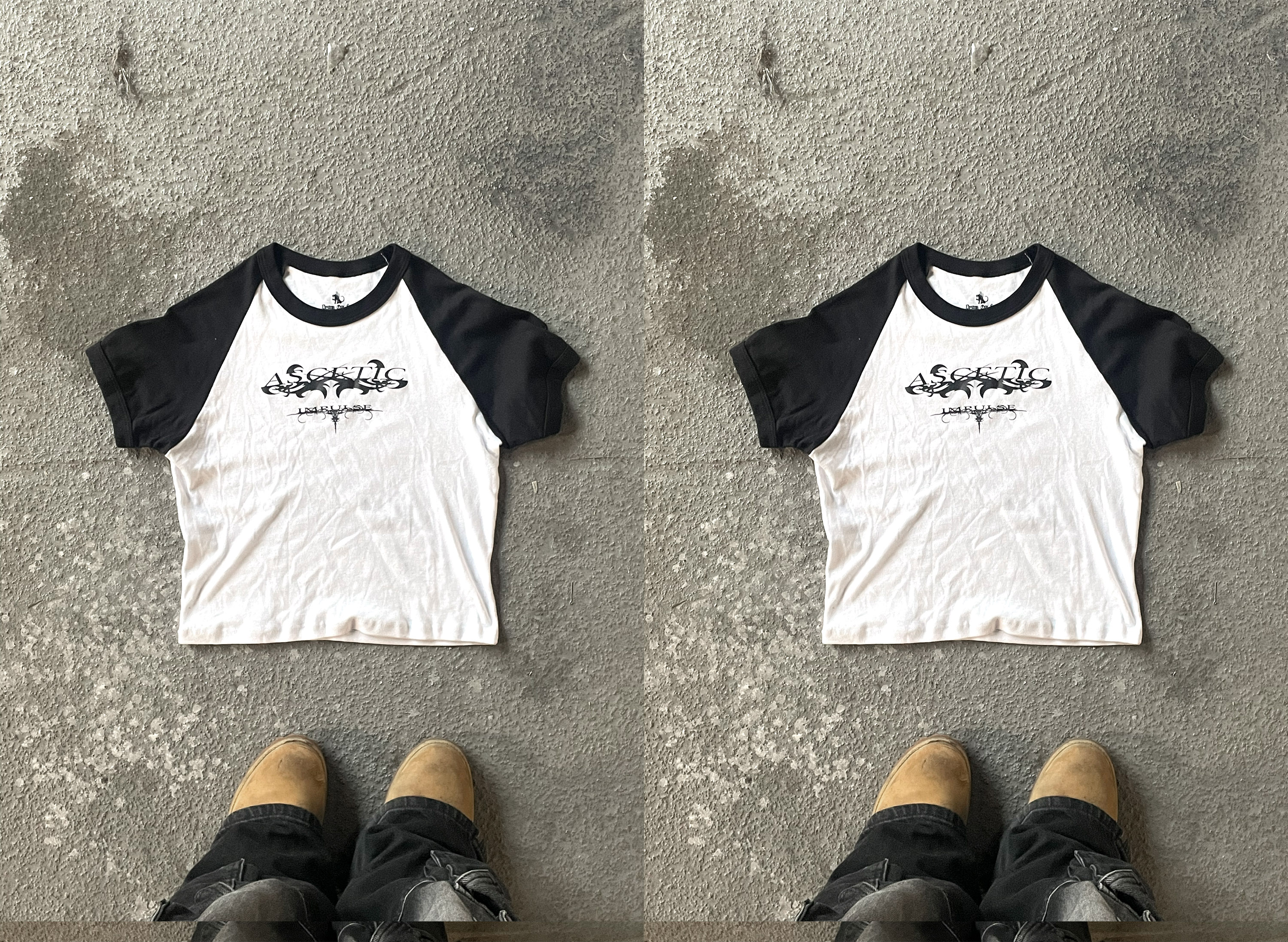
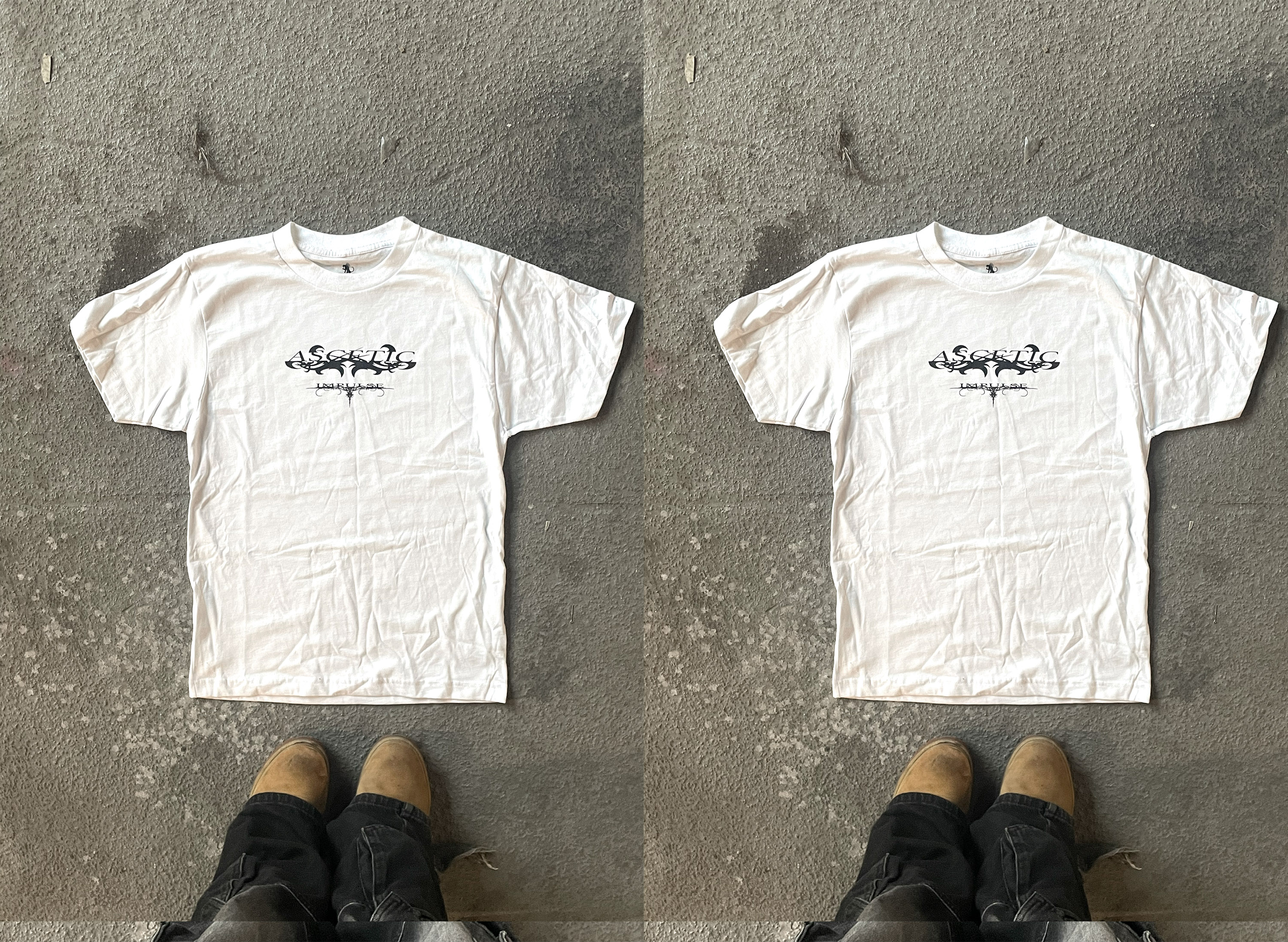
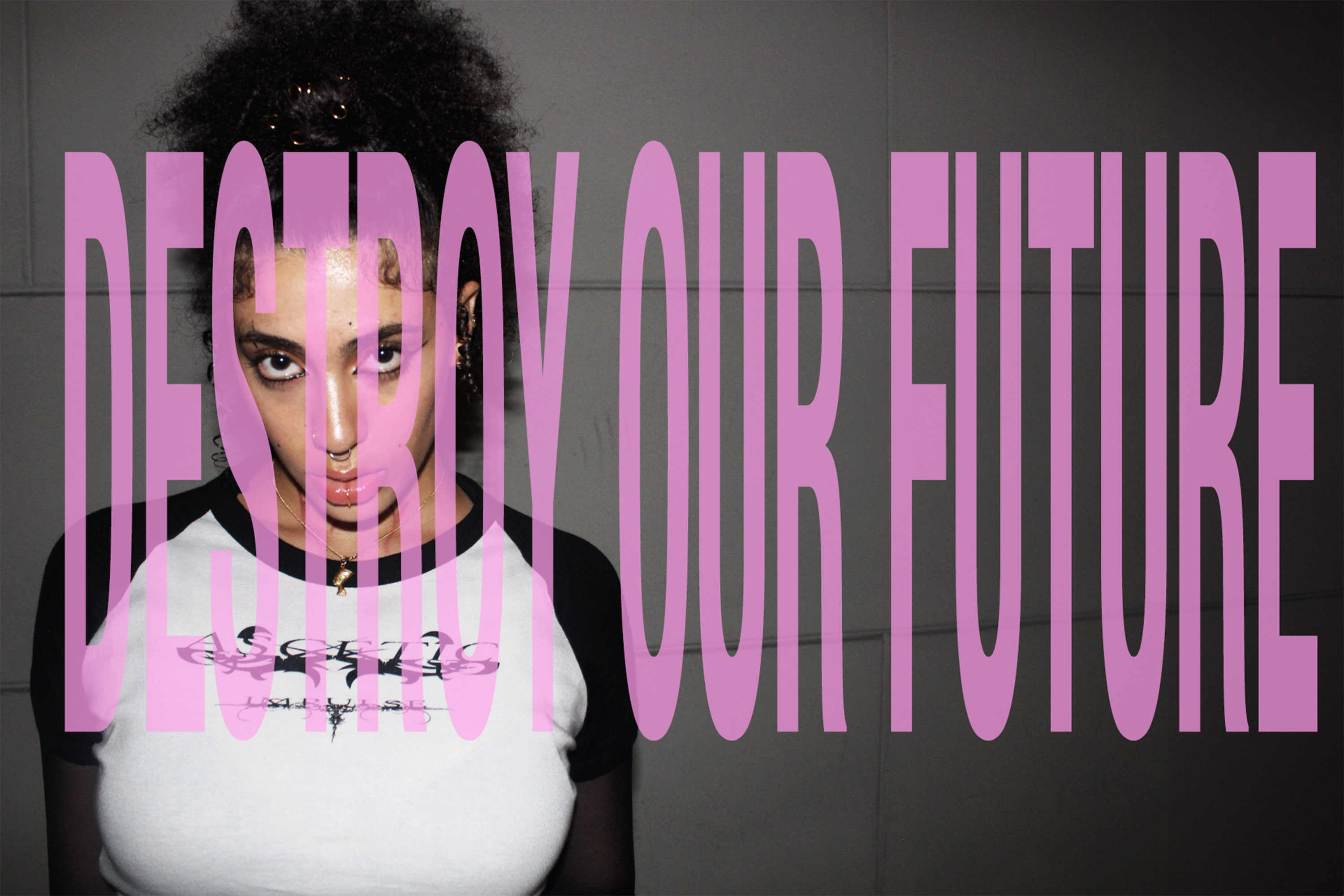
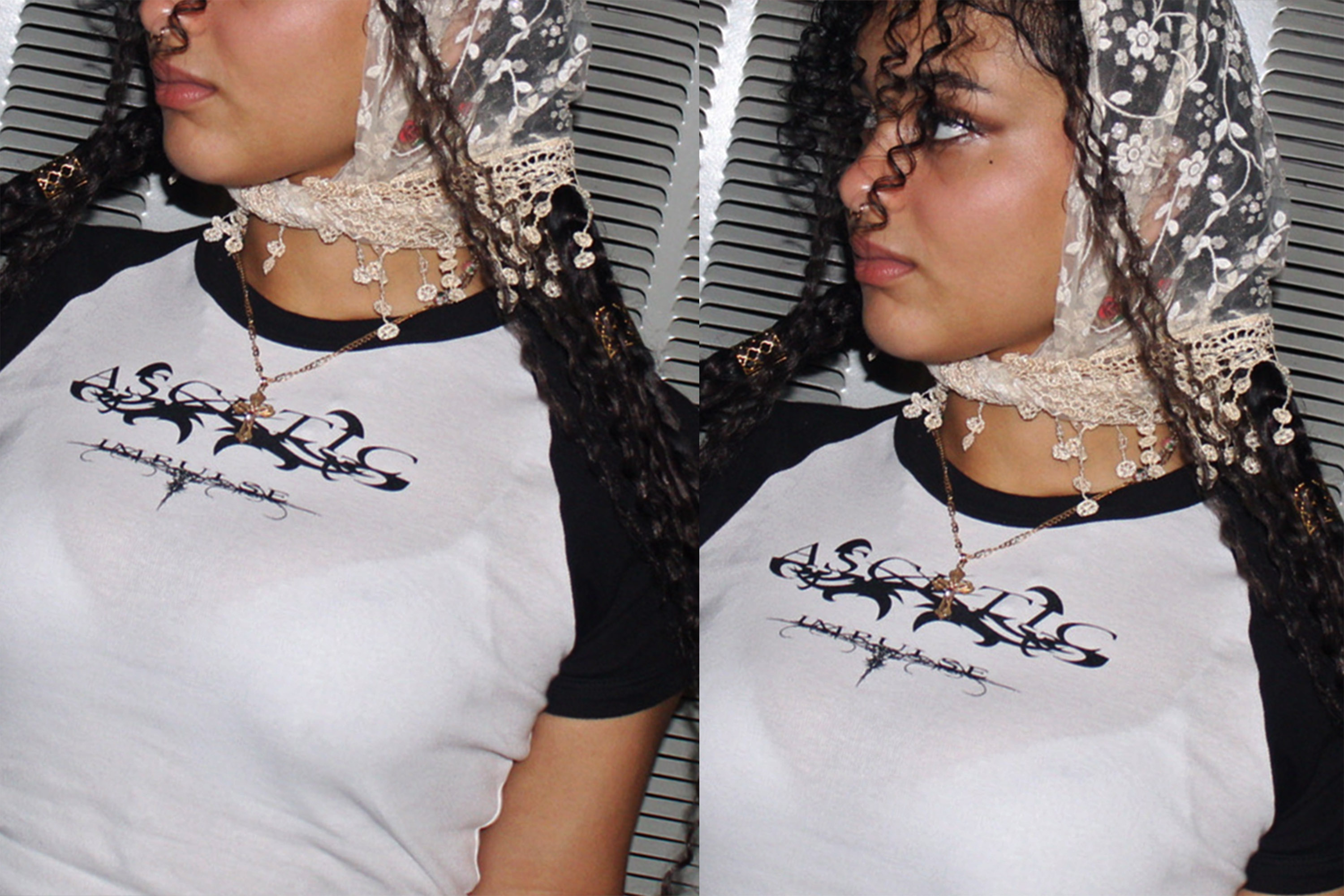
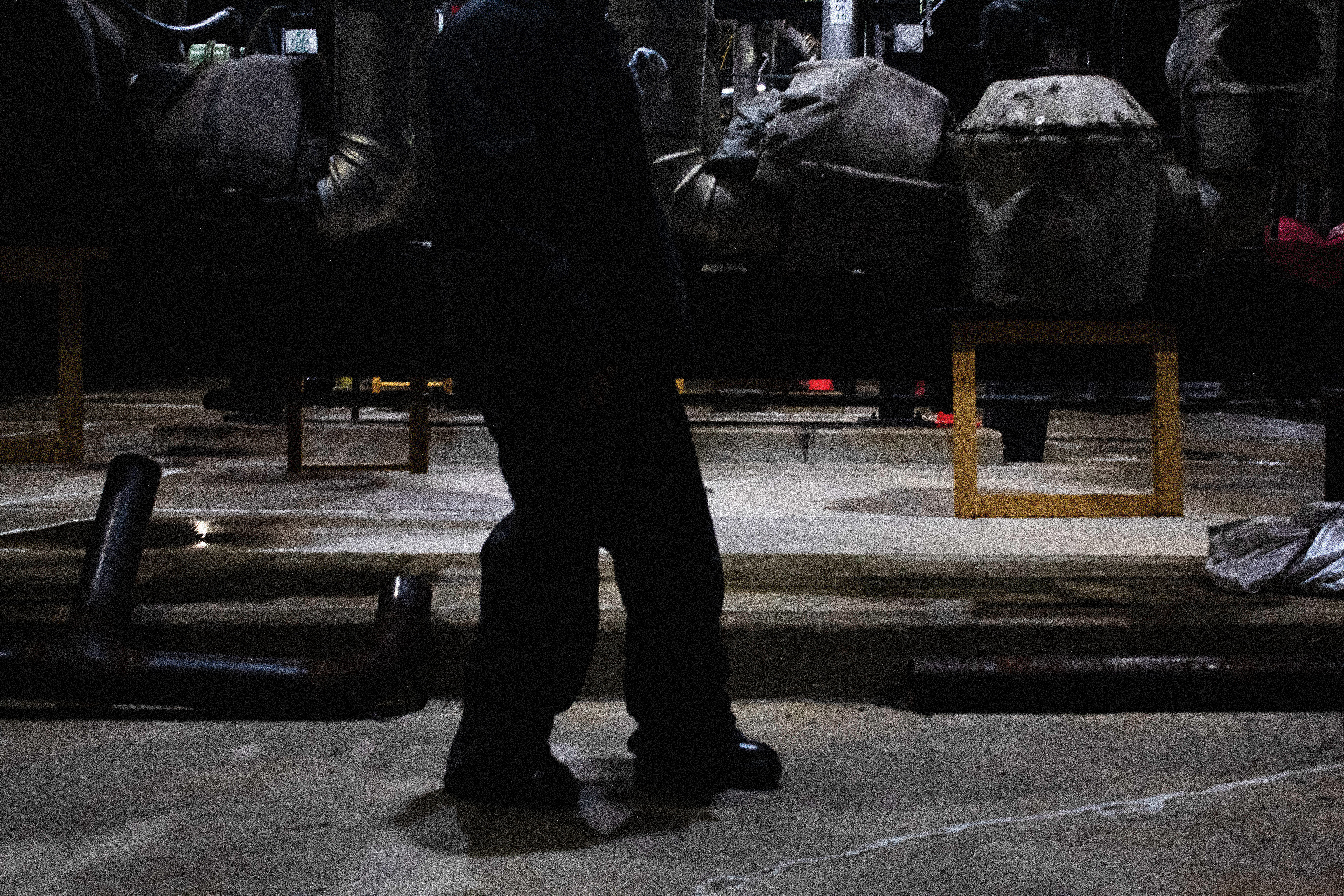
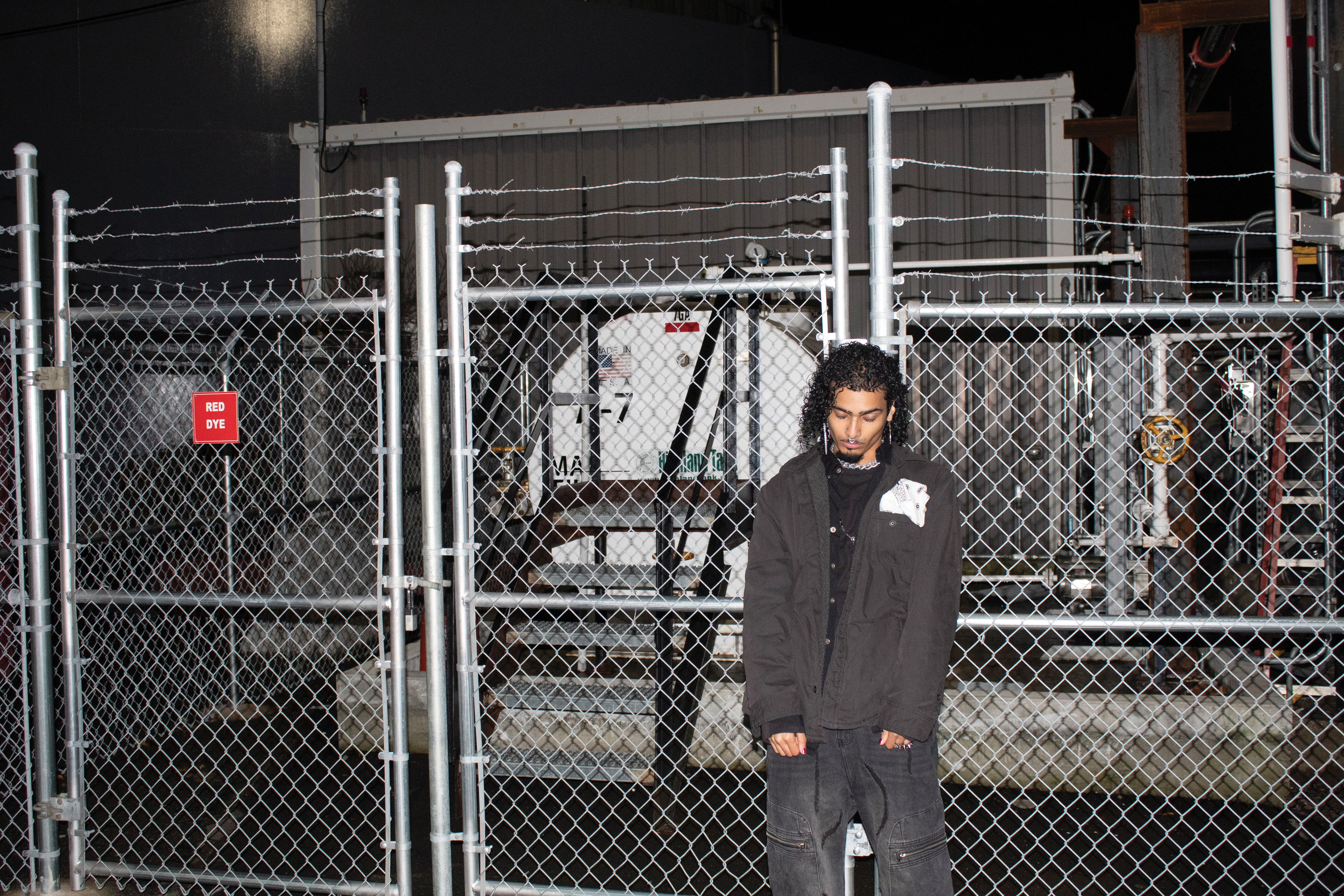
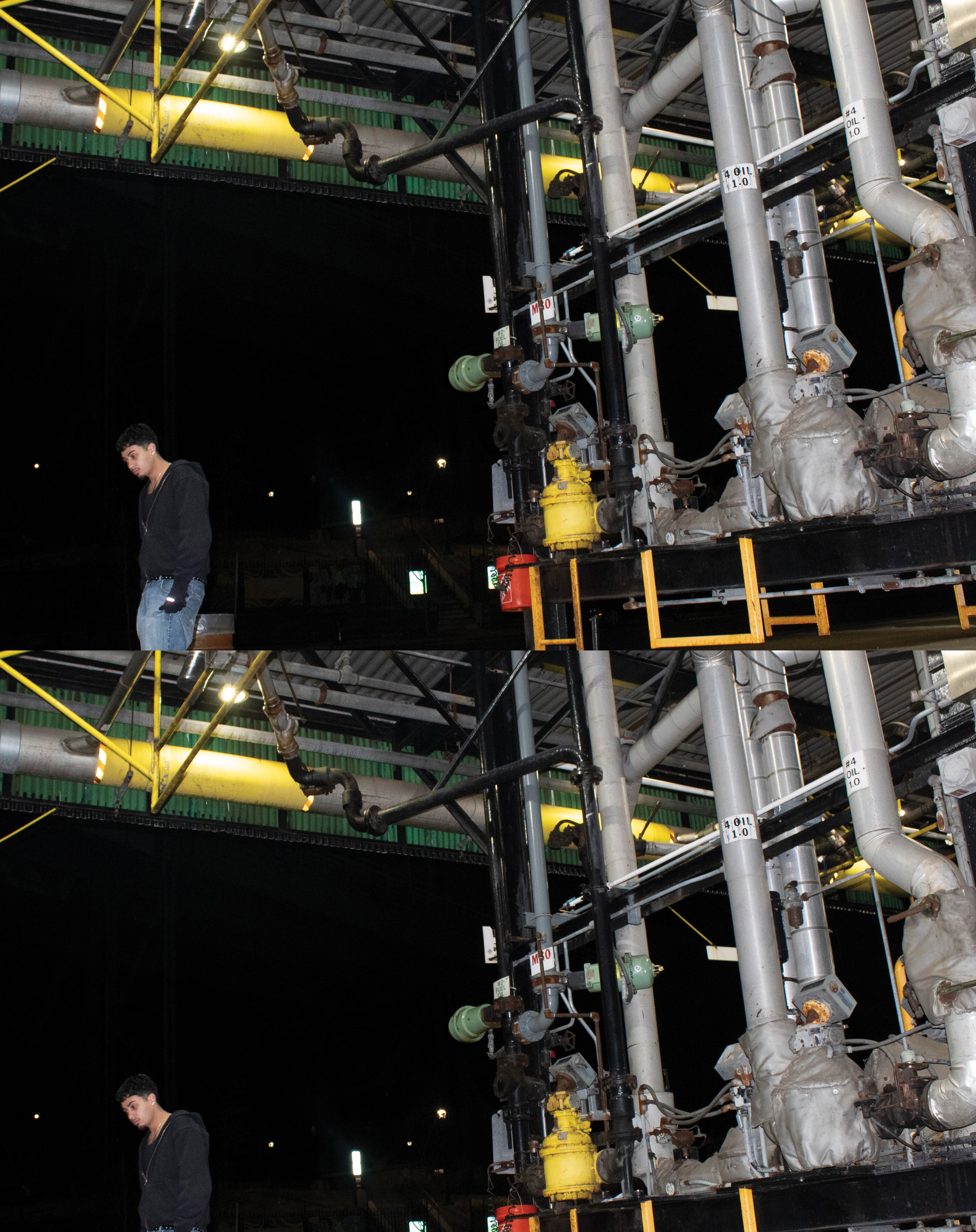
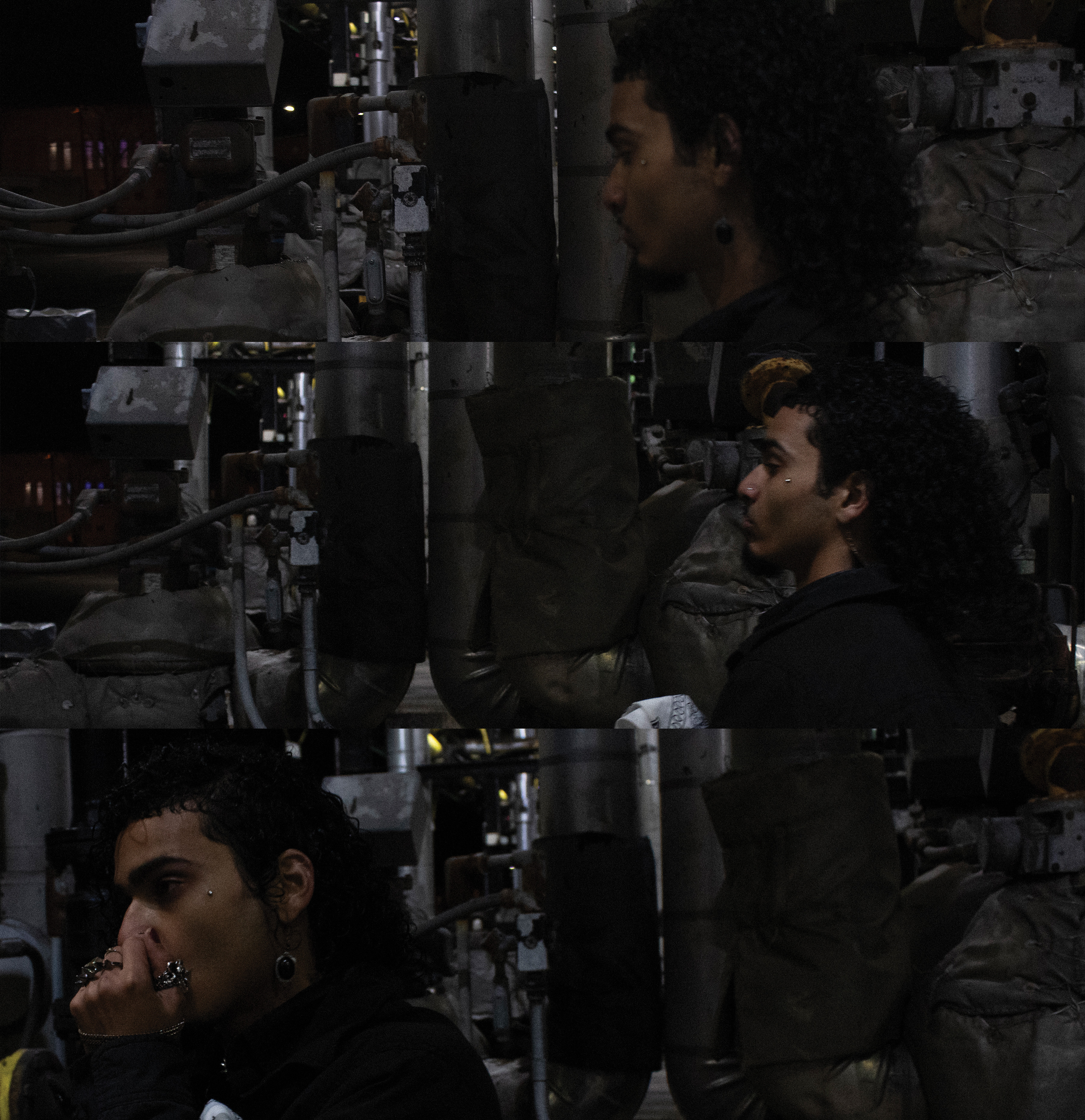
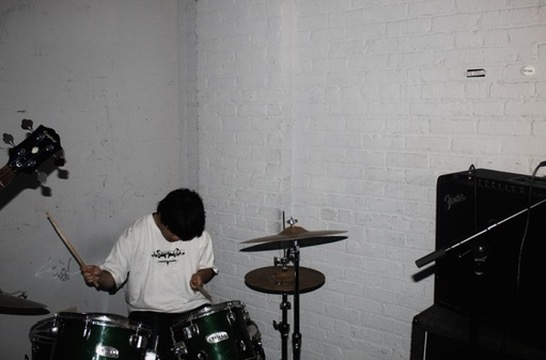
“Love Me, I’m Vulnerable” explores my relationship with heritage, pushing me to embrace vulnerable parts of myself and my history. Born to a Puerto Rican mother and a Honduran immigrant father, my roots carry a complex history of resilience, displacement, and survival. Curious about how those histories shaped me, I’ve explored their impact on my creativity and the broader Hispanic American experience across generations. Latin American design is often absent from the Western canon, dismissed as lacking “influence,” yet Hispanic culture has long produced impactful visual languages. Patterns, forms, clothing, body modification, and adornment all reflect spirituality, virtue, Catholic influence, and European aesthetics. My research highlights how design, art, and cultural practice intertwine with history, community, and identity while continuing to shape the present. This work will take form through jewelry, original looks, and branded pieces that embody this language. Blending Catholic romanticism, gothic letterforms, Hispanic American fashion, and the body as a canvas rooted in pre-Columbian traditions, my brand Destroy Our Future reflects this evolving identity.
